A top 5 GOAT no one was expecting. A higher cadence stability shoe, with the perfect blend of new age foam and older reliable durability where you need it. A shoe that can run a sub-3-hour marathon or 100 miles a week.
I don't say this lightly. There aren't many running shoes I have picked up over the last 15 years and gone, "bugger me, I would change nothing about this. Congratulations, you have nailed it". I truly believe this about the Saucony Tempus.
Our industry is in a period where everyone is afraid of what everyone else is doing. Rather than looking at what they want to be. The Tempus (and Saucony in general), as well as Brooks haven't caved to outside pressures, not making all 16 of their shoes the same, and more power to them. My biggest problem (not to turn this into a rant) is that most brands are so worried about the customers they aren't servicing or what they are missing out on rather than focusing on what they have and then building on those foundations.
By in large the issue with stability shoes has been that they are heavy, hard, and uncomfortable. Even the word "stability" has been thrashed around and flipped on its head to a point where I even questioned what it meant. The Tempus addresses those issues without sacrificing key features, durability, and comfort.
The shackles came off when the patent expired off the Adidas Boost material and the way it was manufactured. Talking about one of the most durable midsole materials (E-TPU, expanded thermoplastic polyurethane), finding a workaround for the rotting problem and mass producing it. The only downside to Boost is it was so damn heavy. So either there were minimal amounts of it to keep the shoe light (minimal stack) or lots of it and it was heavy. Great for bigger runners but not for those with a higher cadence and lighter on their feet.
With the advancement from TPU to TPE or PEBA they halved the weight of boost and termed it PwrRun PB. We then had a highly responsive and high-energy midsole material. The one downside is the density is very soft (35 durometers on my external shore reader) the softer it is, the less stable it becomes, especially when moving at training speeds.
Once upon a time, brands made shoes based on the foot behavior of the end user, they used features to help fight fatigue and poorer gait mechanics while changing materials so uneven movement patterns meant the shoe wore down somewhat evenly over time. Now it seems we are so concerned about in-store feel we've forgotten what the shoe will look and feel like at 200km.
This is where the magic happens for the Tempus. When we talk about creating stability. We are talking about slowing the rate, limiting the range, and controlling the duration of excessive (relative to the individual) "pronation" (for want of a better word, I know it's crude but just go with it) of the runner. There are a bunch of ways to TRY and achieve that. Whether it is creating a theoretical "mountain" to roll up, using firmer materials under the medial side of the foot, flaring the midsole, or use of a rocker. Each of those has its place and will work together to make up for any weaknesses in the runner. The Tempus uses all of these features. It's thoughtful but not overthought.
Saucony has gone with a two-density and two-material midsole. This is smart, the higher pressure areas of landing and take-off are made with the highly durable and responsive PWRRUN PB. This makes the shoe feel soft and bouncy. To create stability the foot is in contact with a firmer (48.5 durometer) EVA-based foam. A thin layer around the heel, a larger foot-to-ground contact piece under the arch which is beveled across the lateral side (think 4wd suspension), and then ground contact in the forefoot which creates a stiffener along with semi-aggressive toe spring and a rock-like feel. The filled-in waist means there is always shoe available depending on the runner's fatigue level. The Forefoot is accommodating and the heel has a good lockdown.
By using the PEBA foam the shoe is extremely light in its class, meaning it can be used for up-tempo efforts or those that are running 3-4 hour marathons and can't cope with the out-and-out racing shoes as well as an everyday training shoe for those with a quicker cadence, better GCT but still need some stability on the medial side. It also makes it durable, personally, I have been getting close to 1000km.
Dual-density shoes are not dead, they have worked for 20 years. Whether we can prove it or not. I know after talking to 10,000-odd runners a year. It works. Period. But what Saucony has done is fuse together proven (in practice) ideas with new-world tech. That to me is where the magic is. They haven't tossed the baby out with the bath water.
Practical, runner-first footwear.
You can shop the Saucony Tempus here
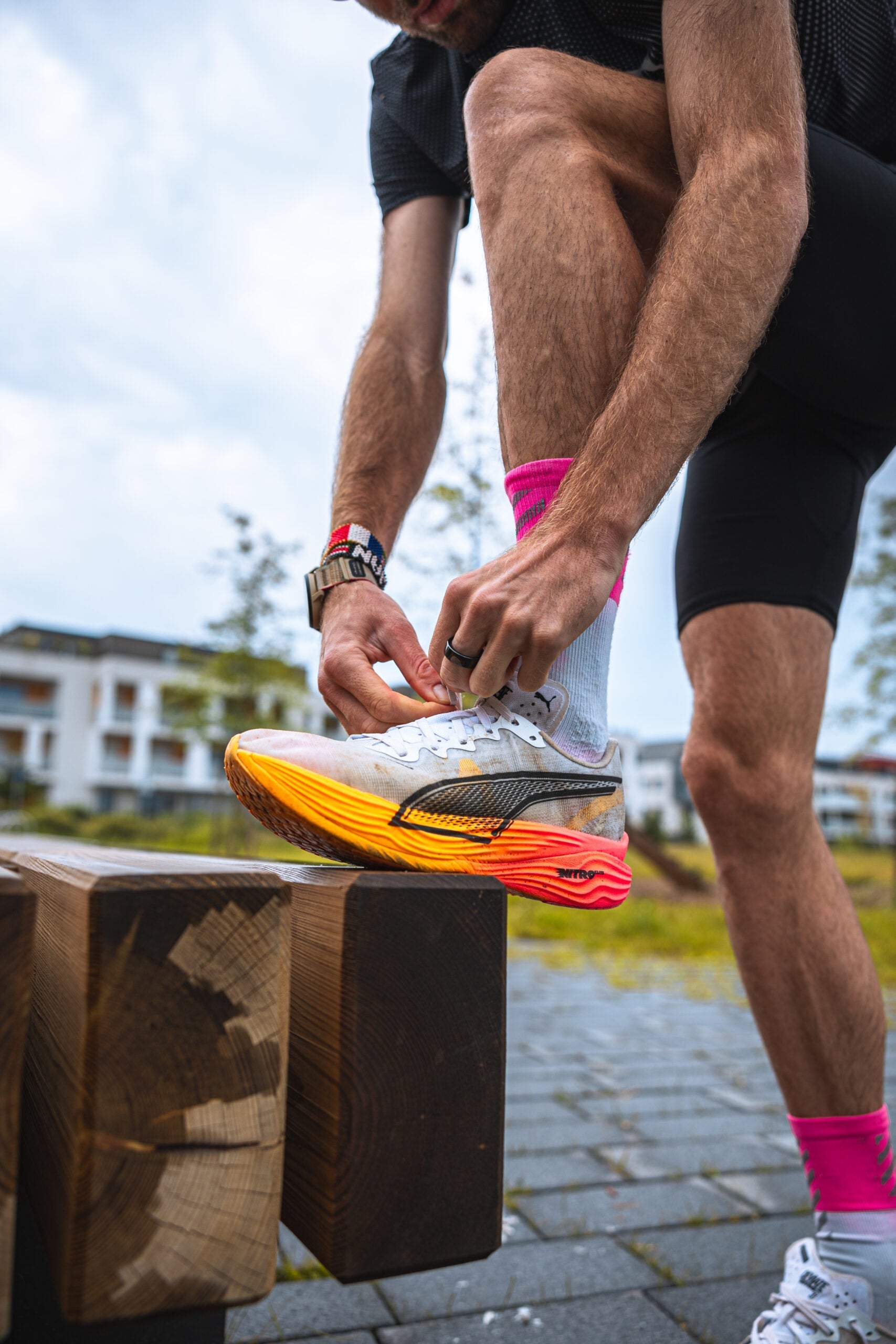

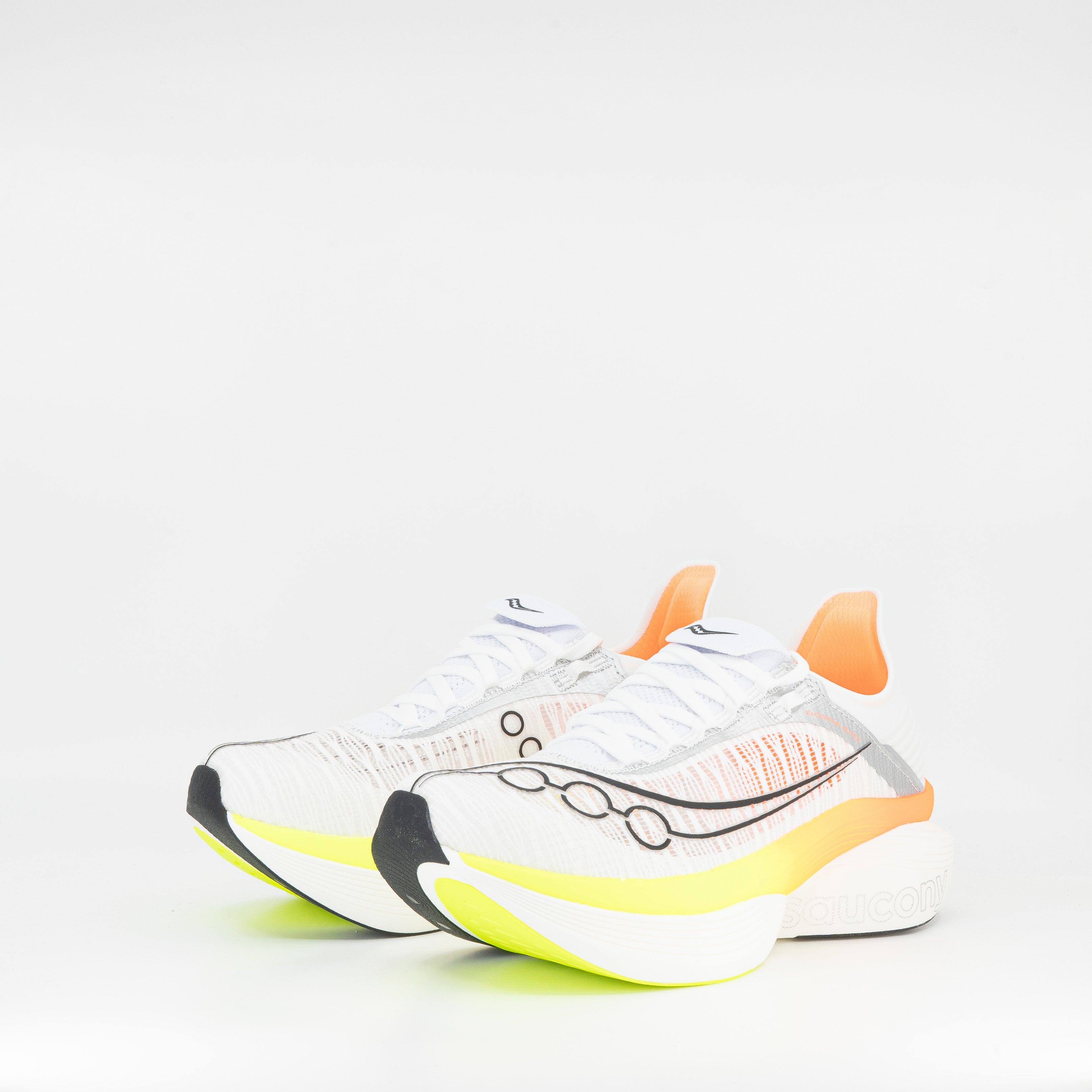
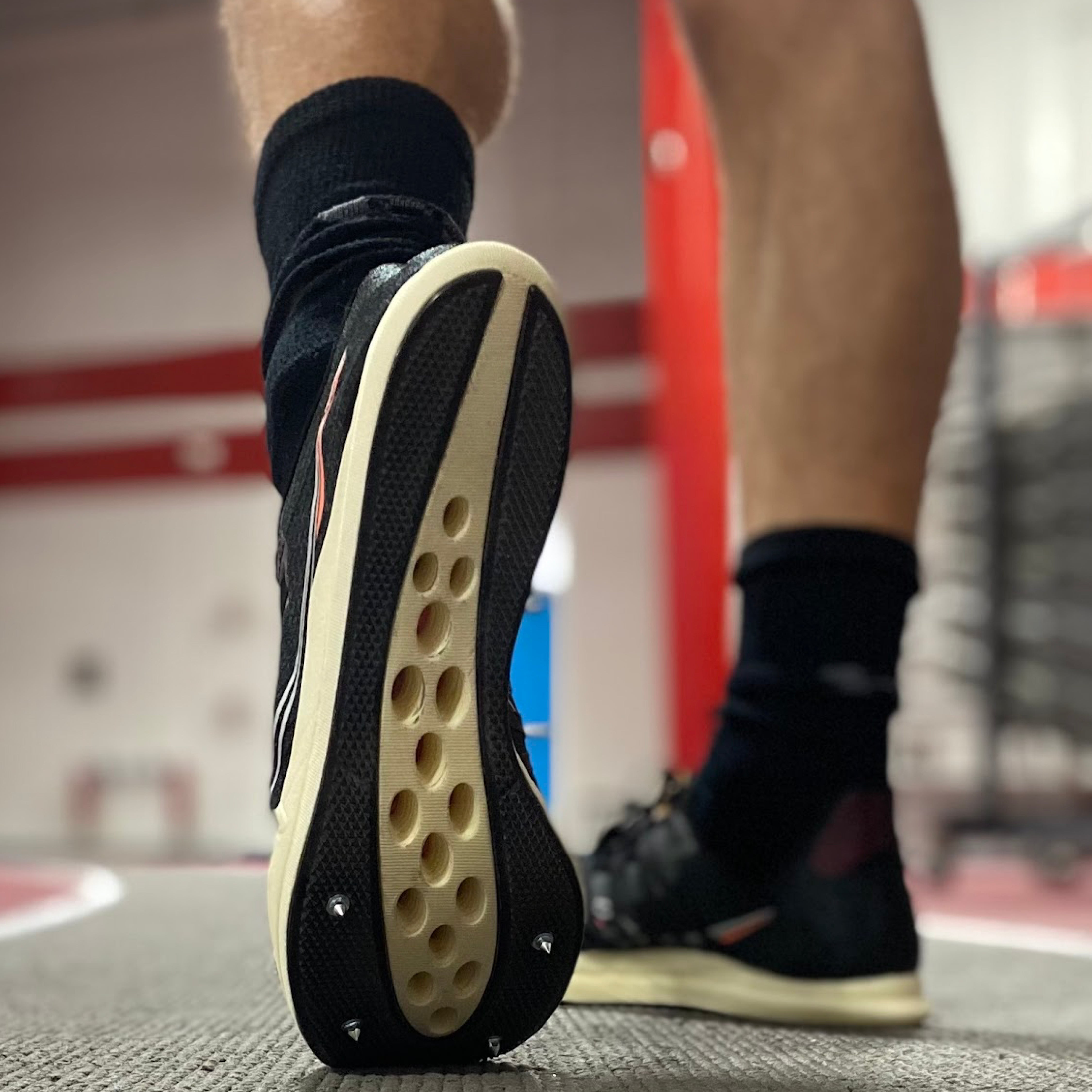
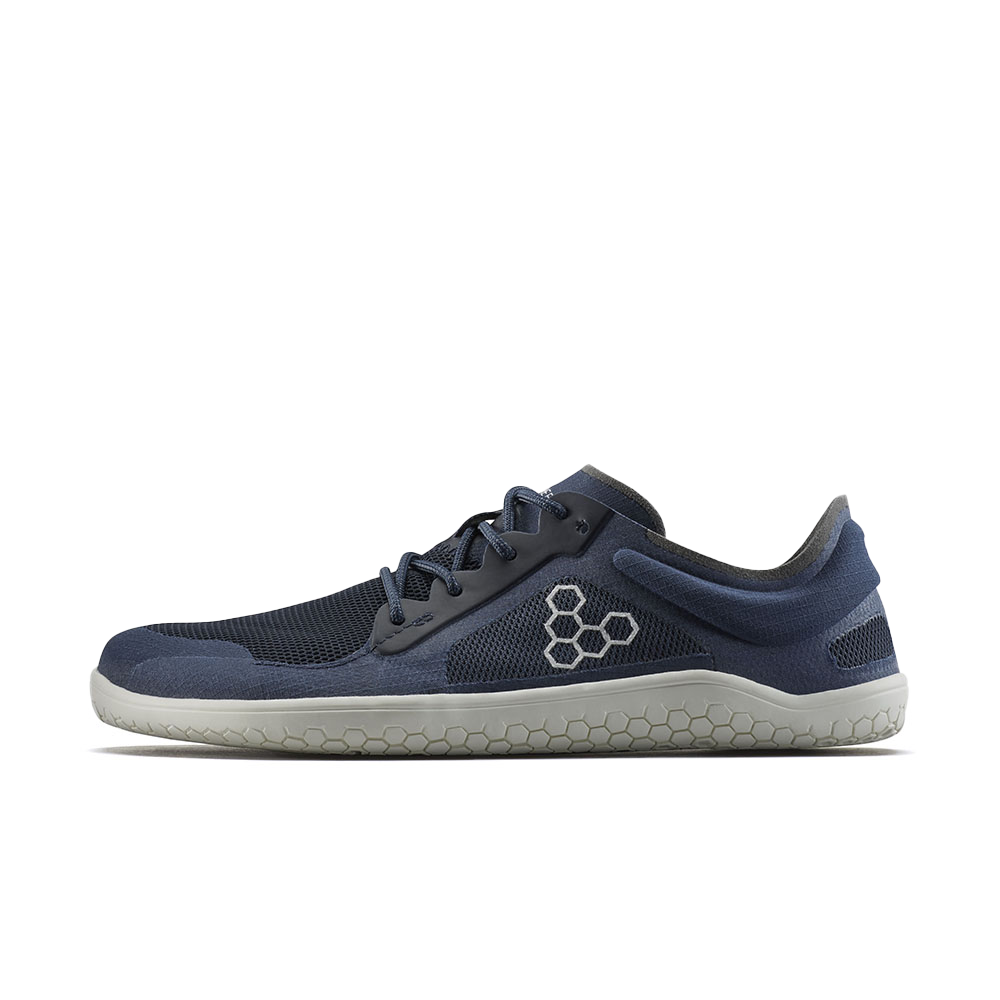

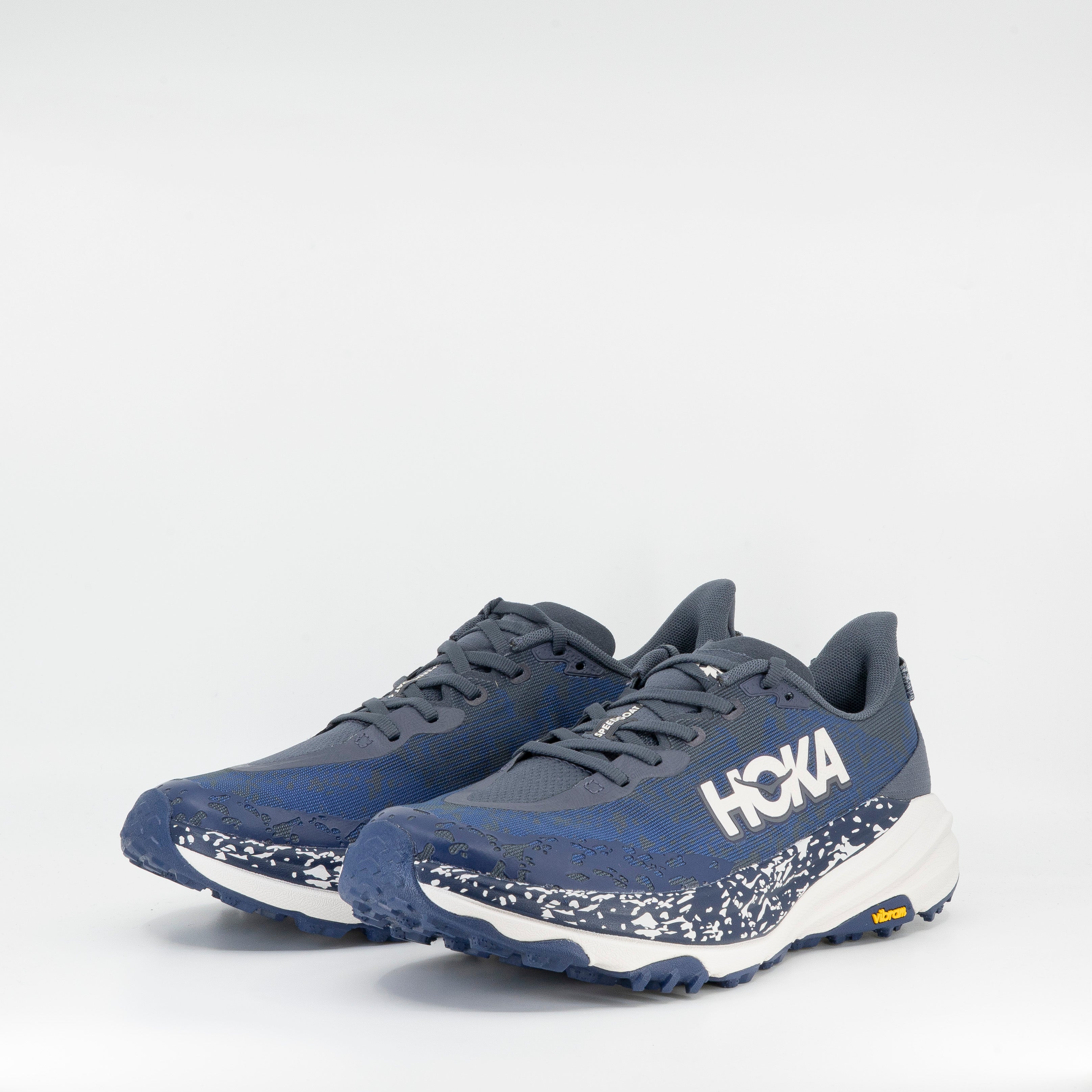
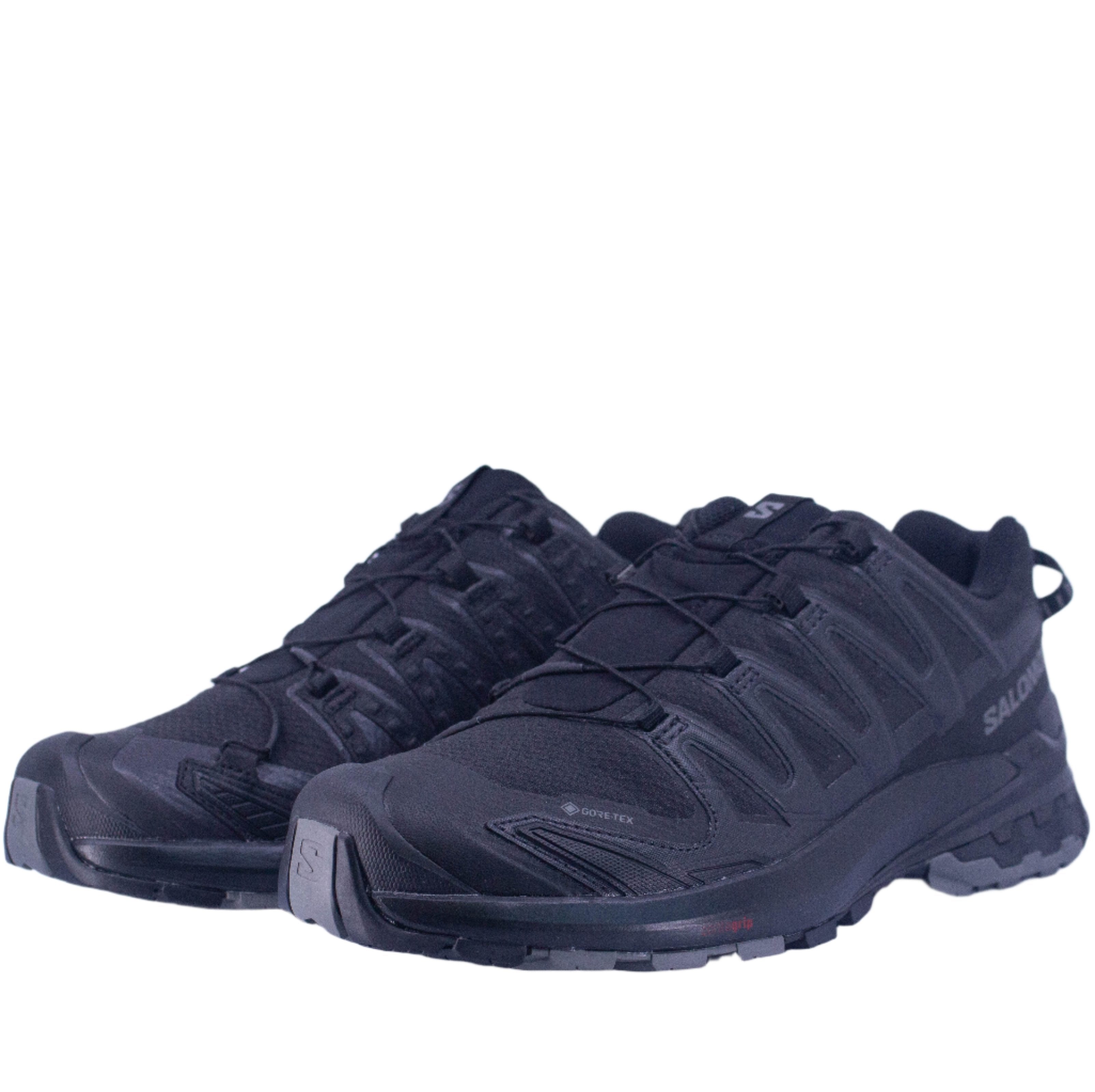
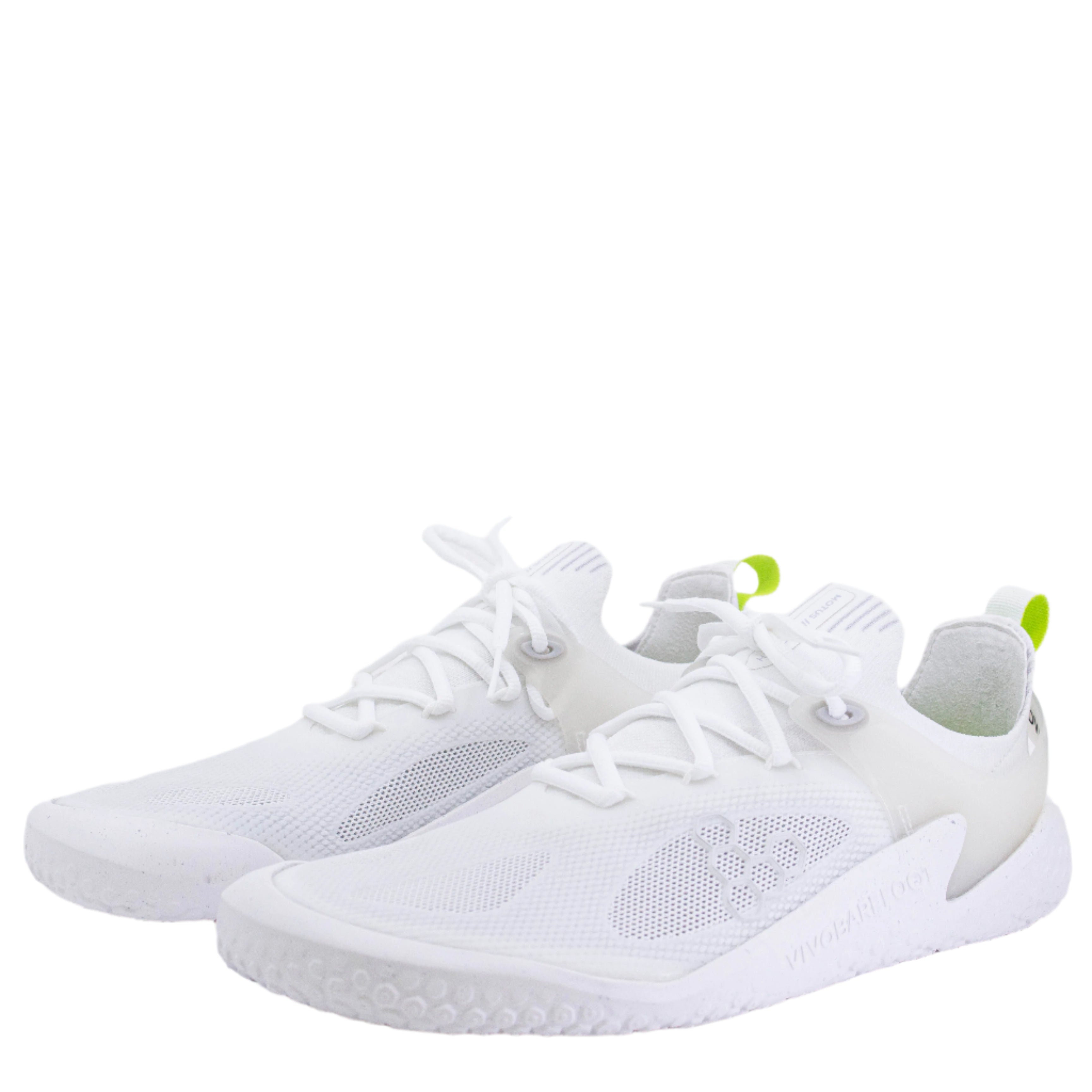
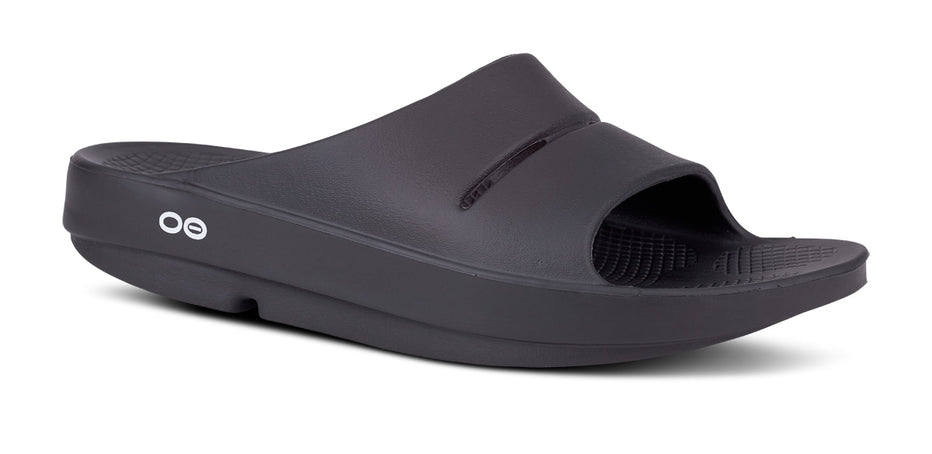
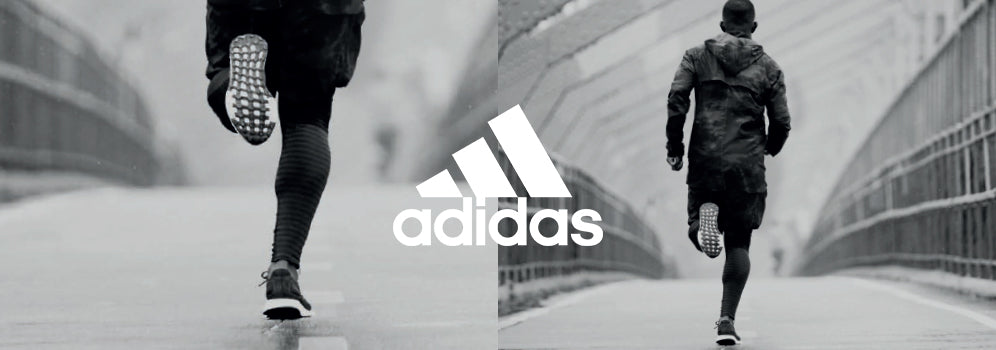

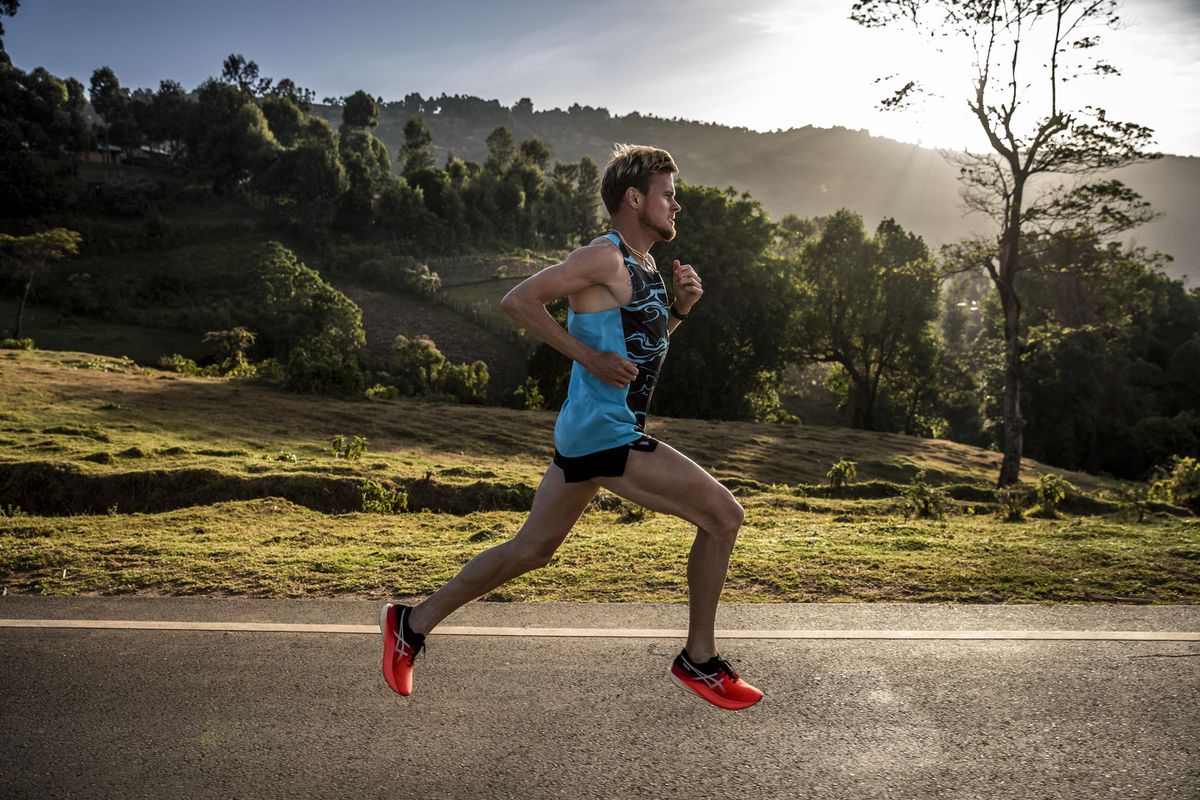

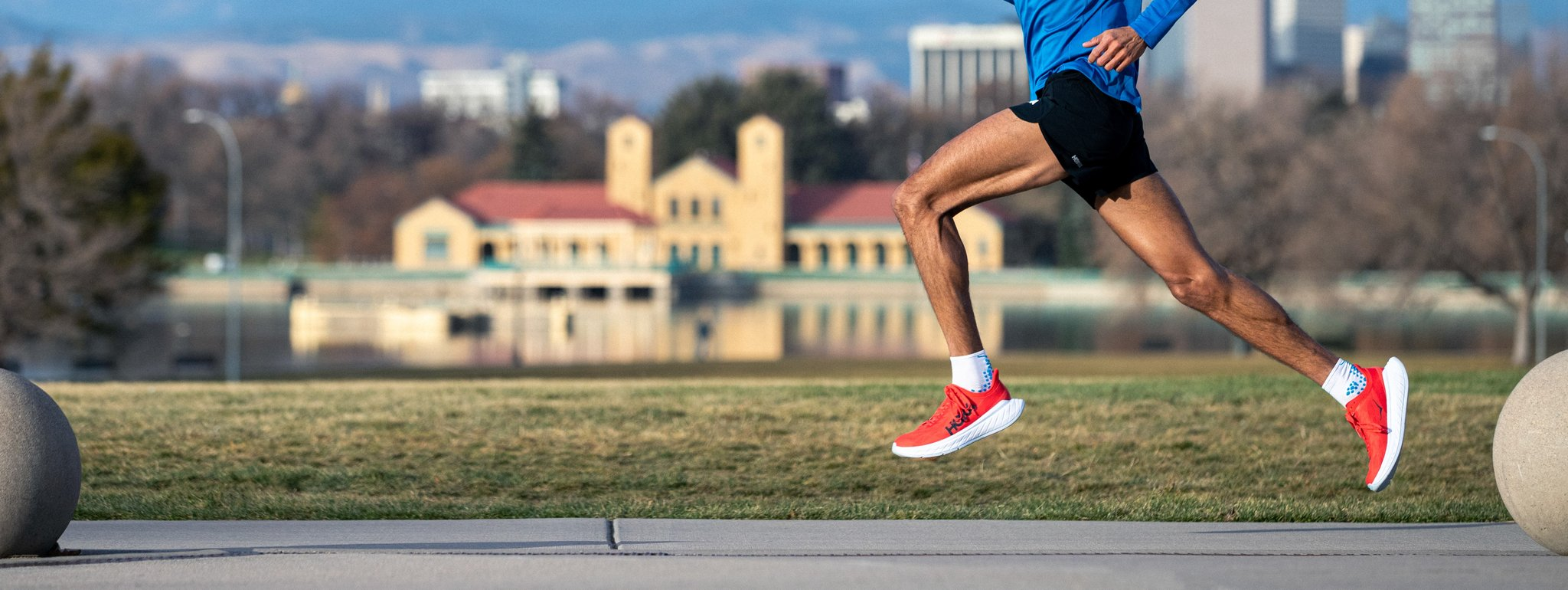

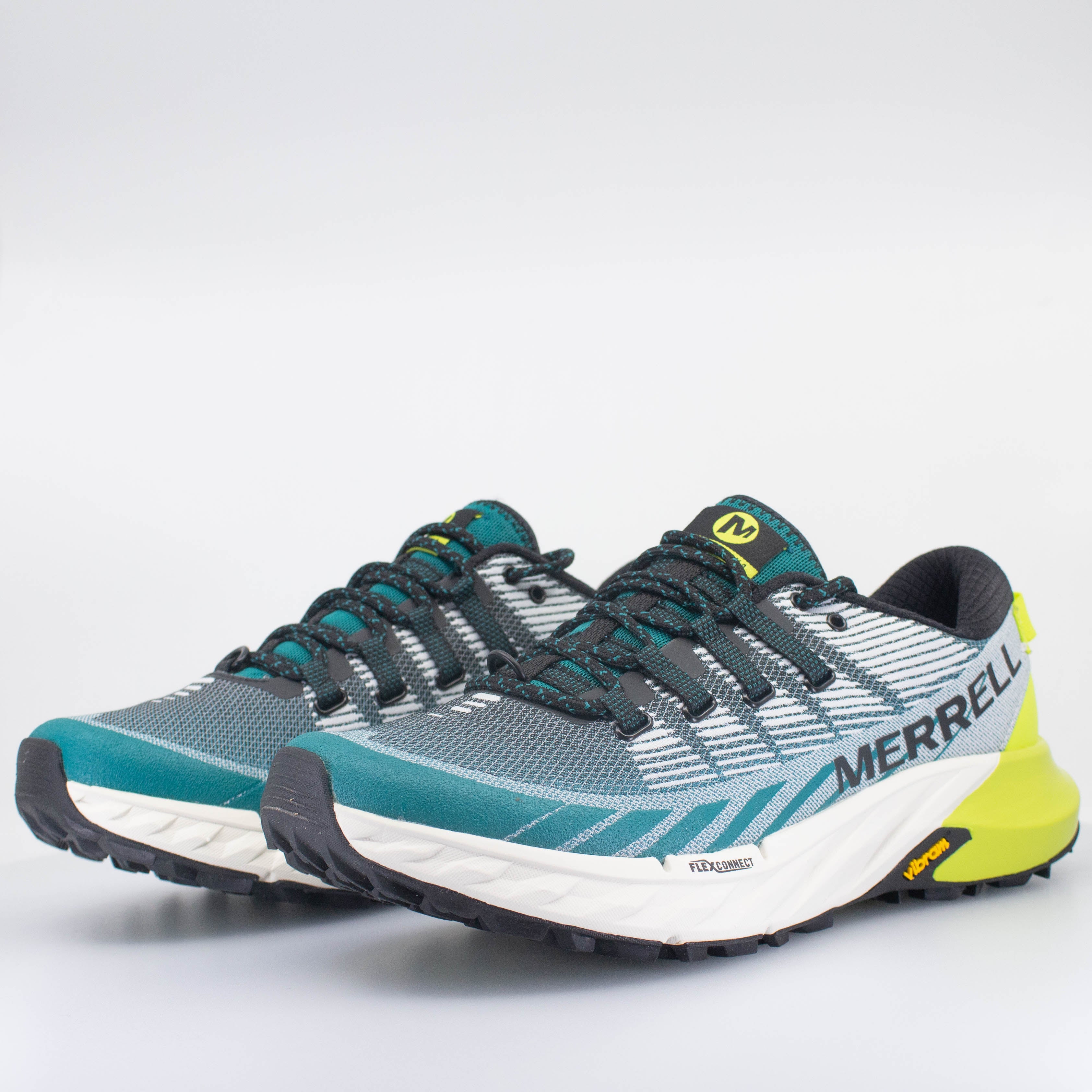
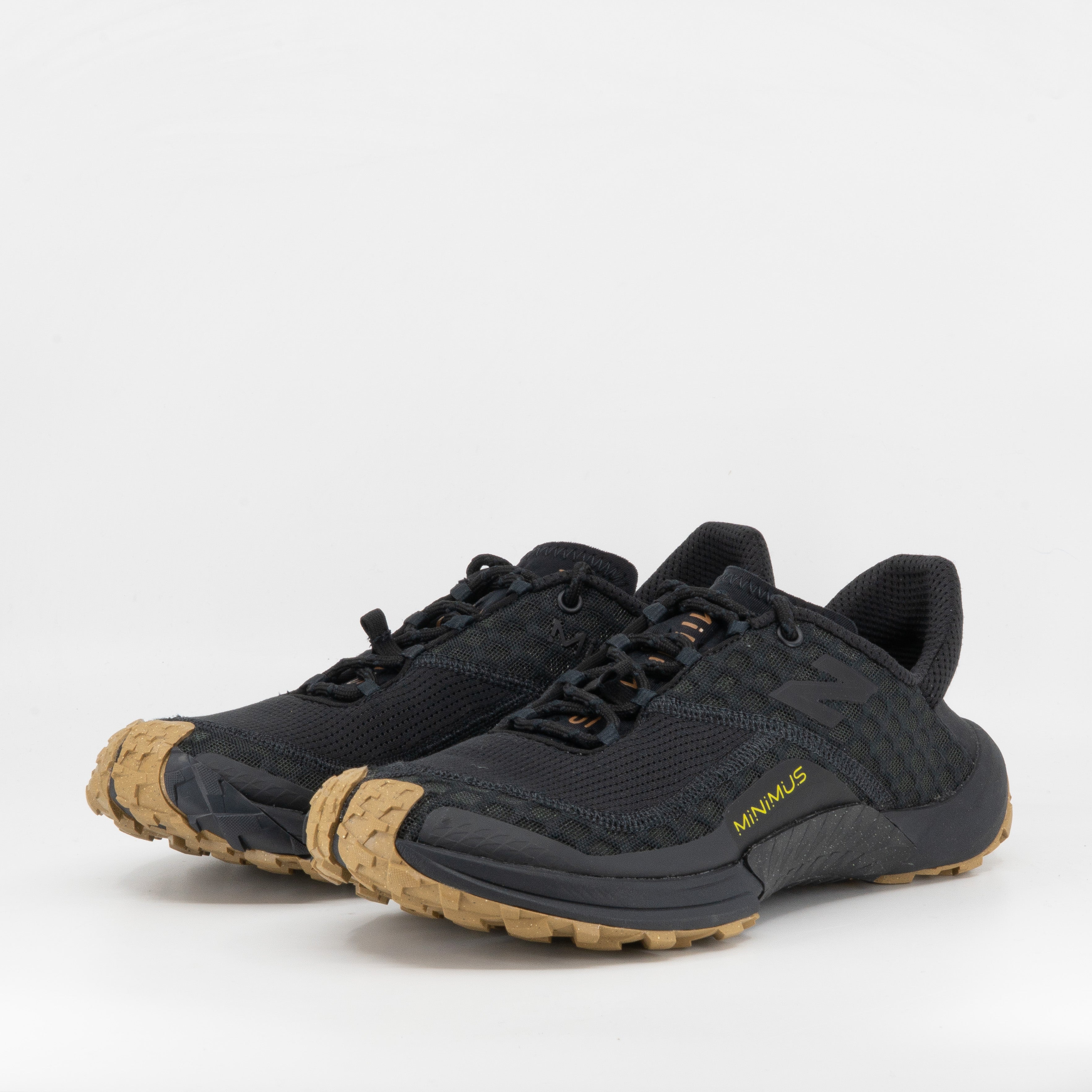
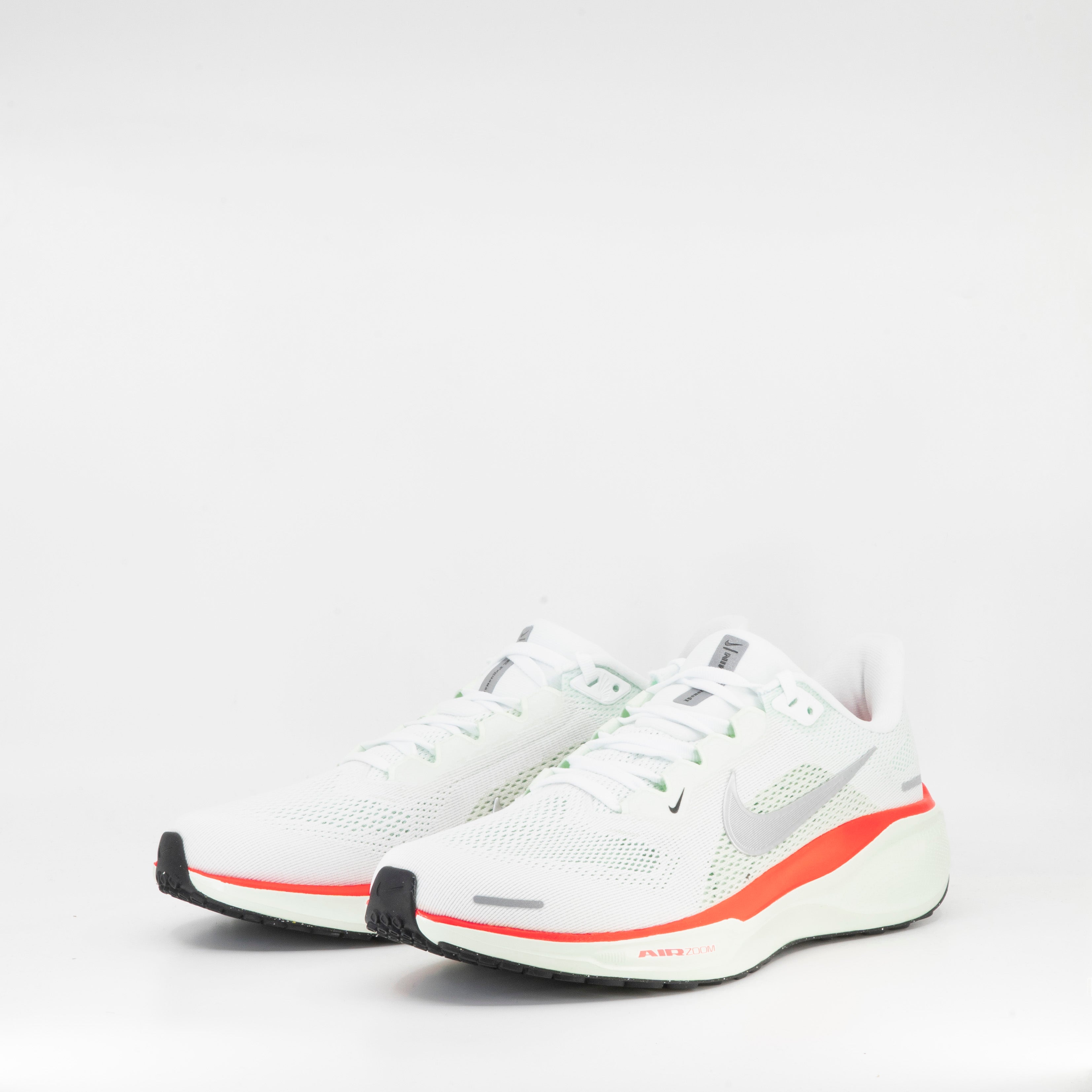
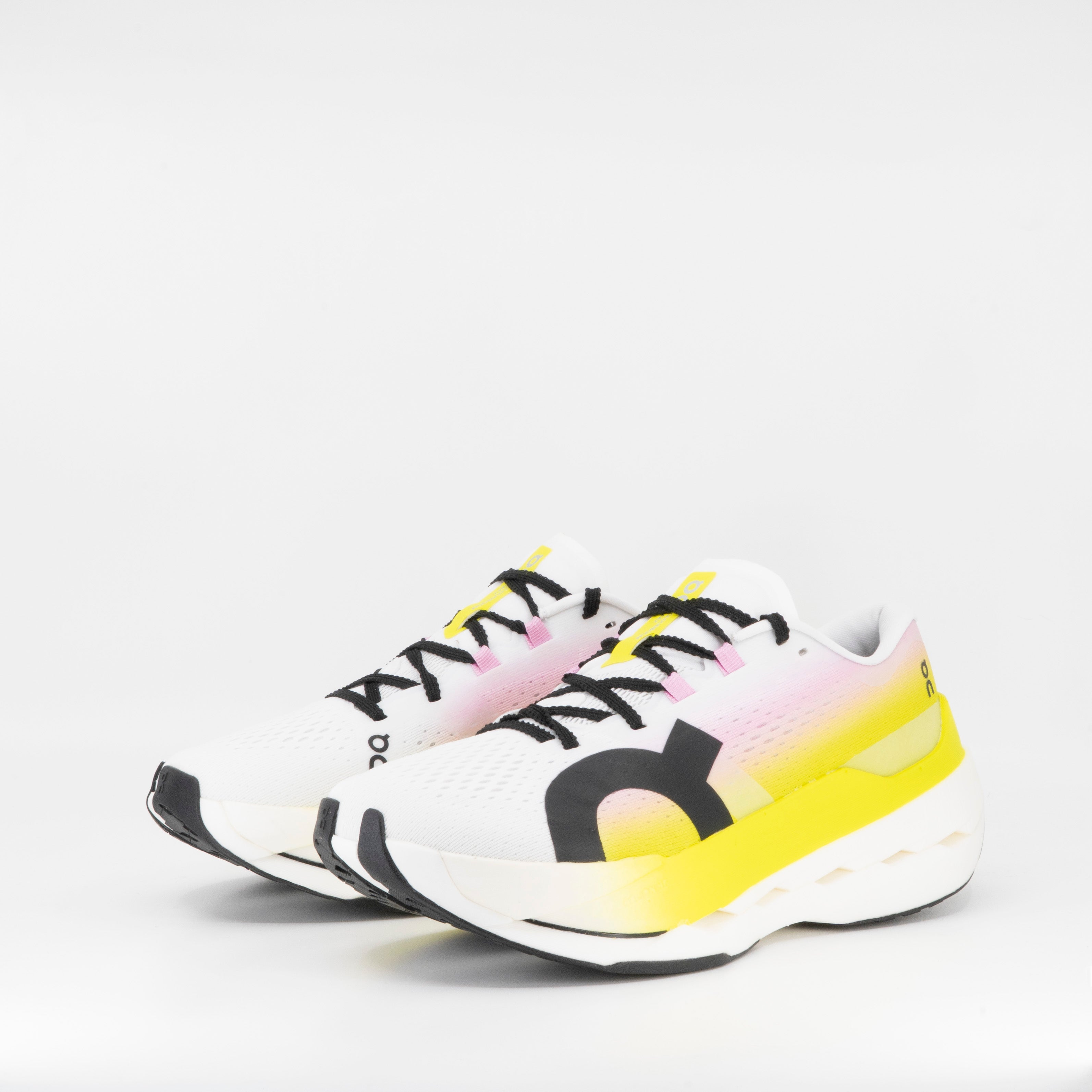
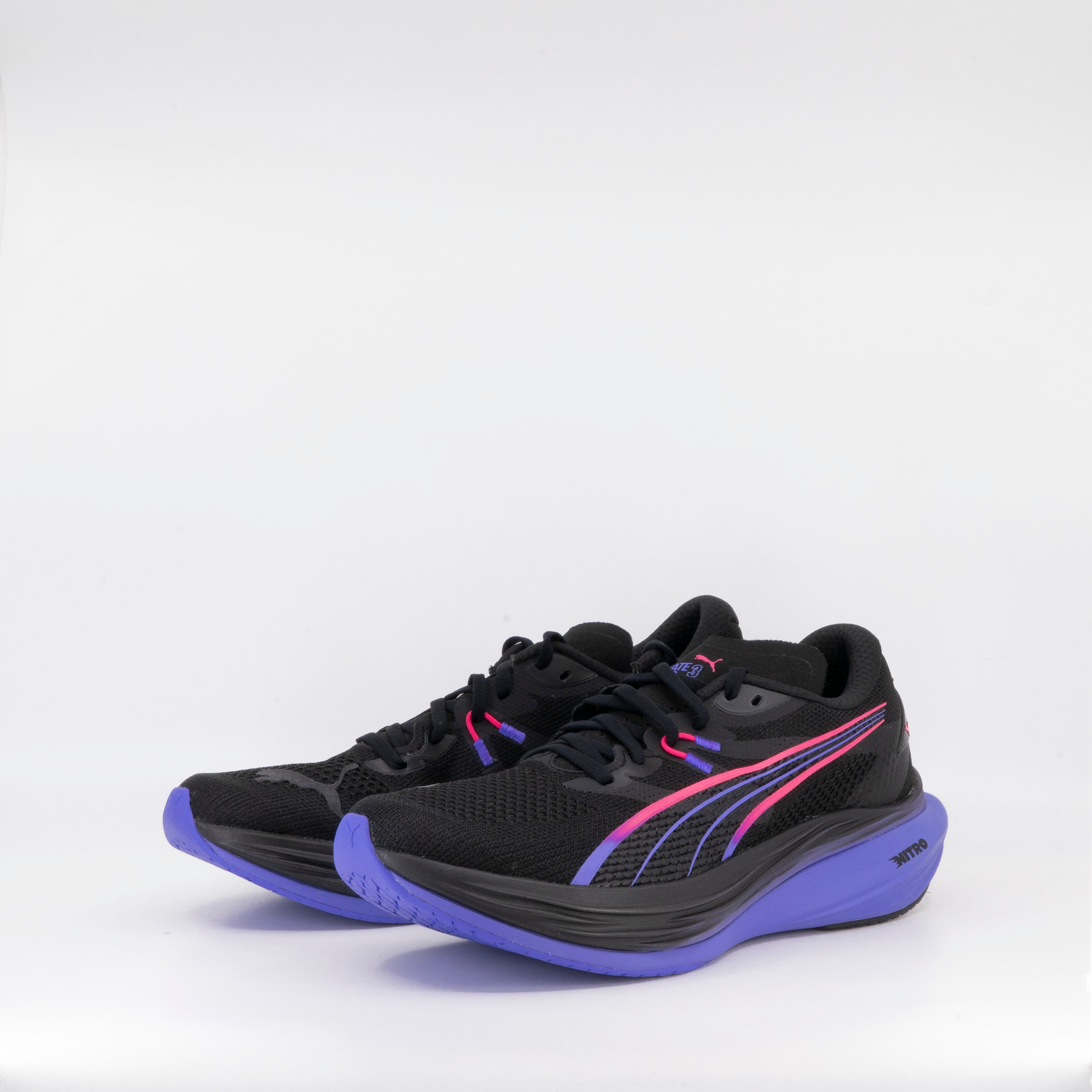
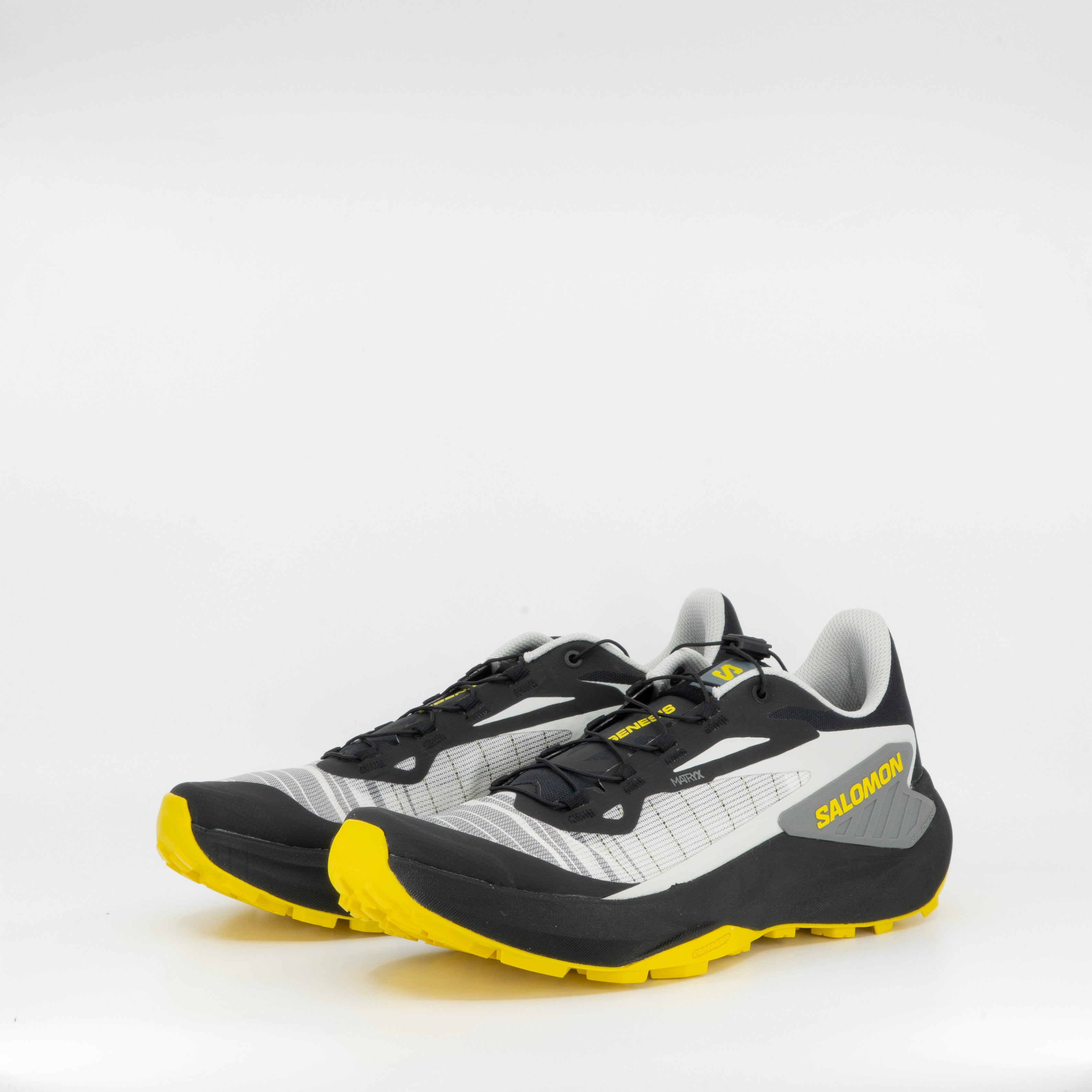

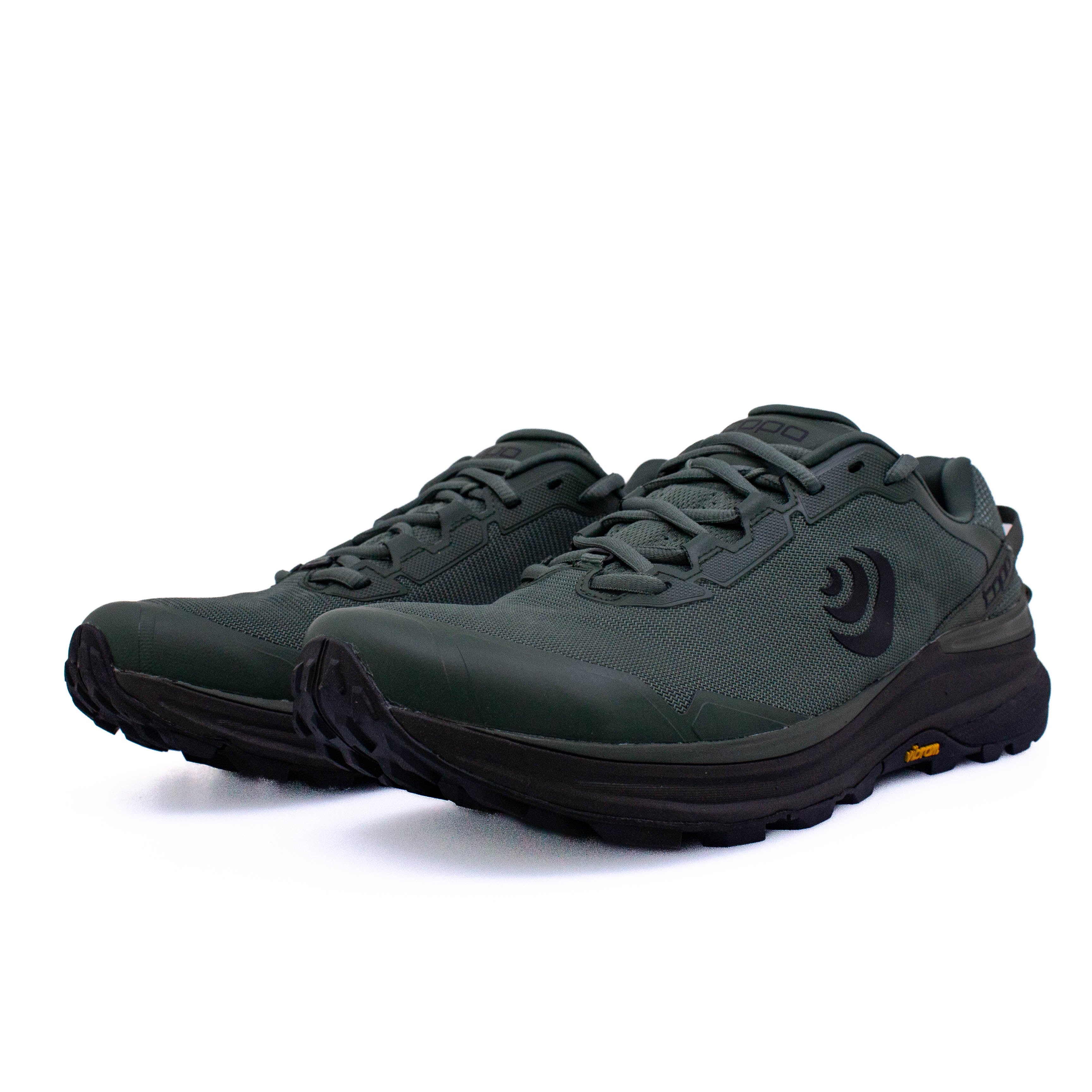
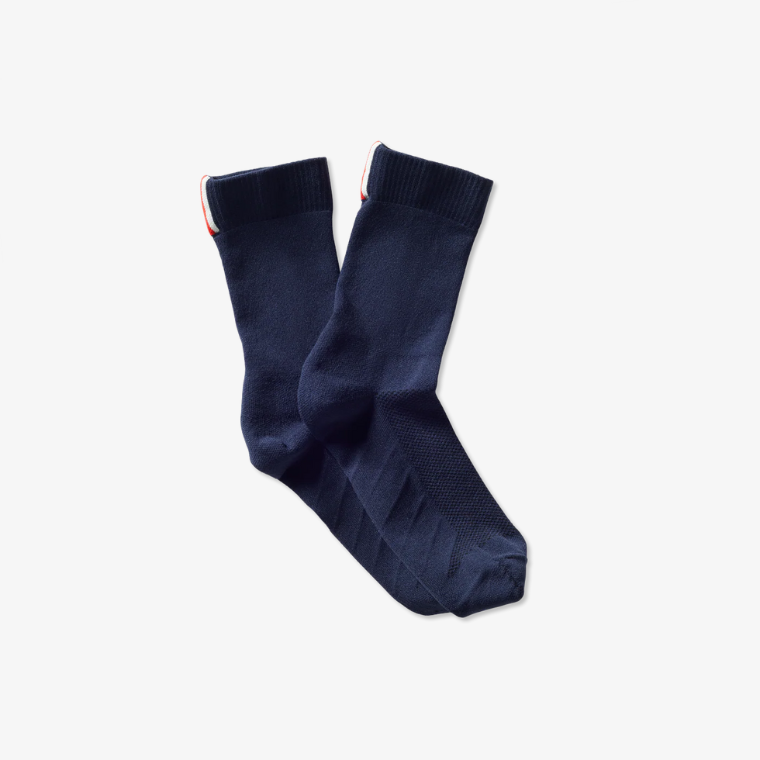
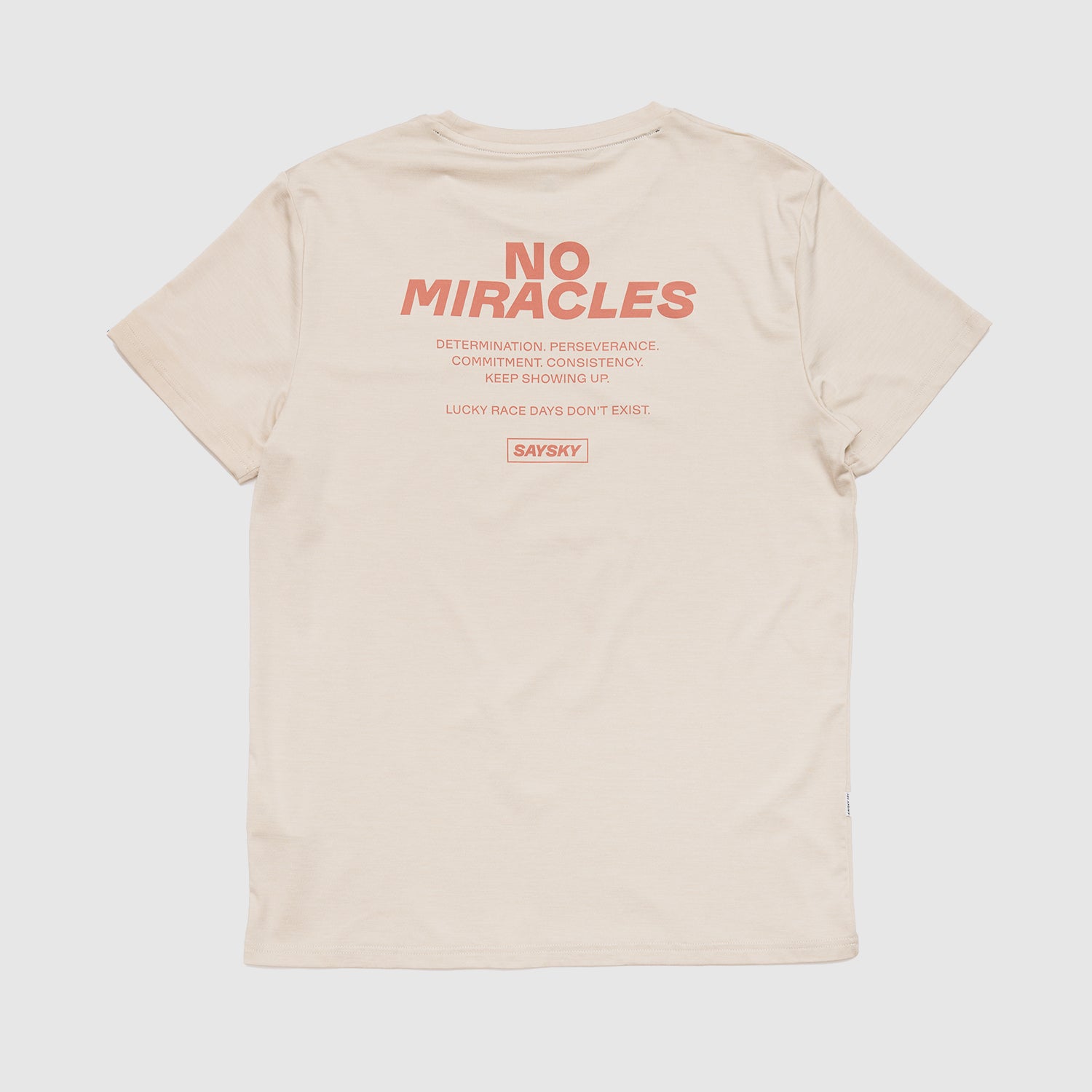
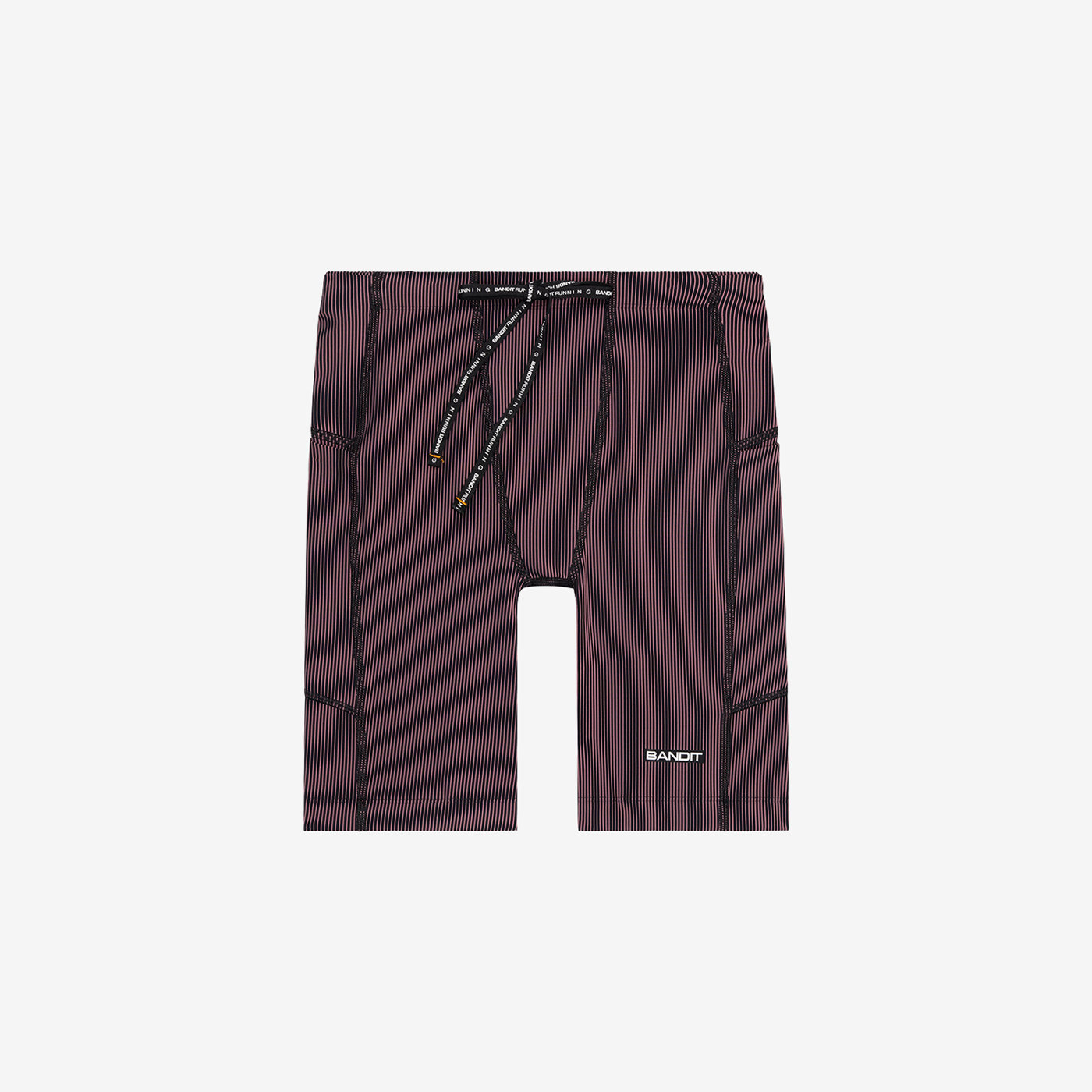
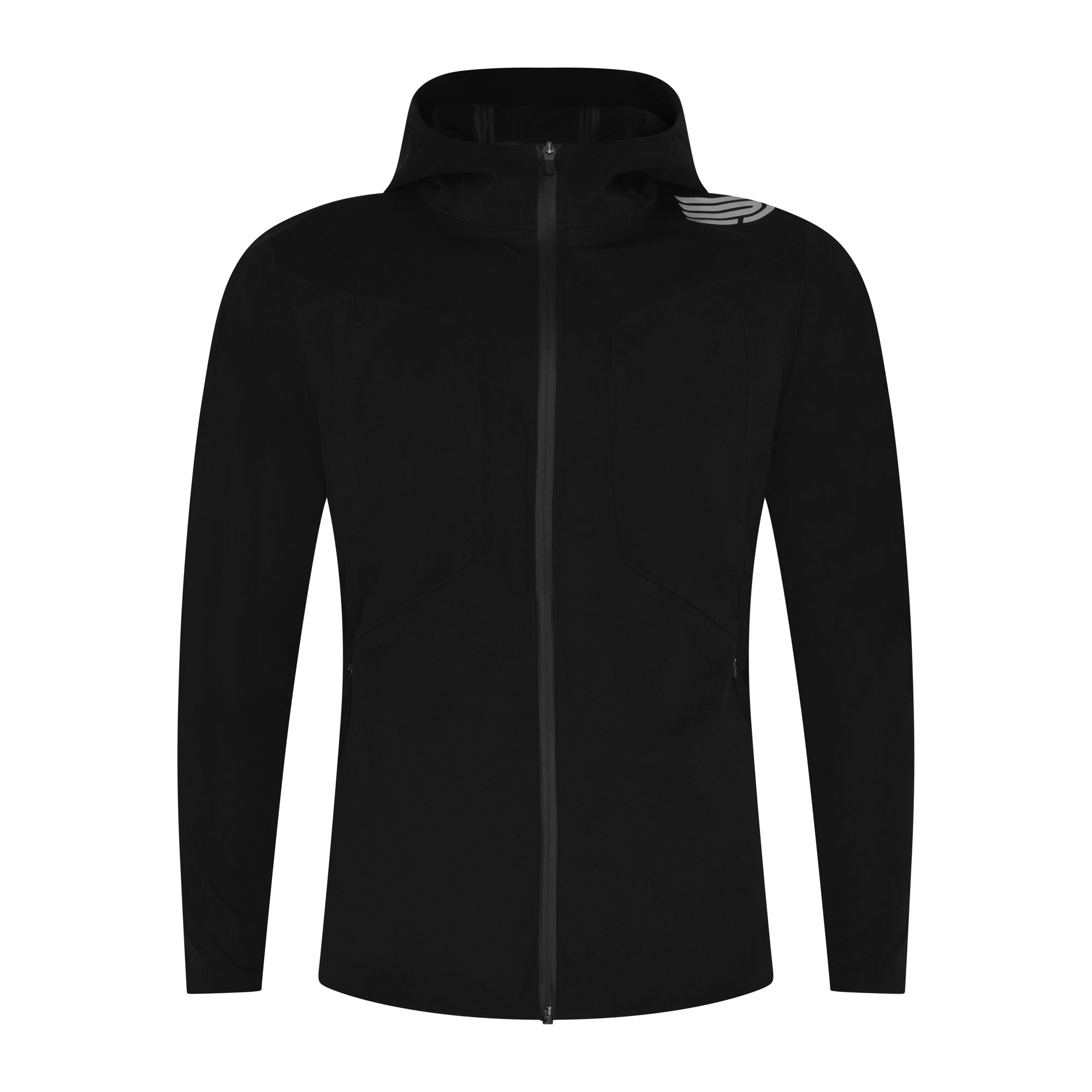
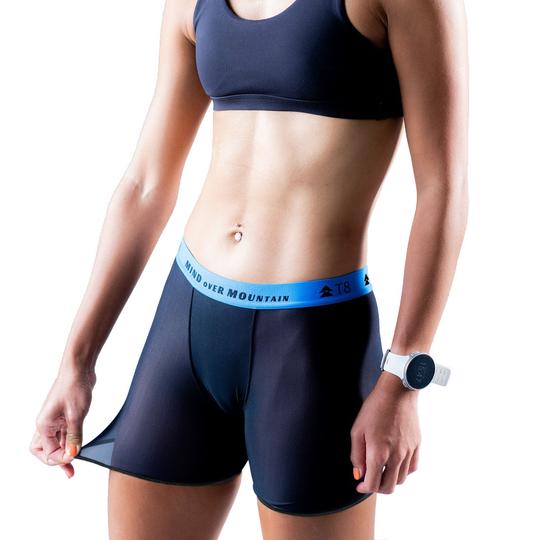
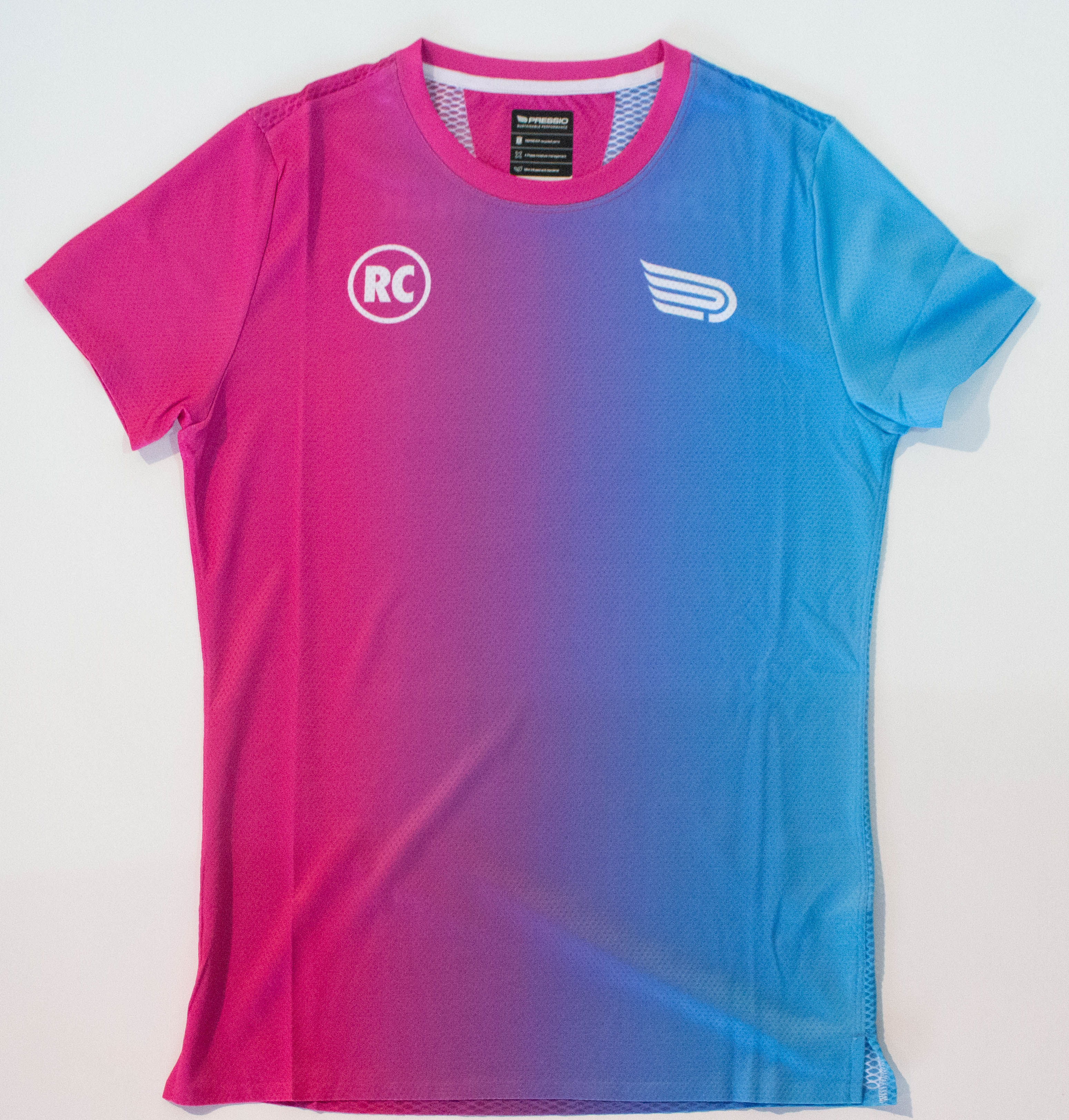
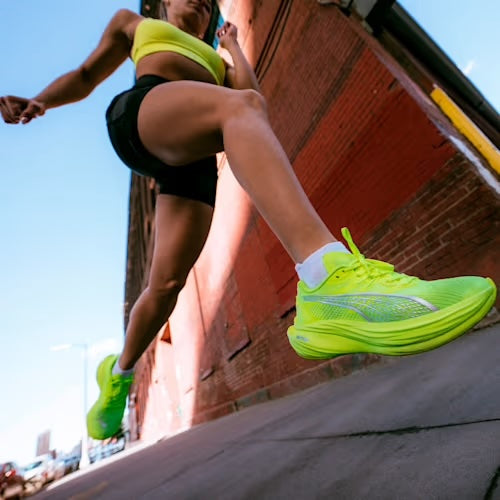

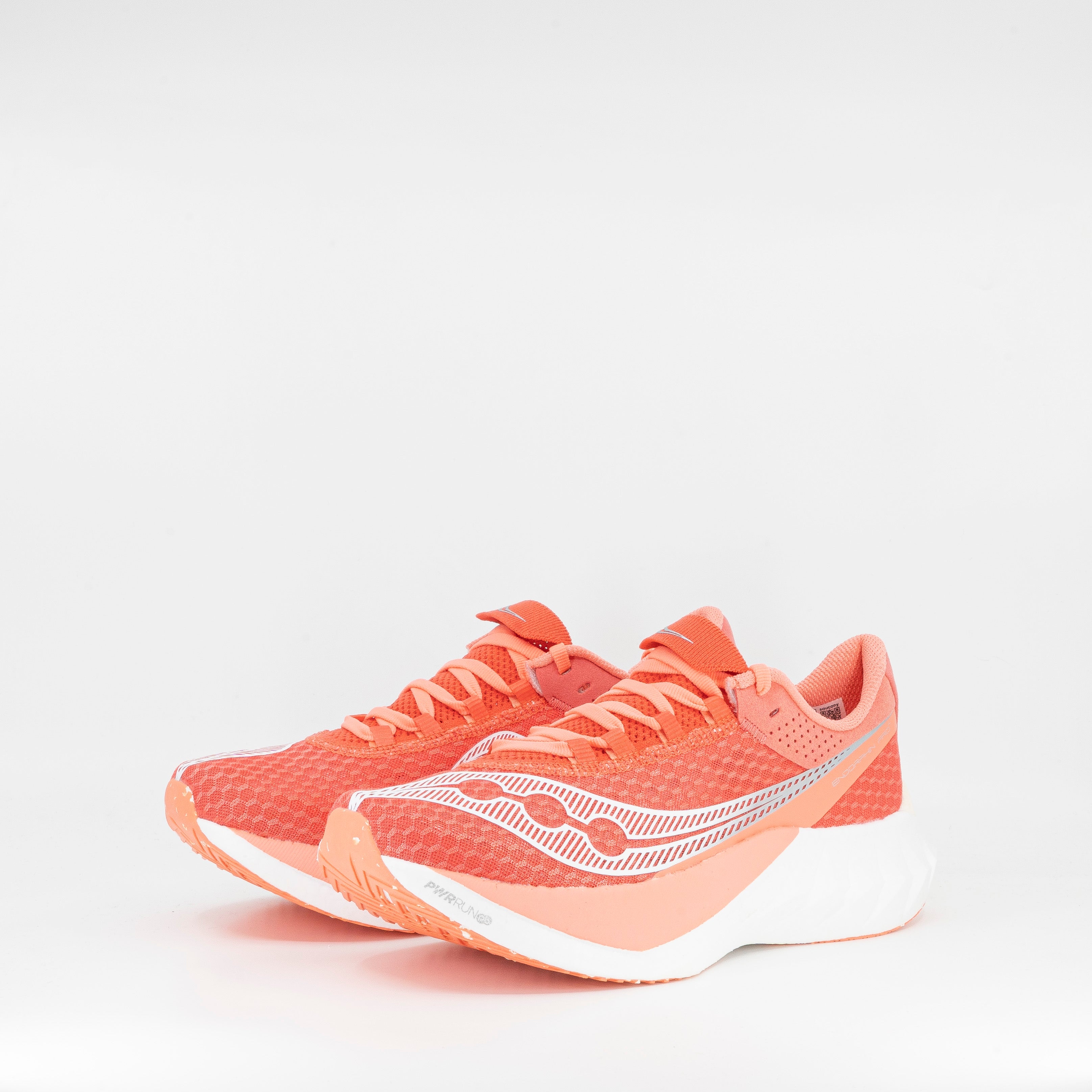

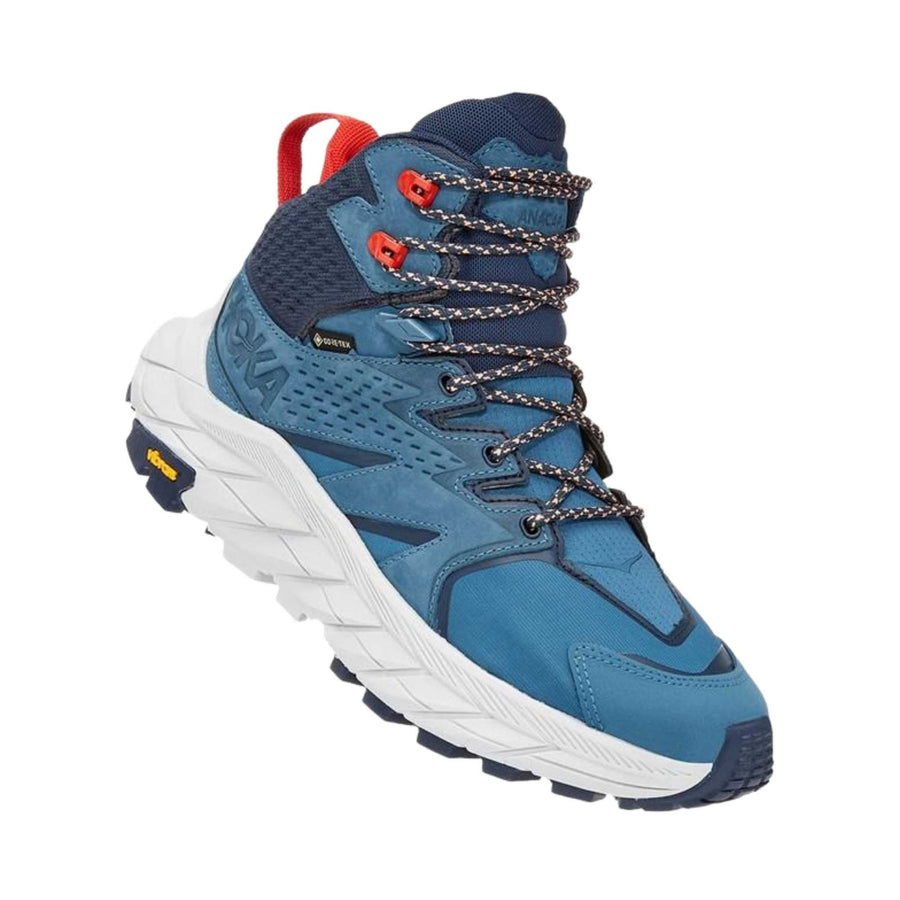
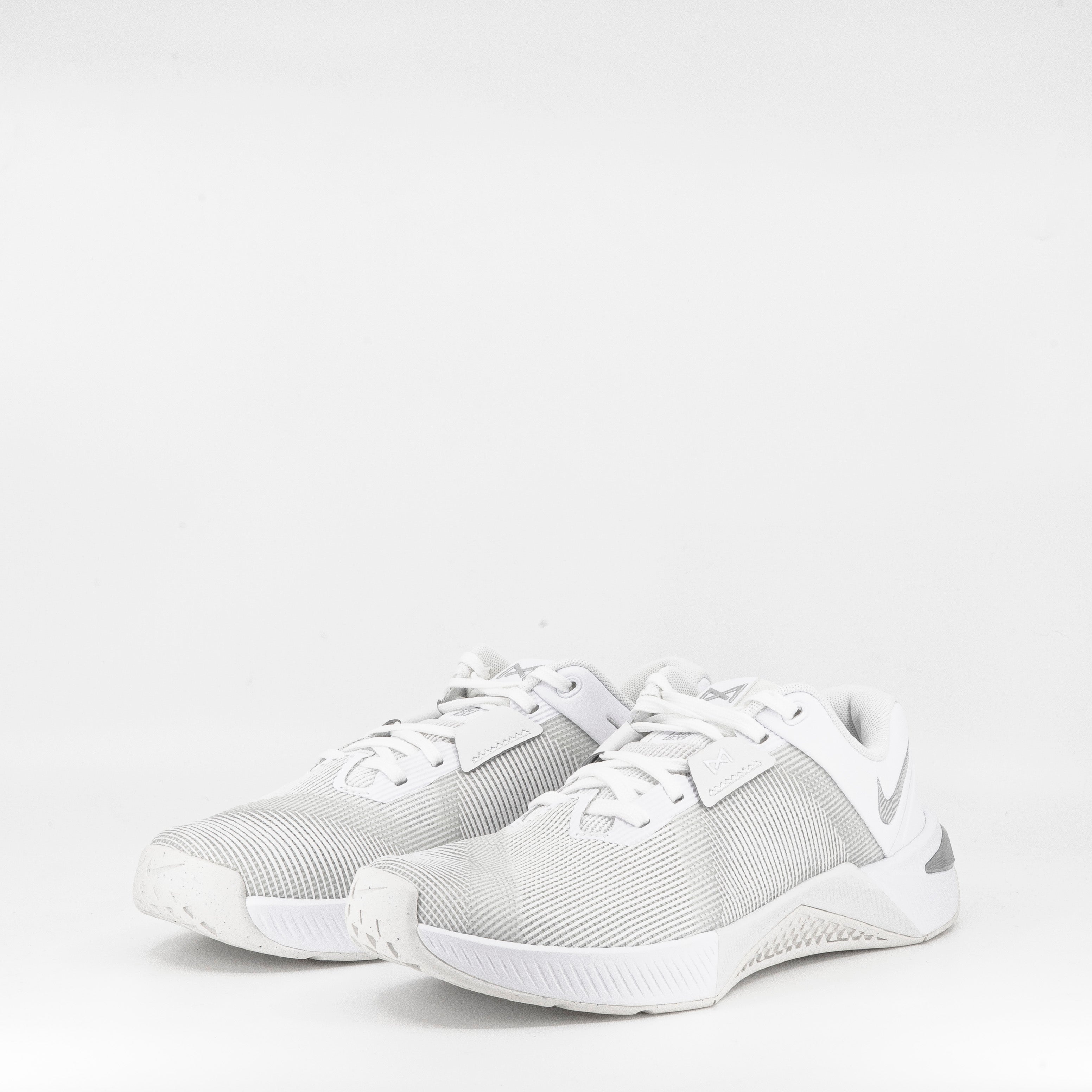
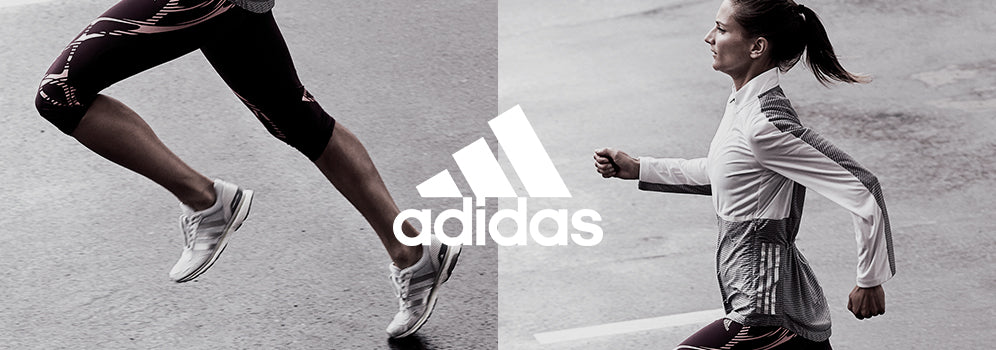
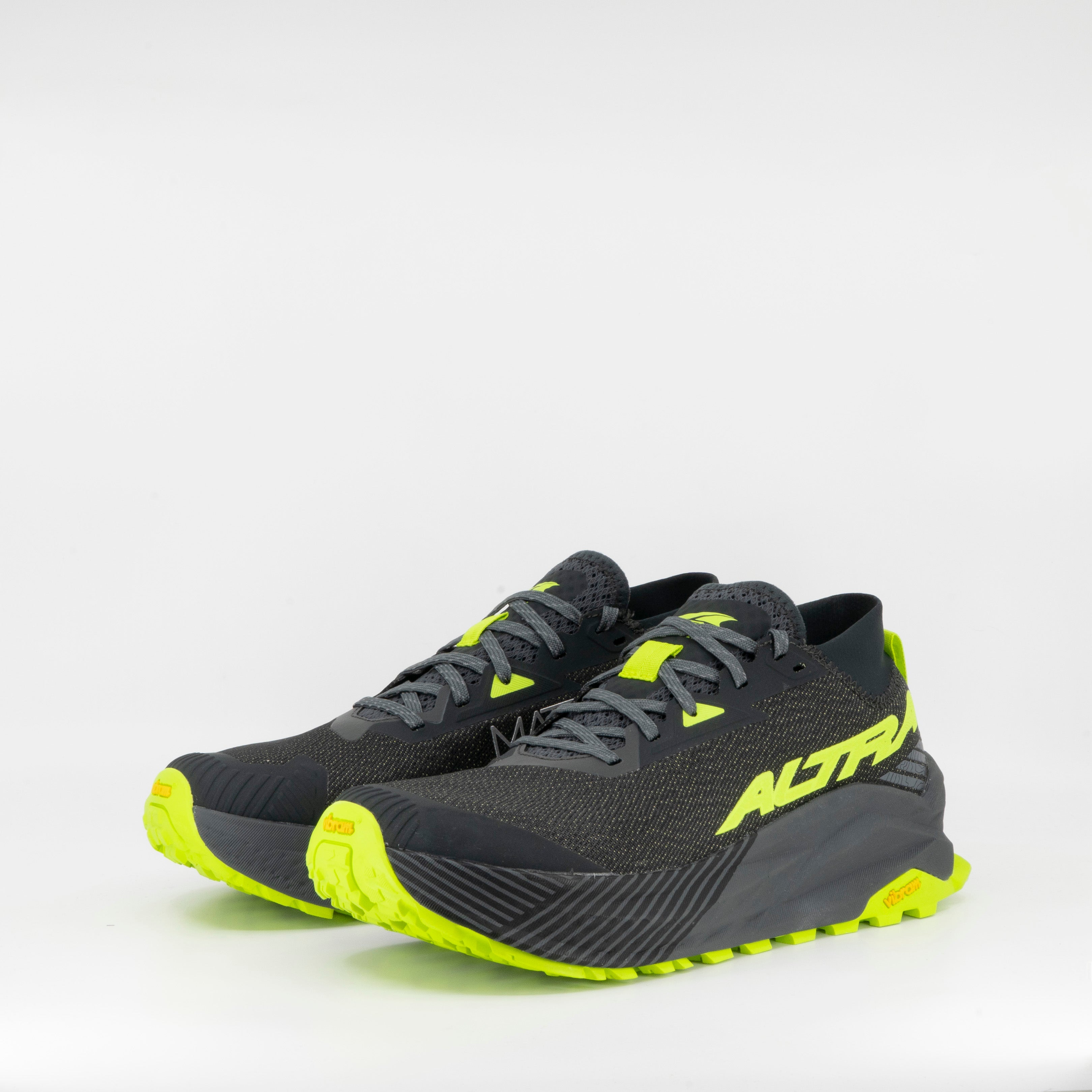
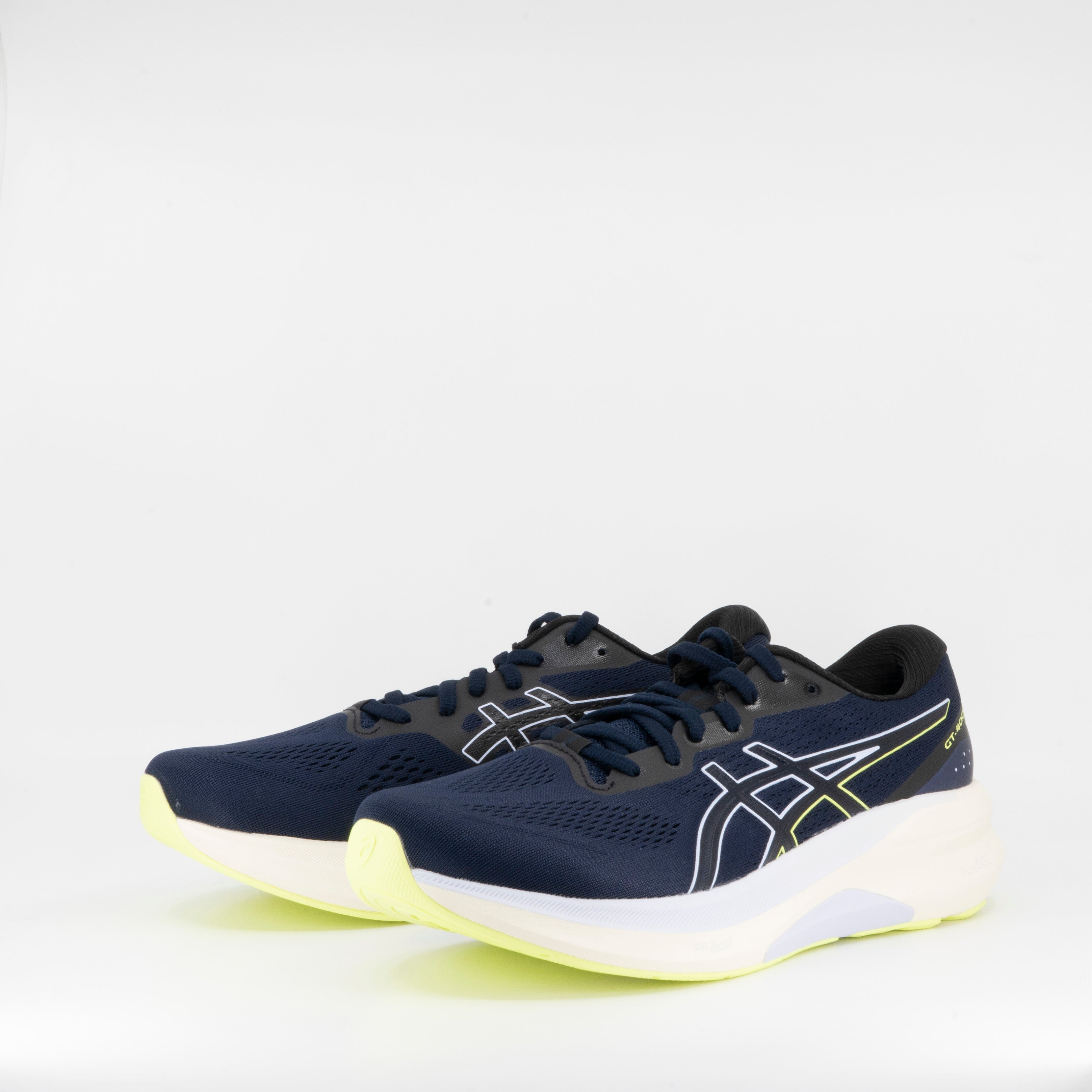
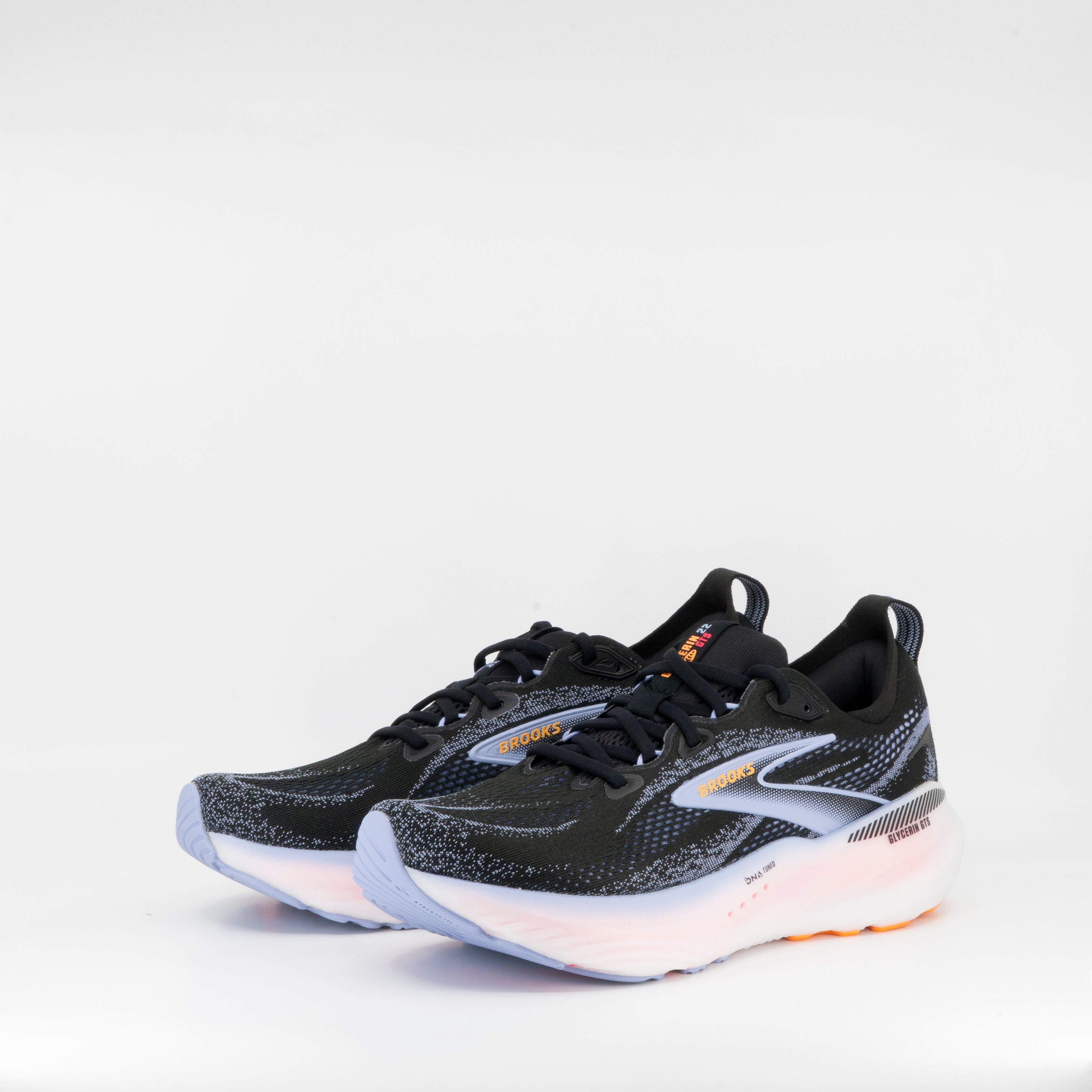
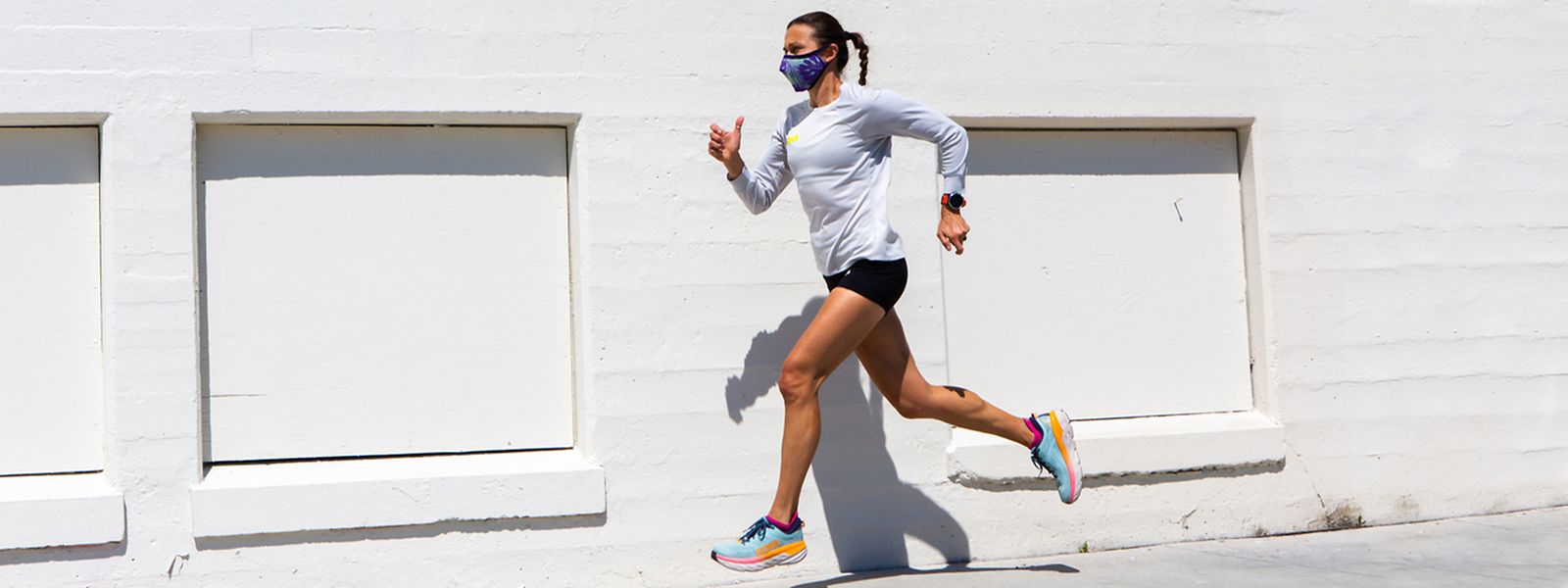

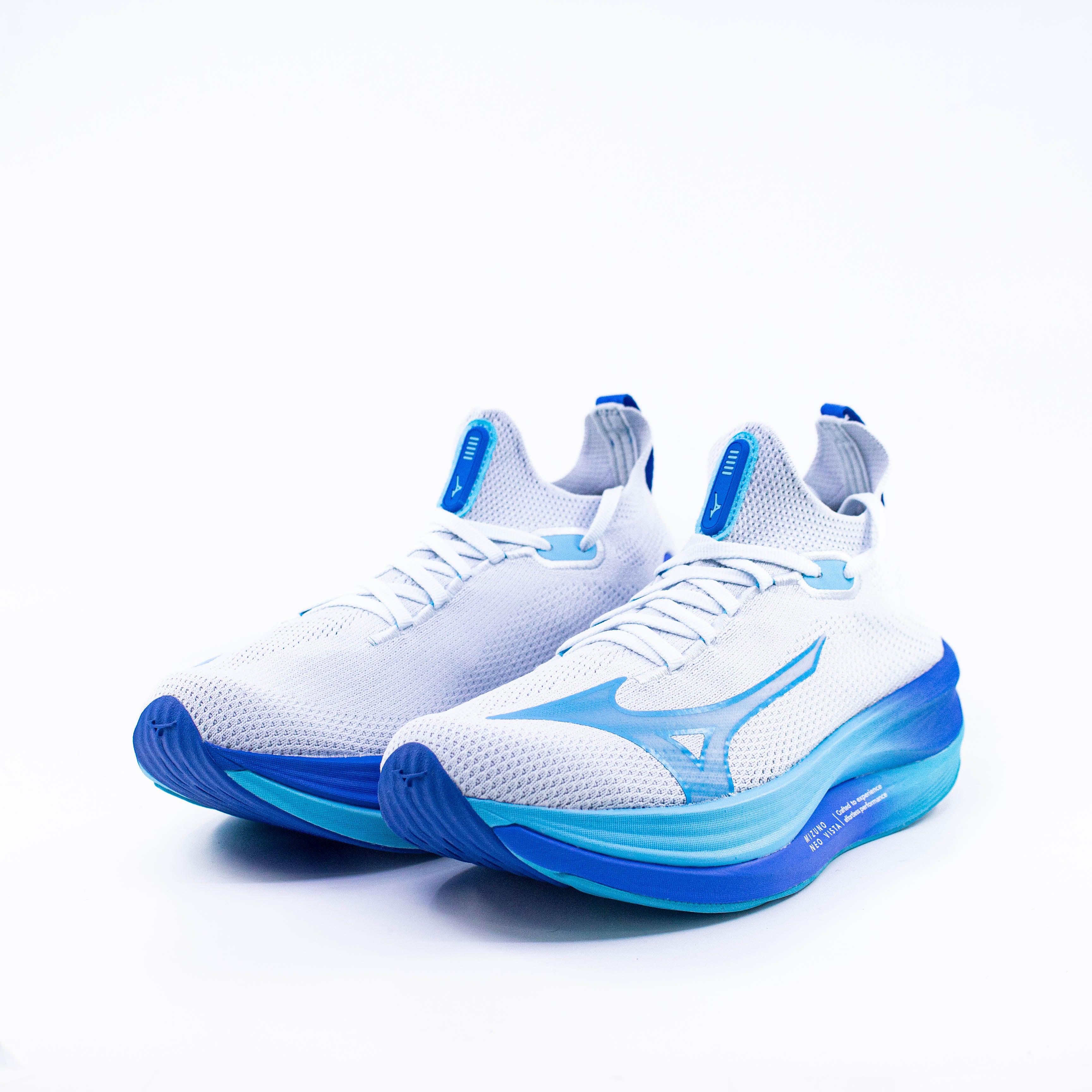

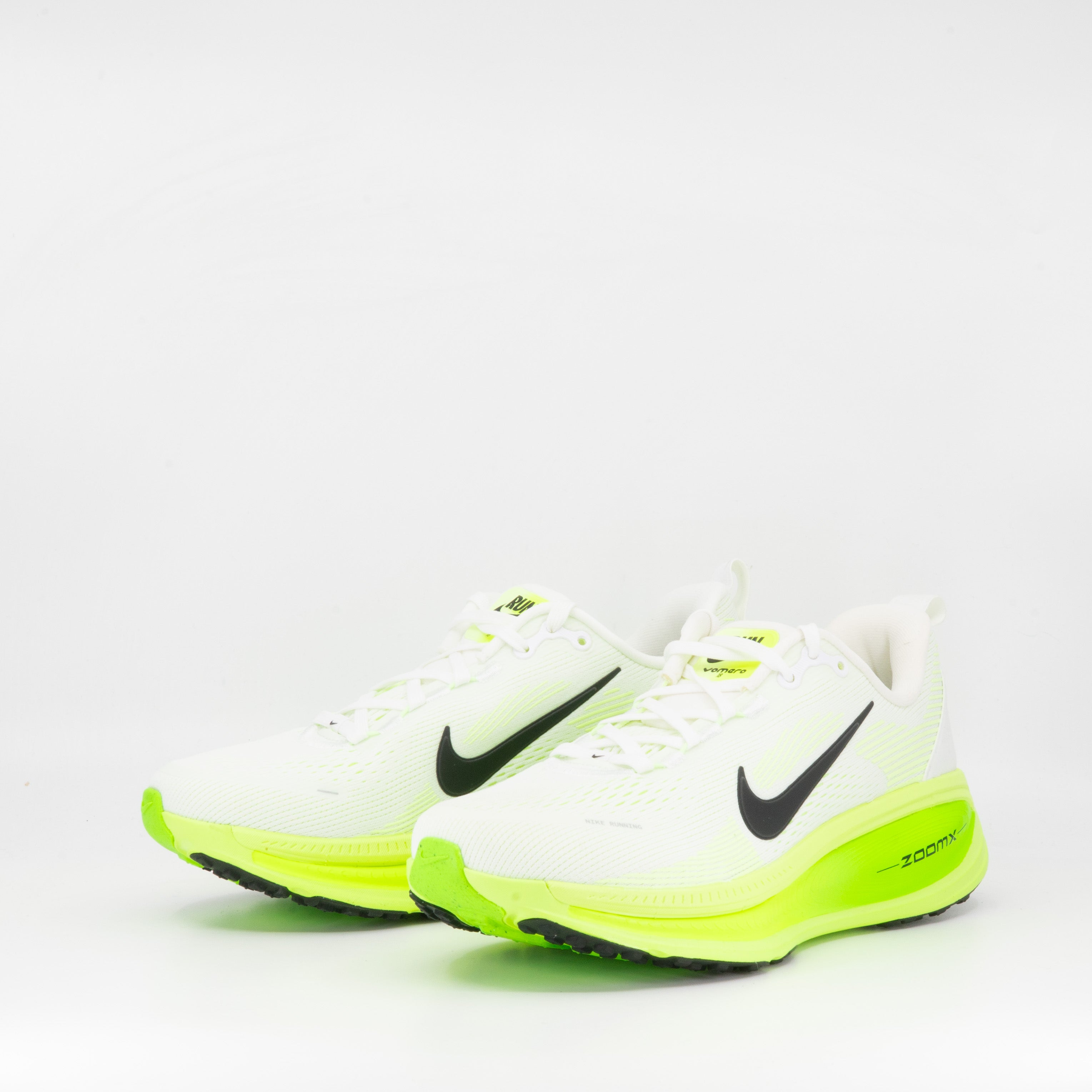
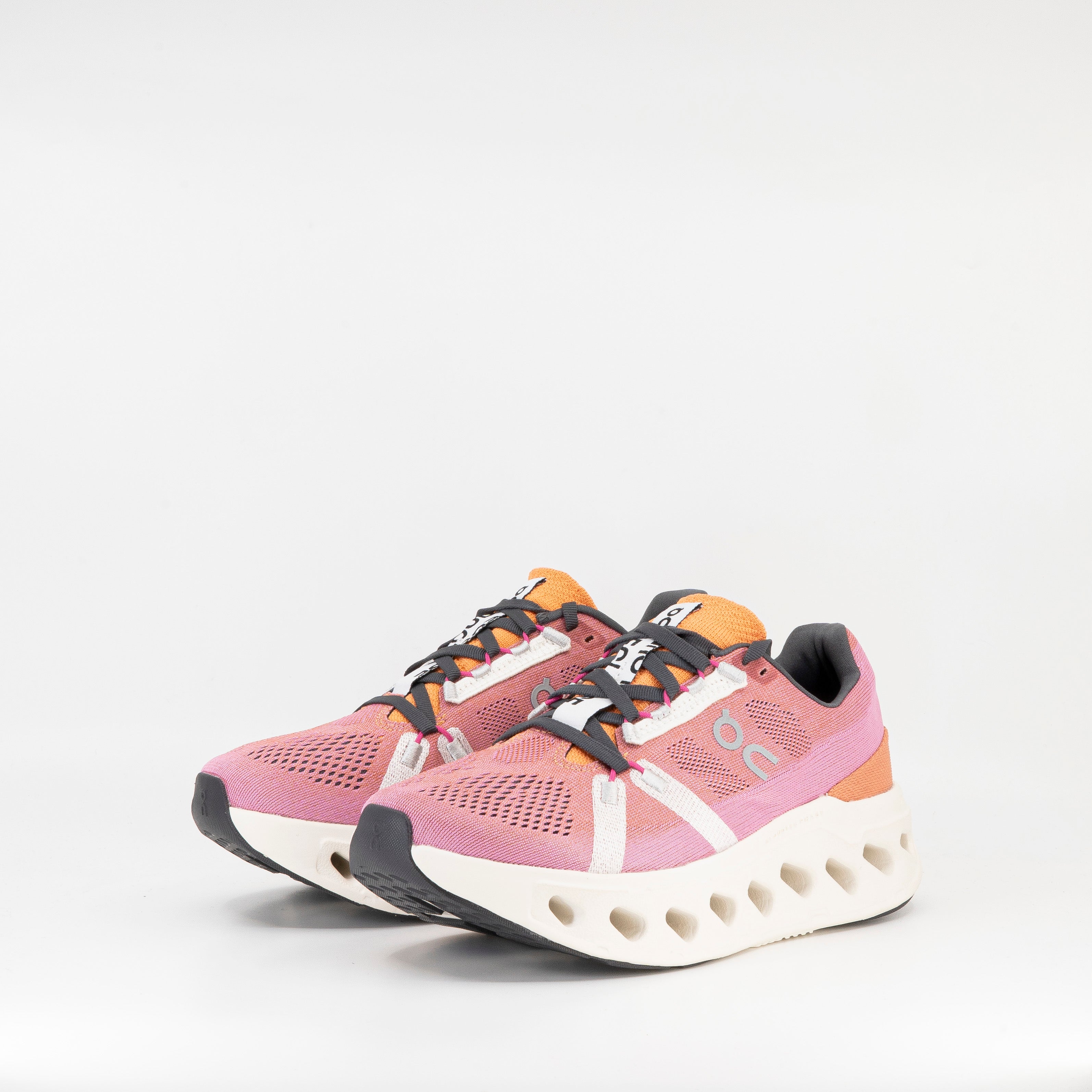
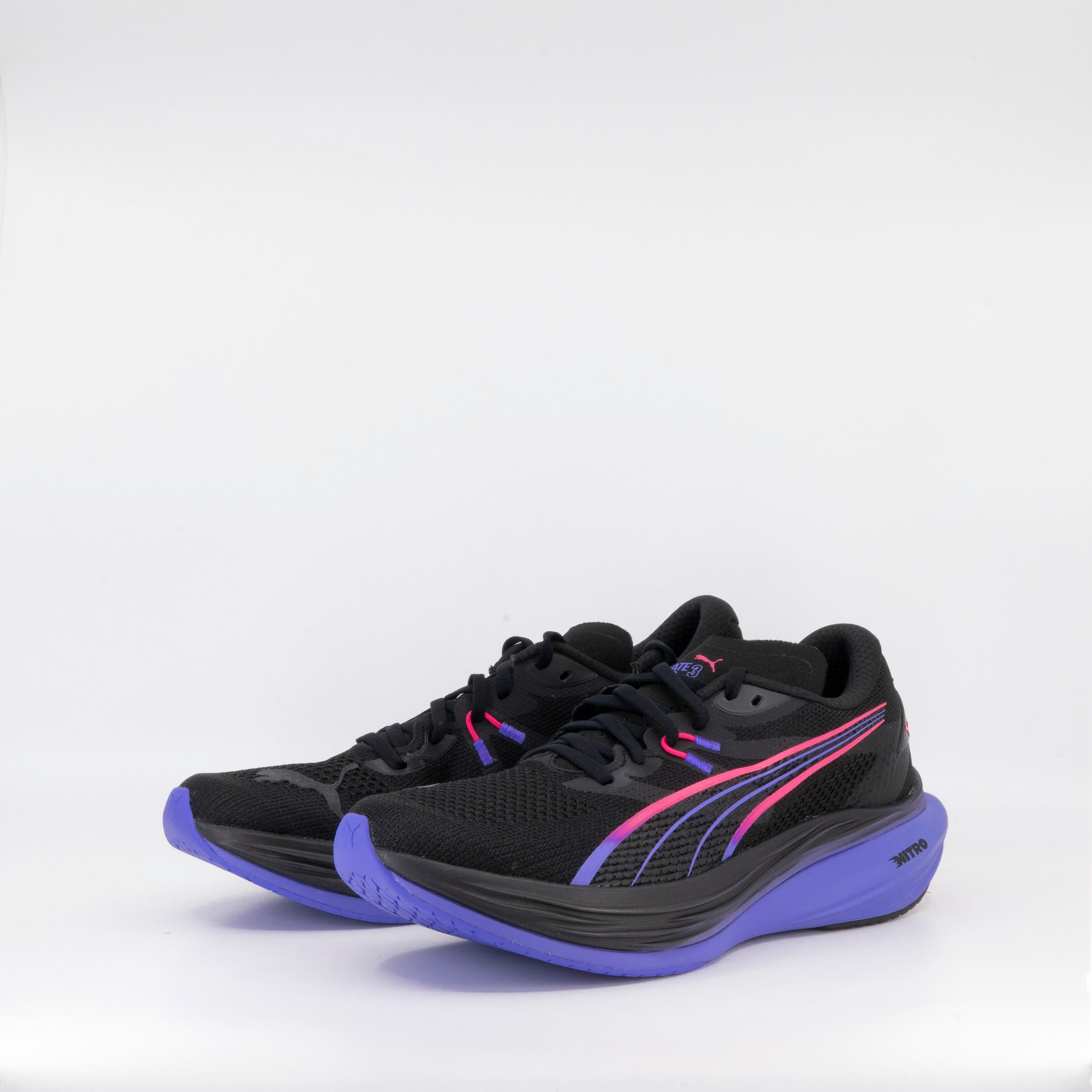
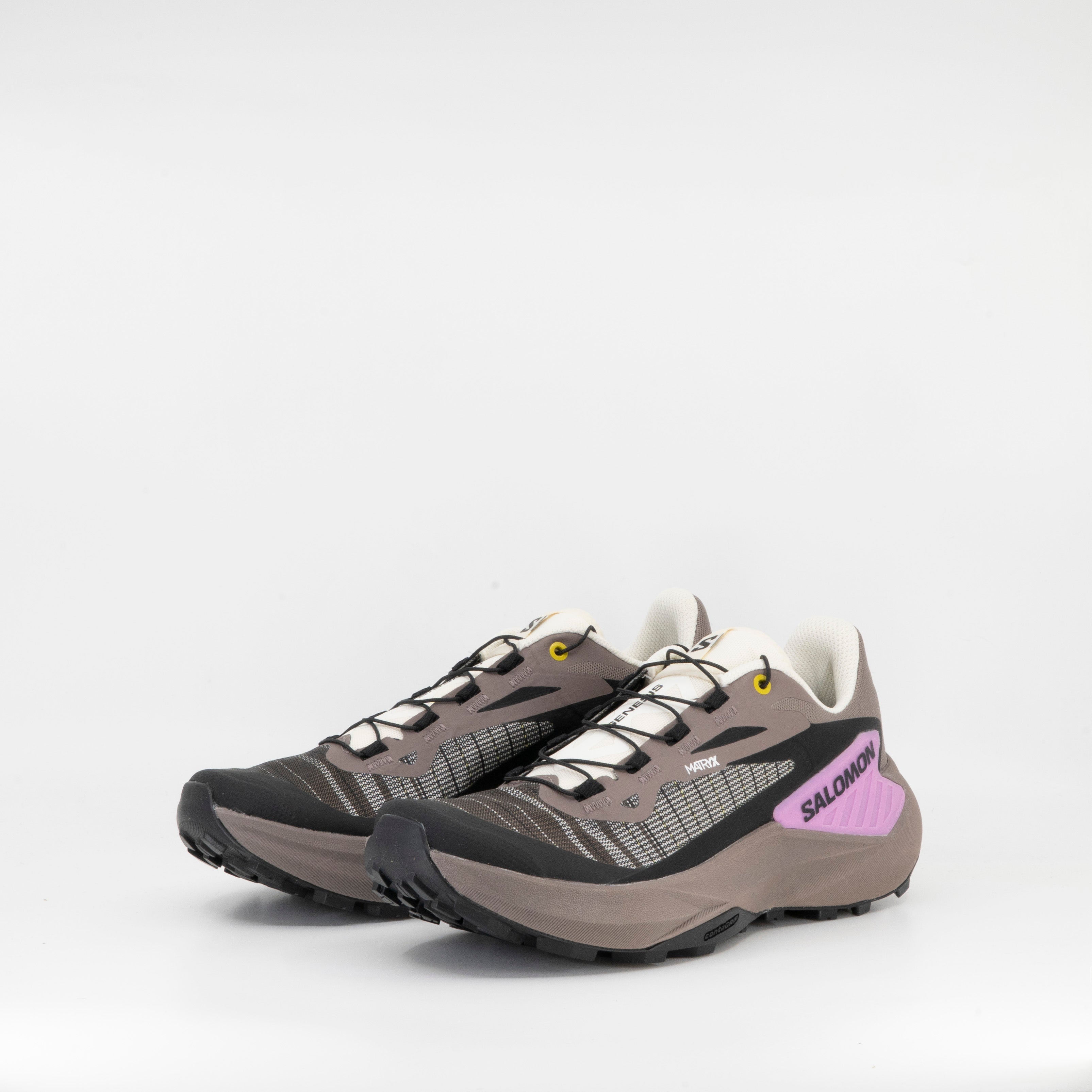
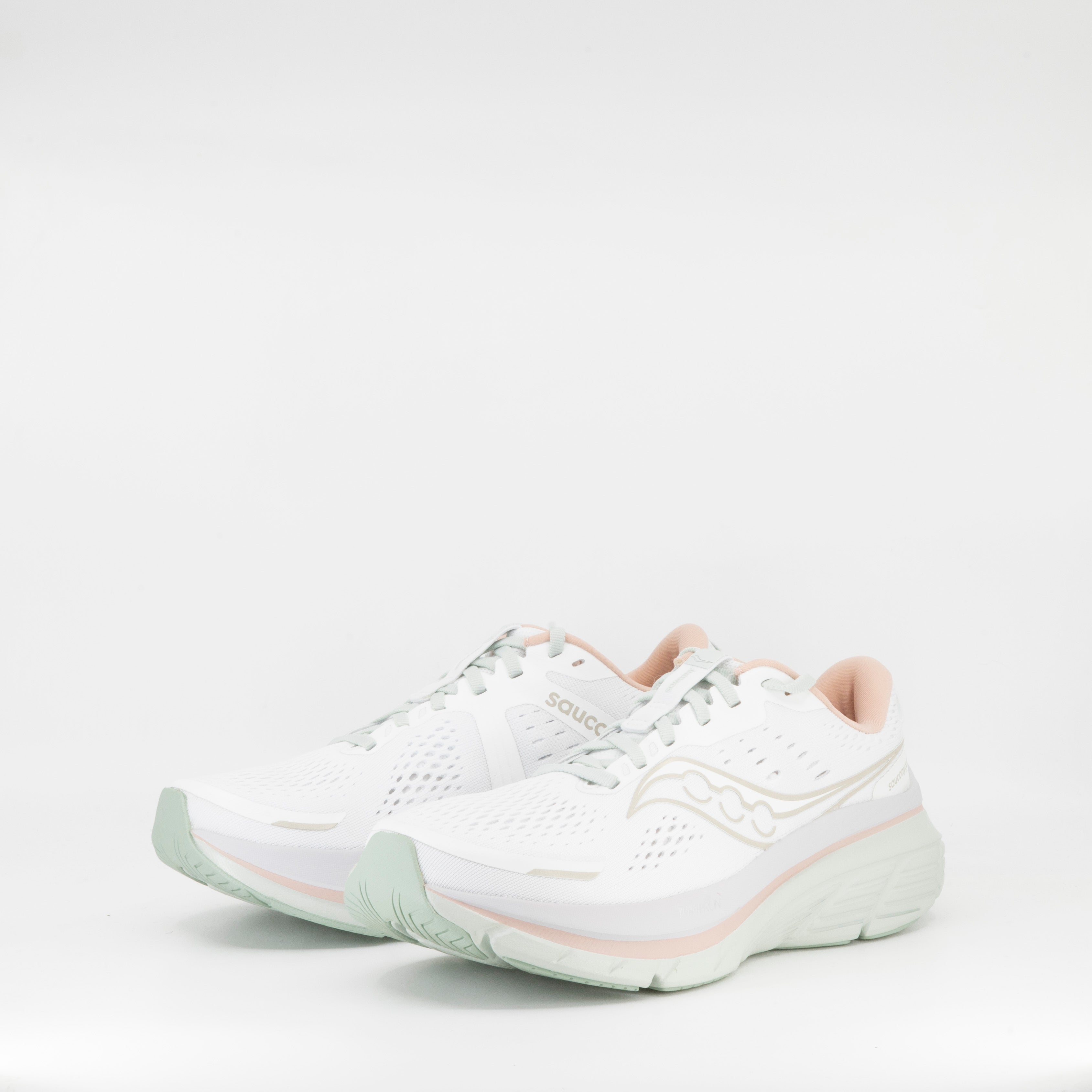
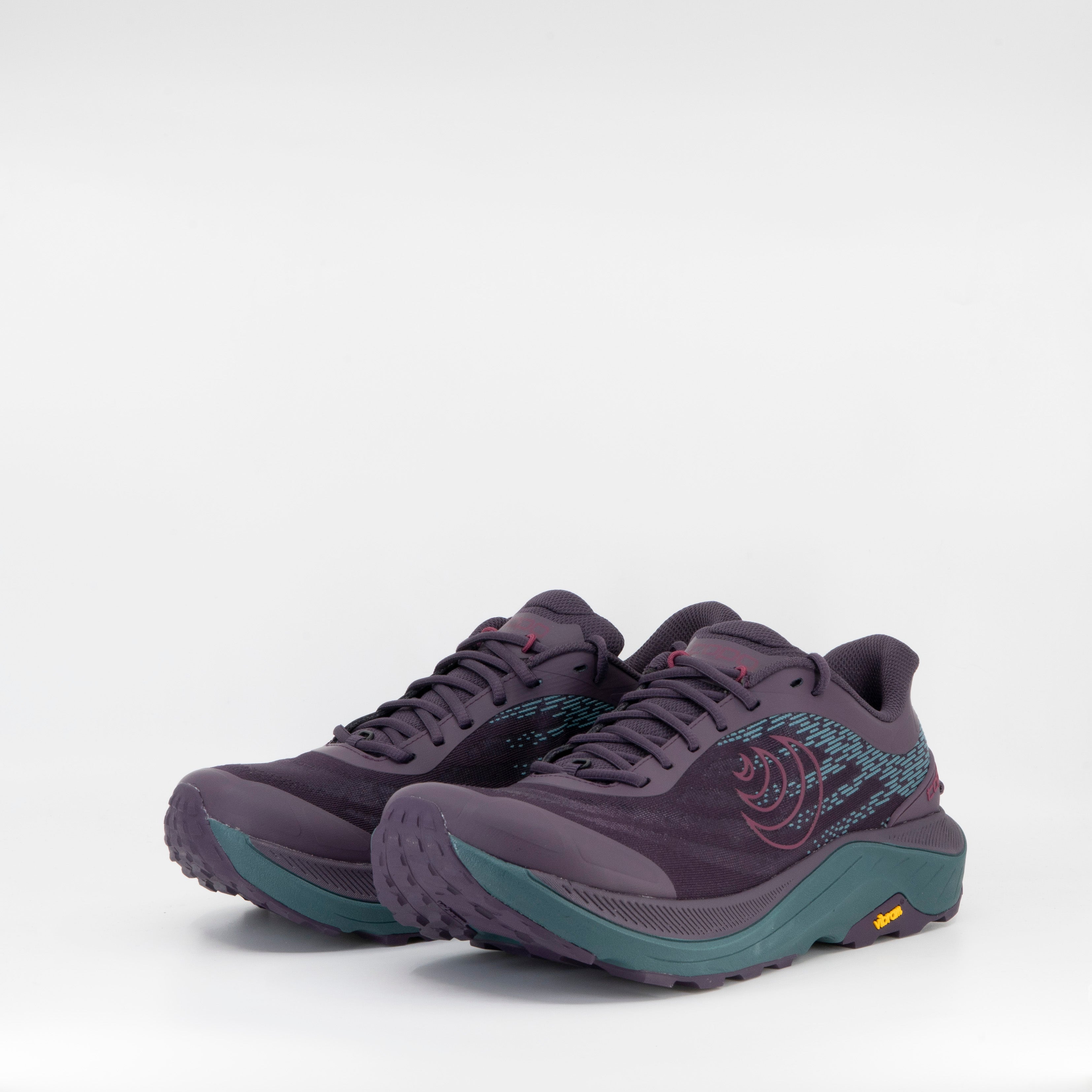
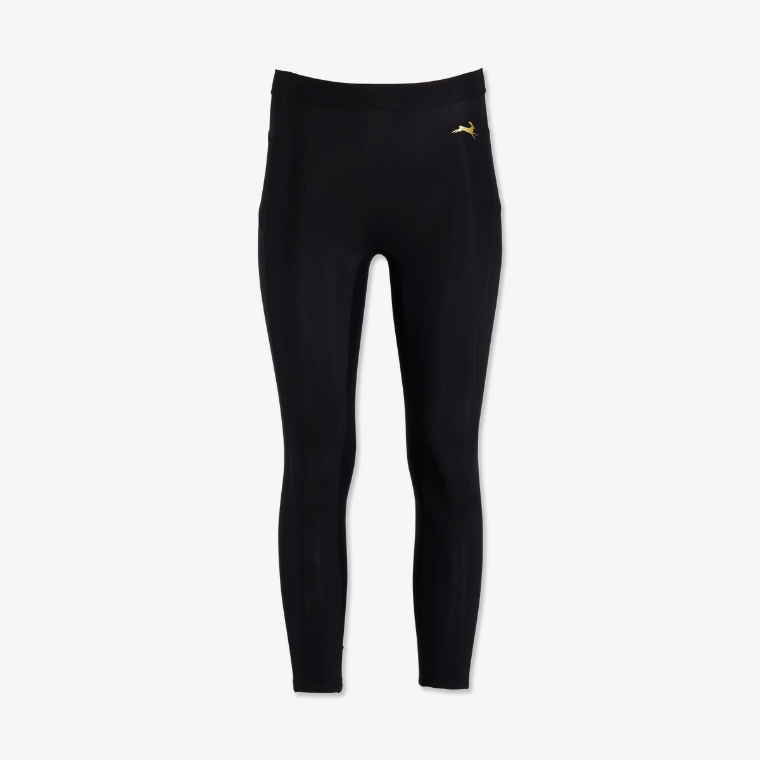
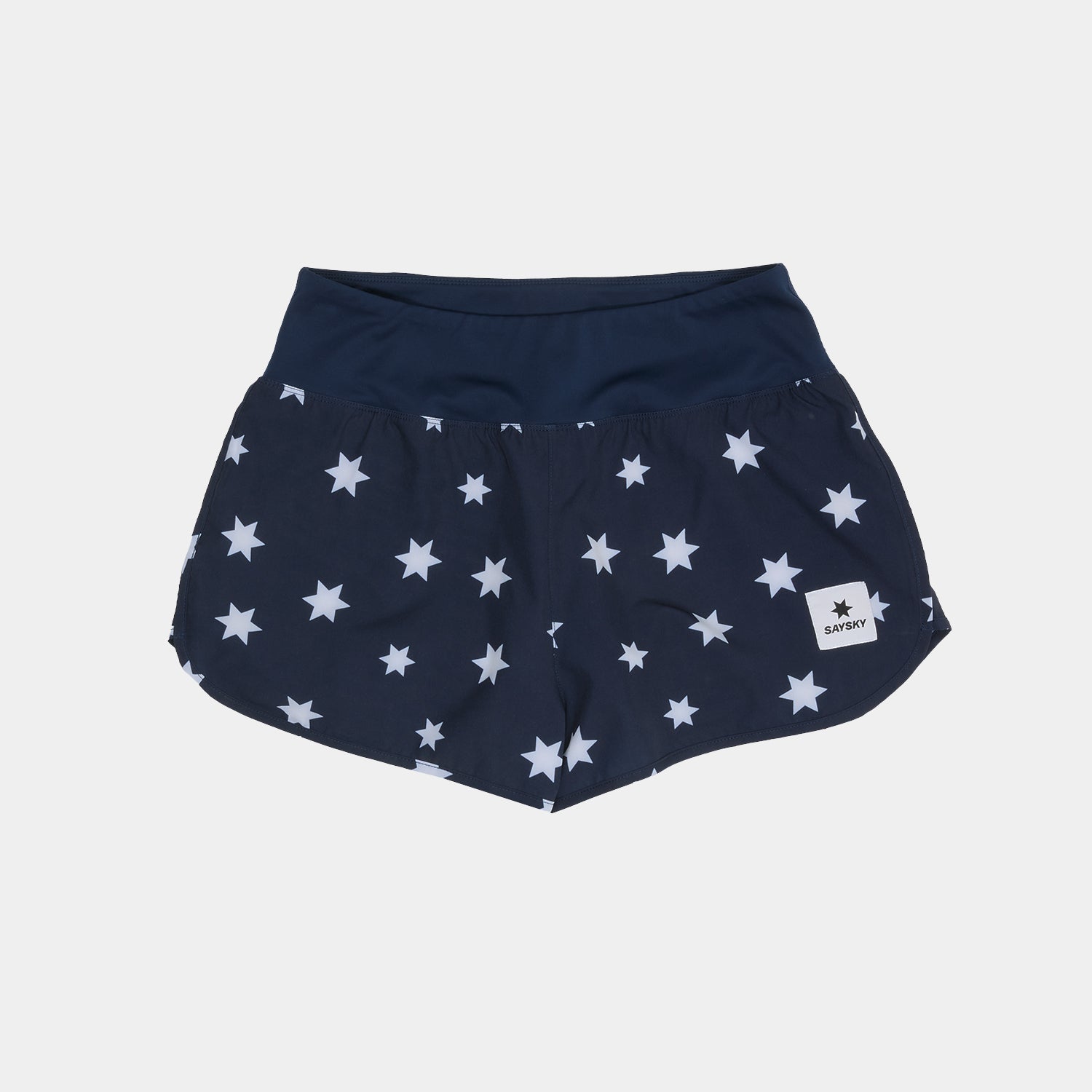
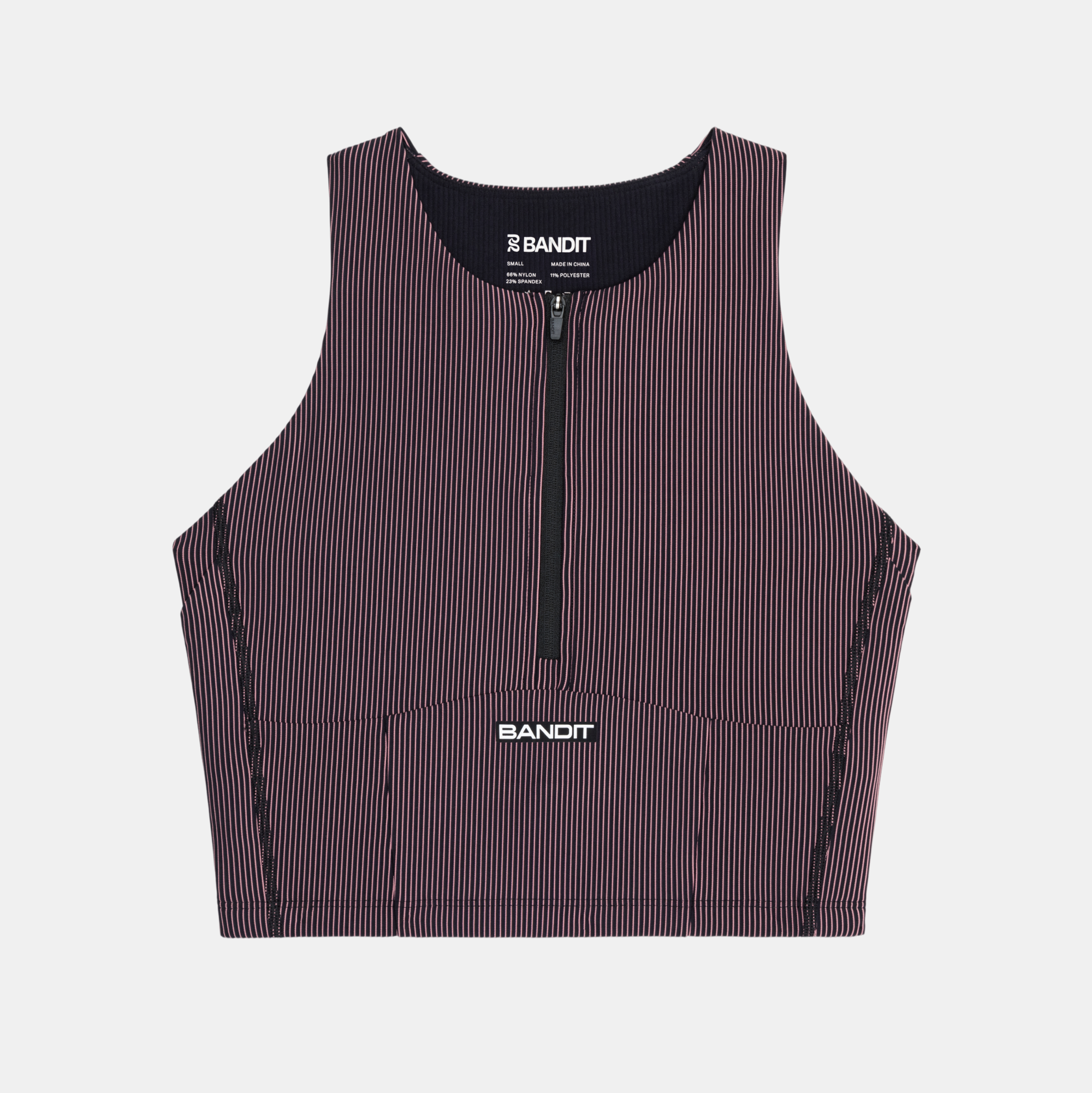
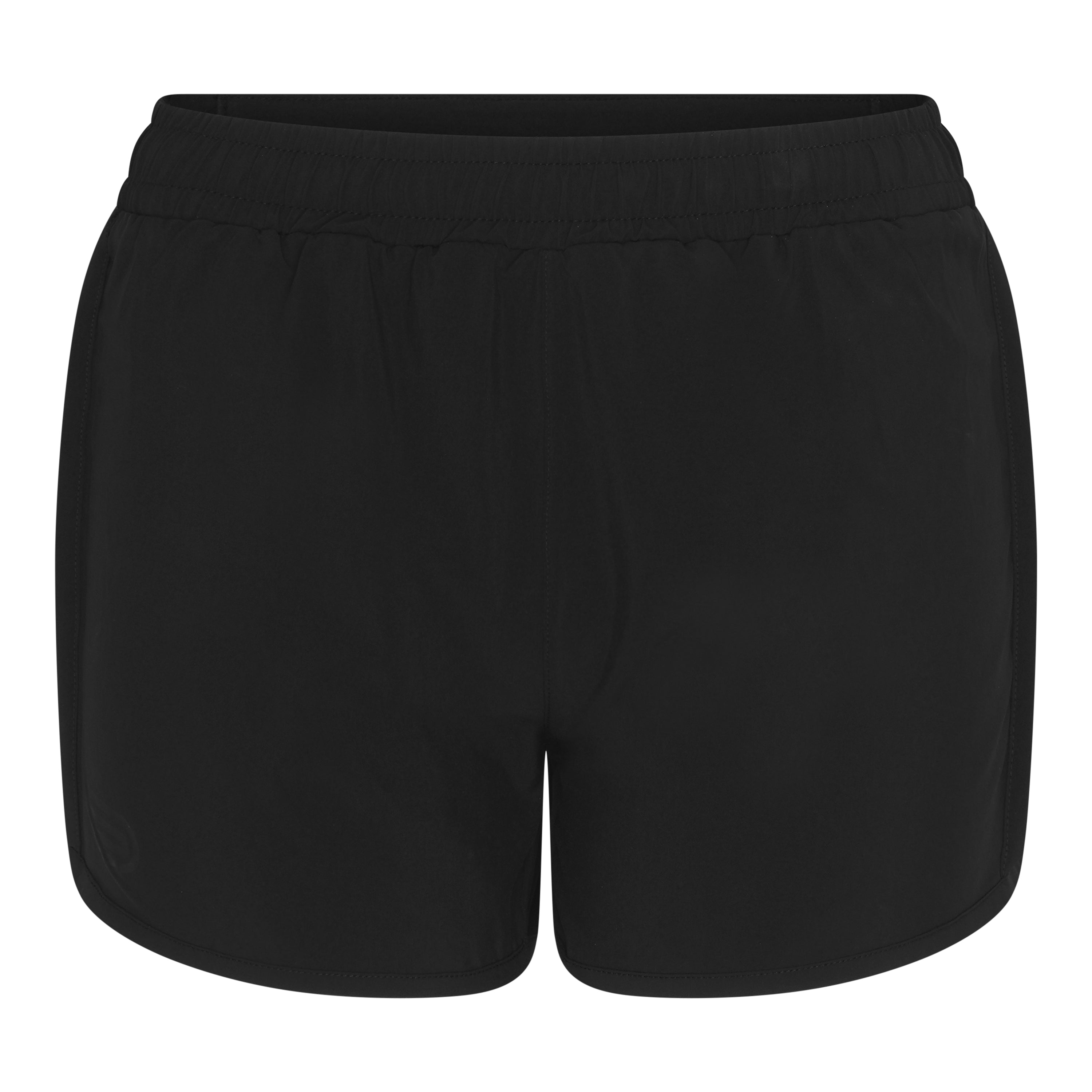
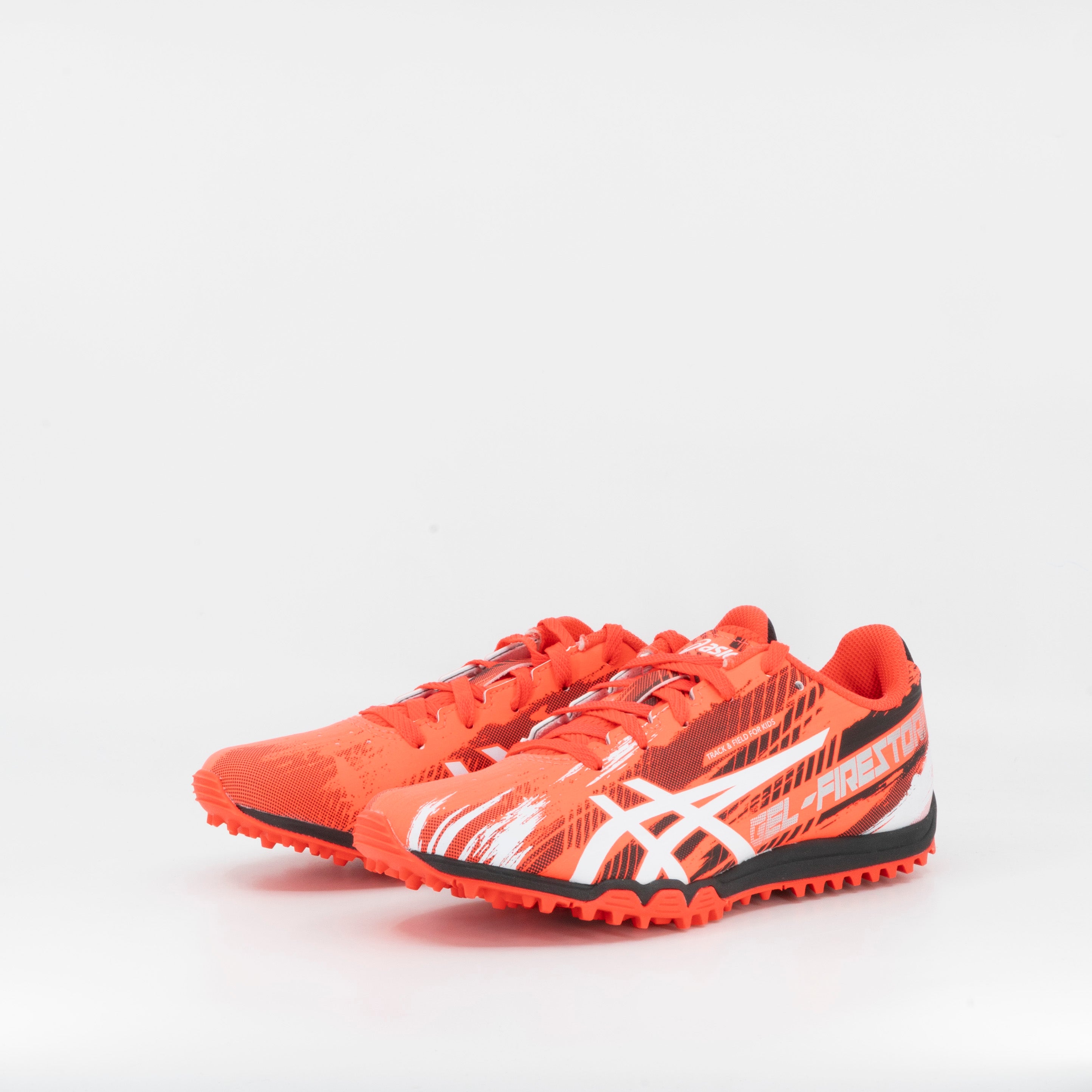
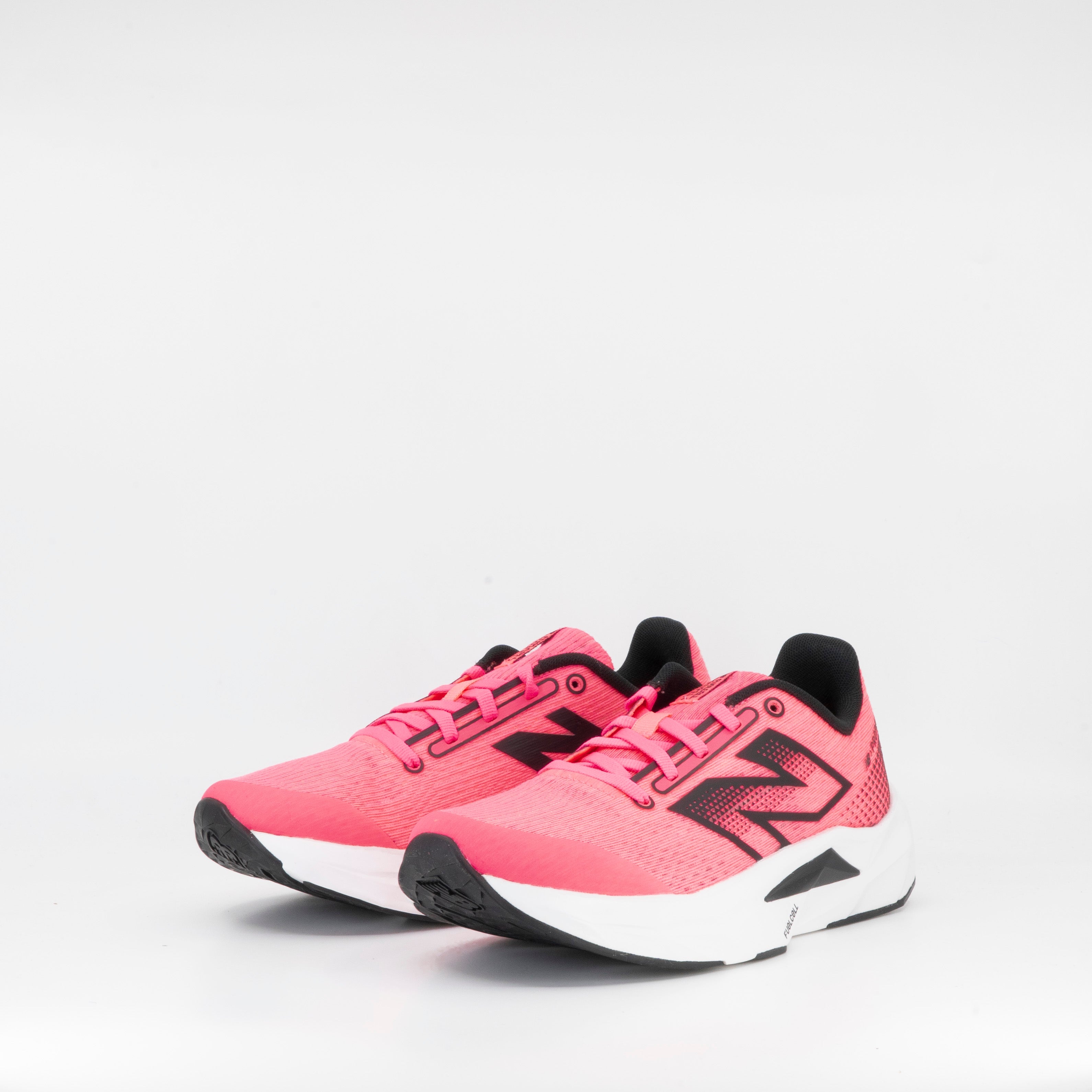
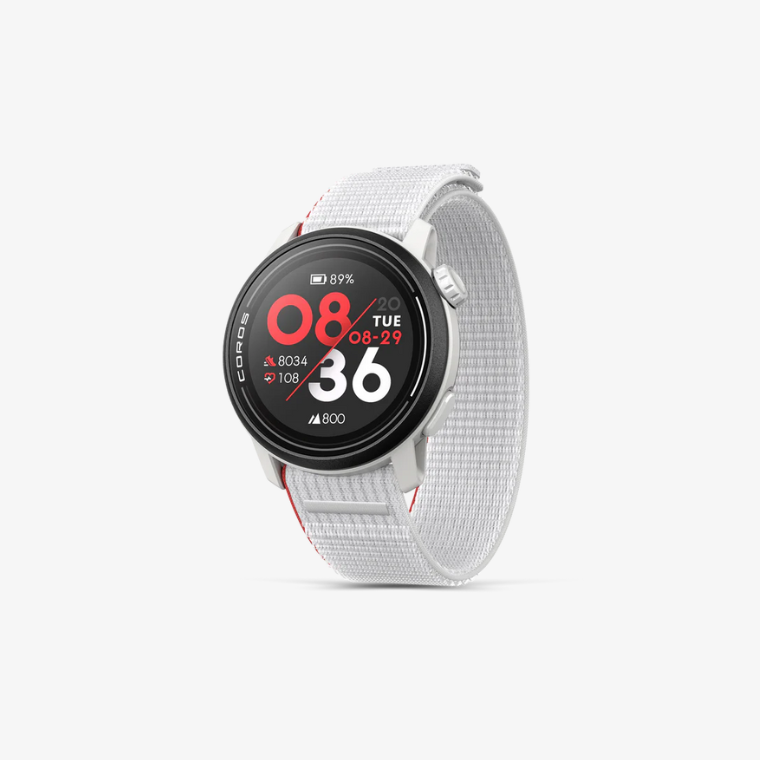
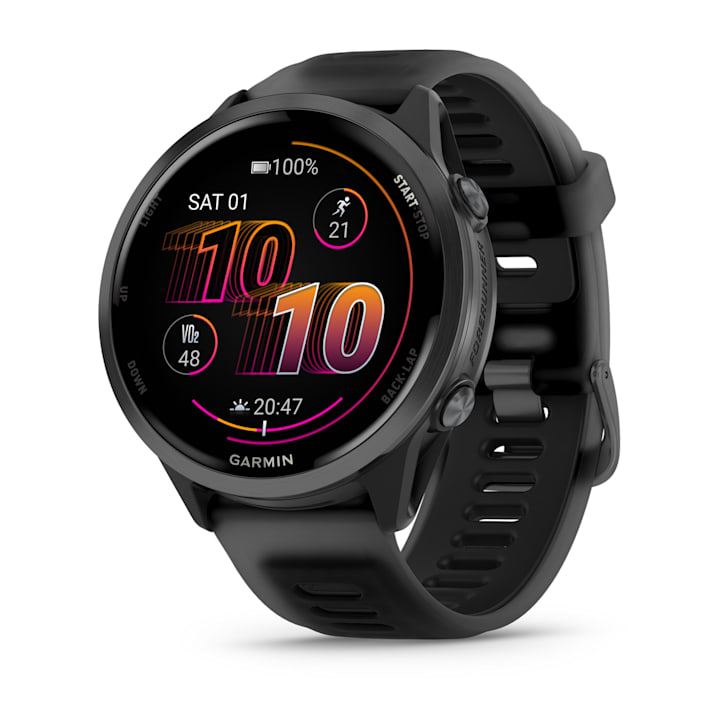
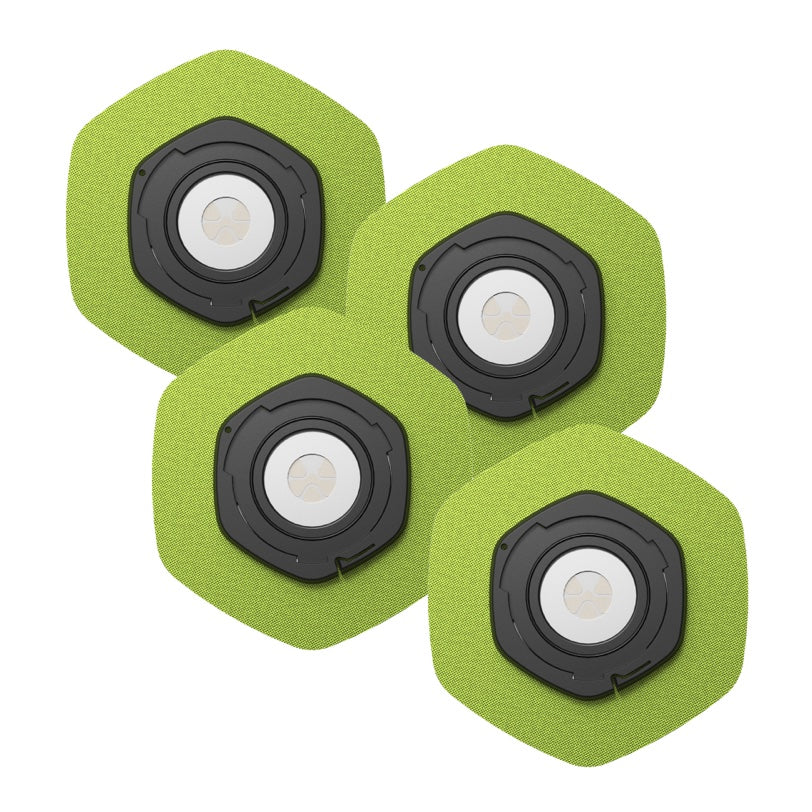
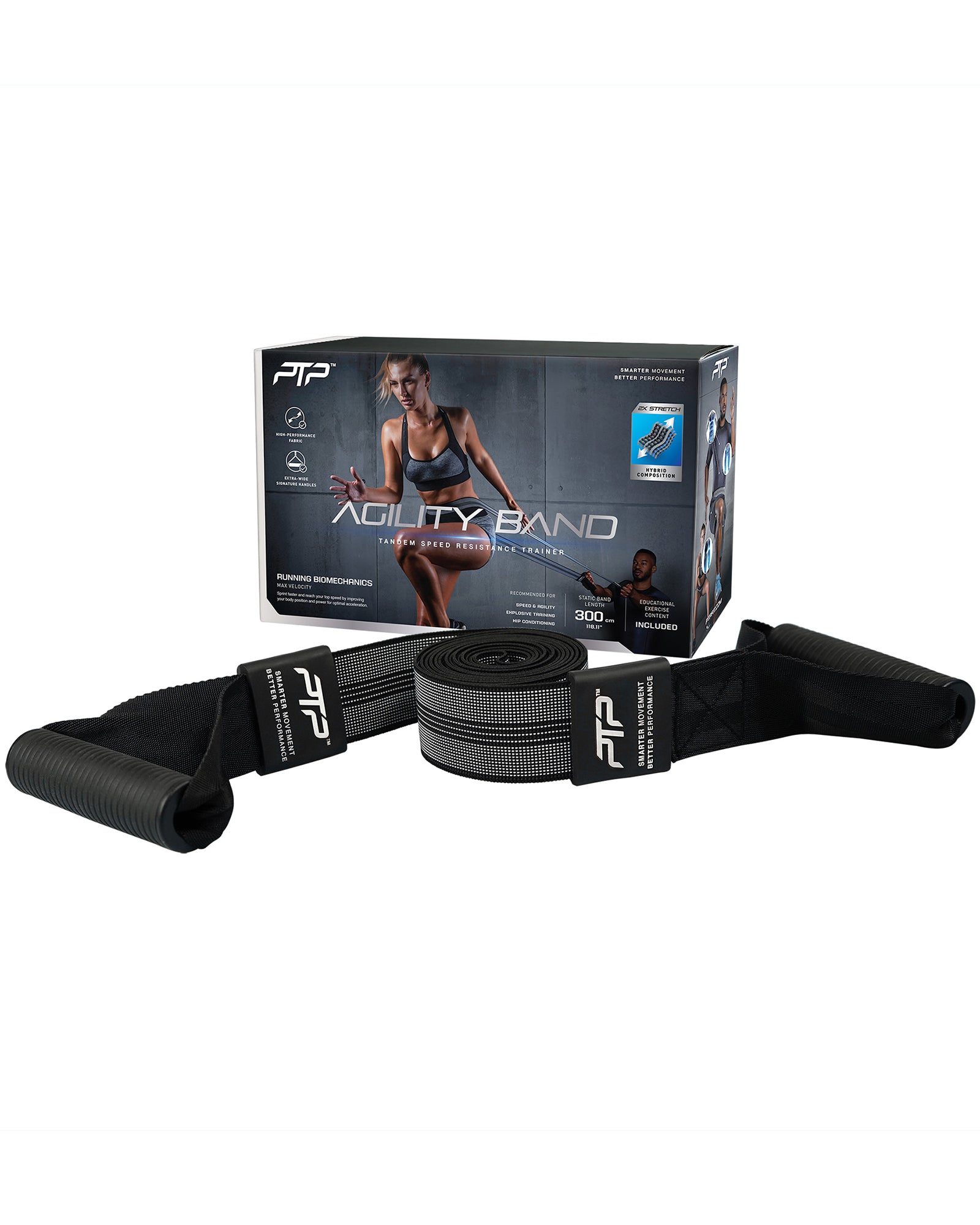
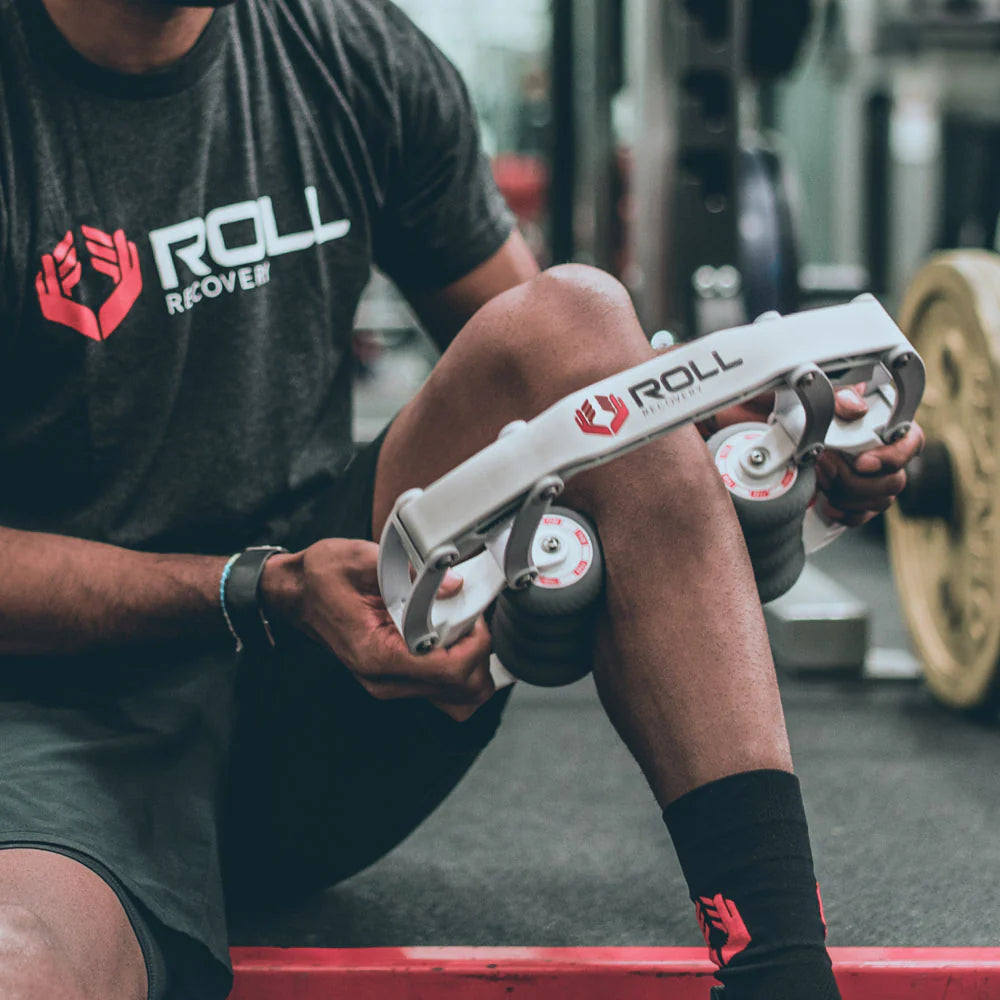
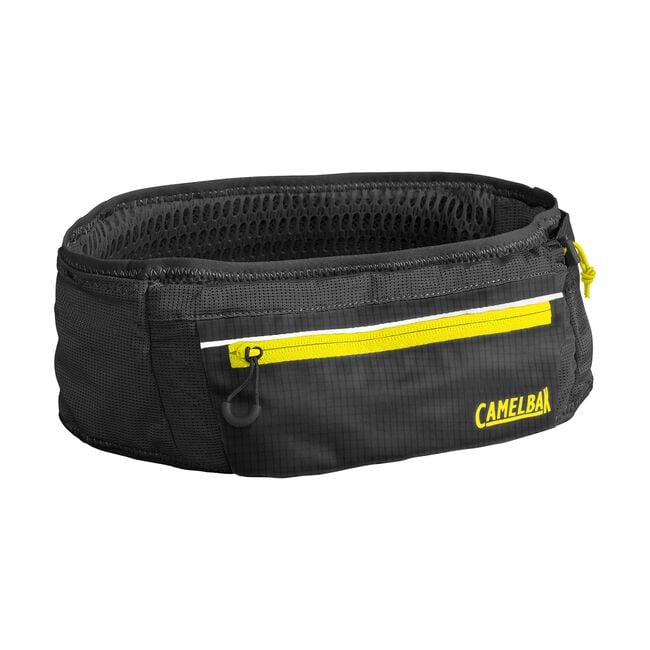

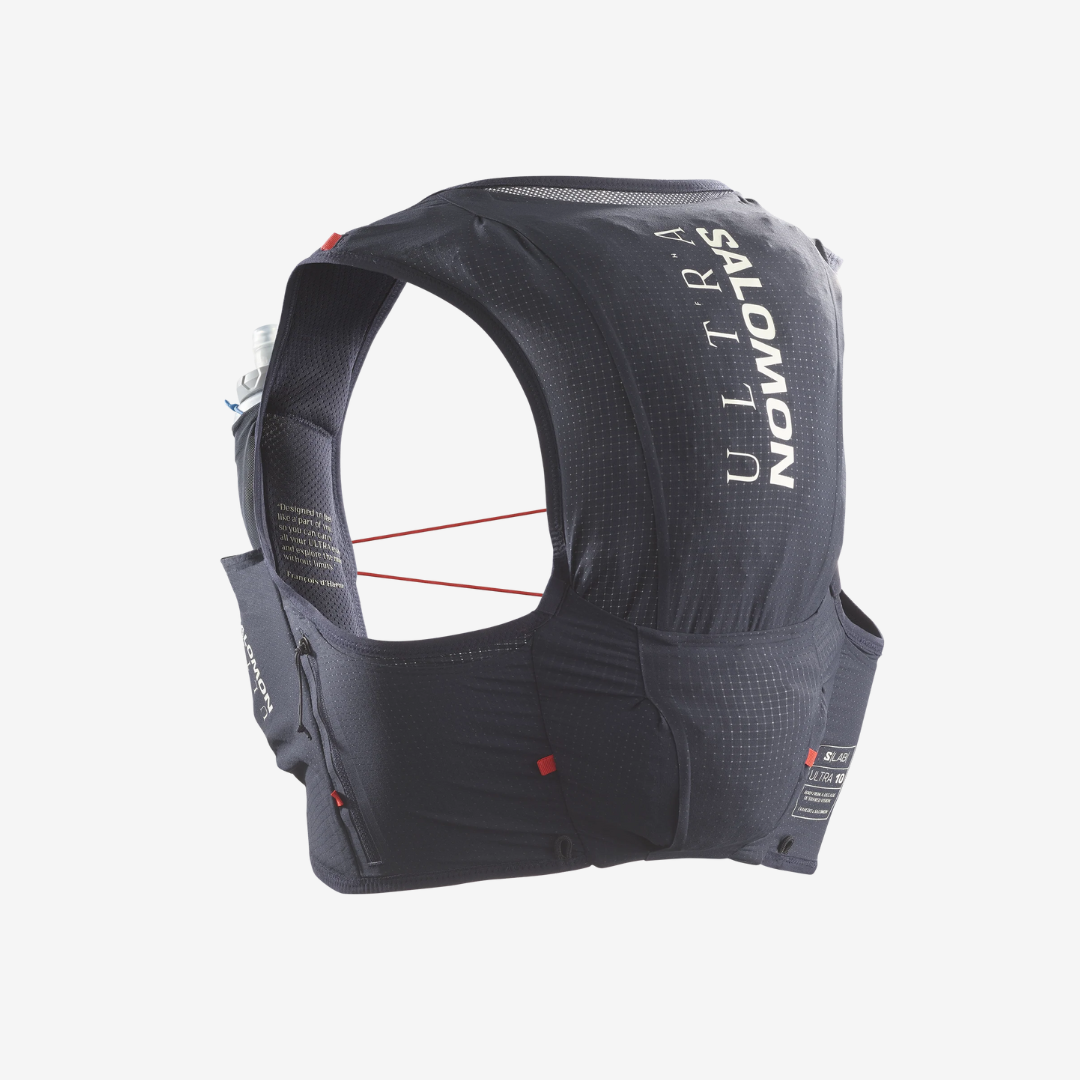
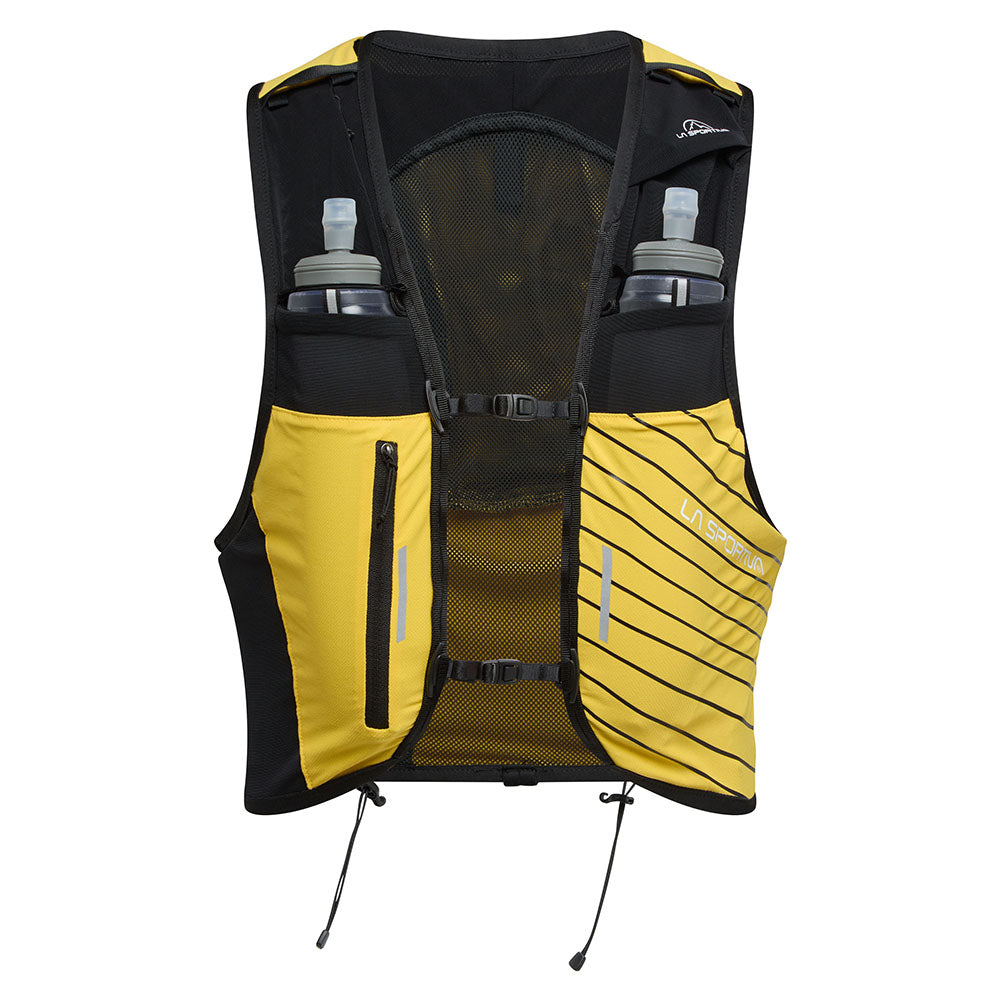
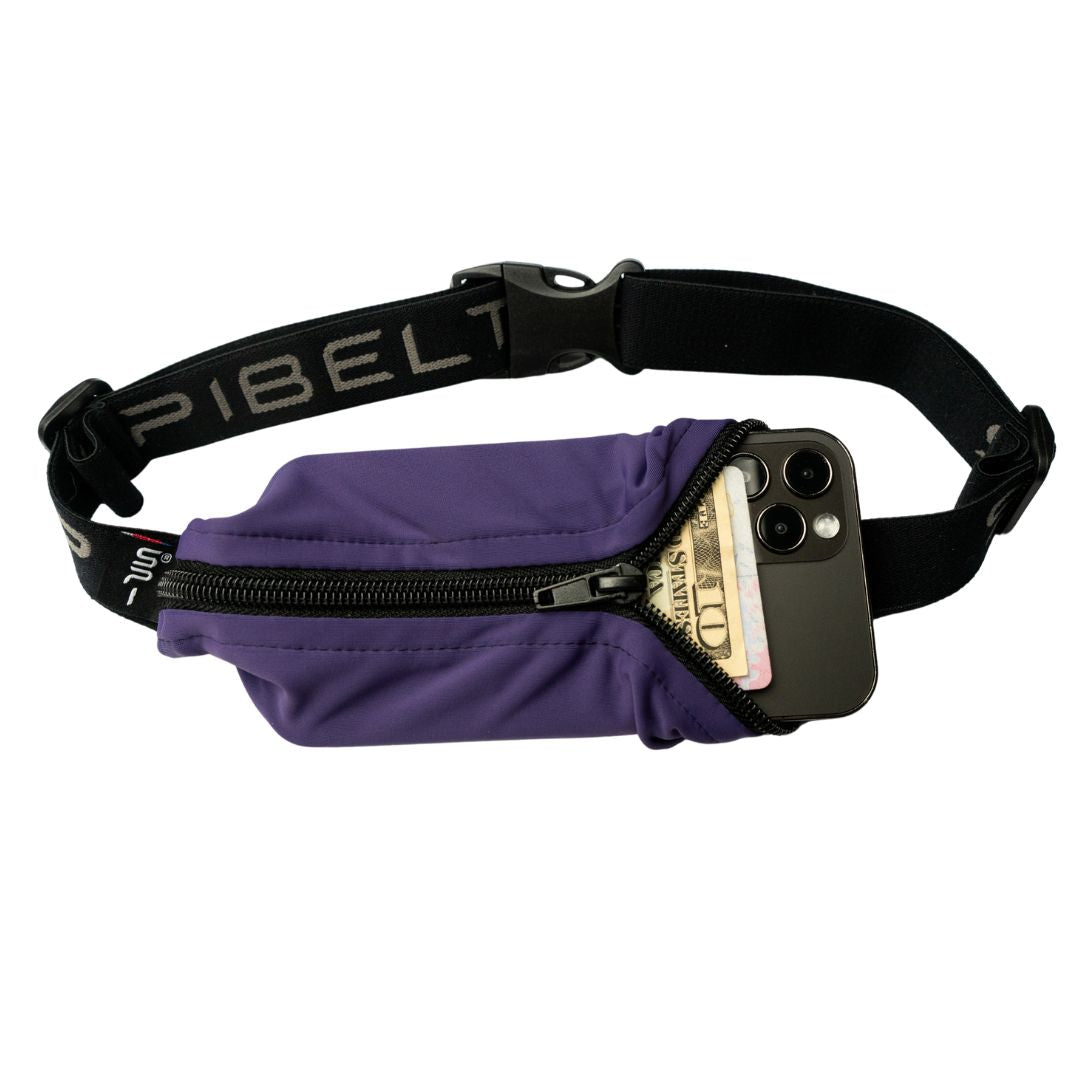
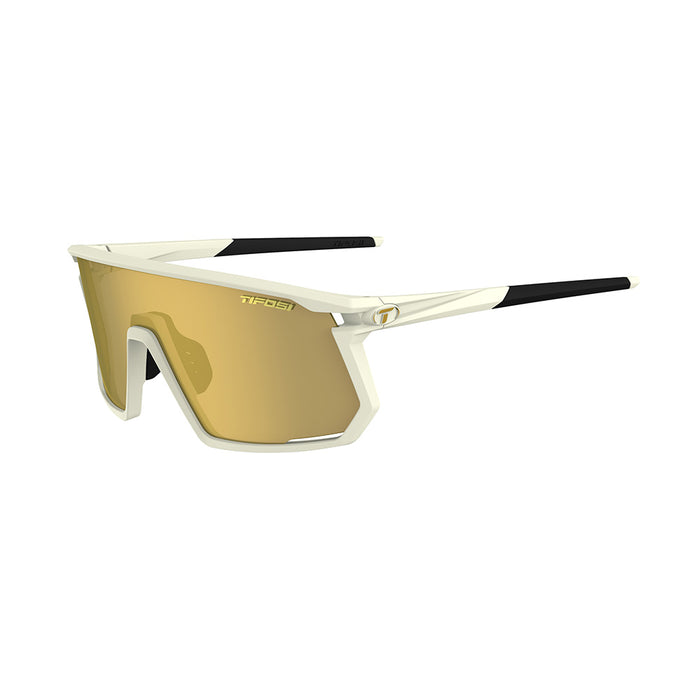
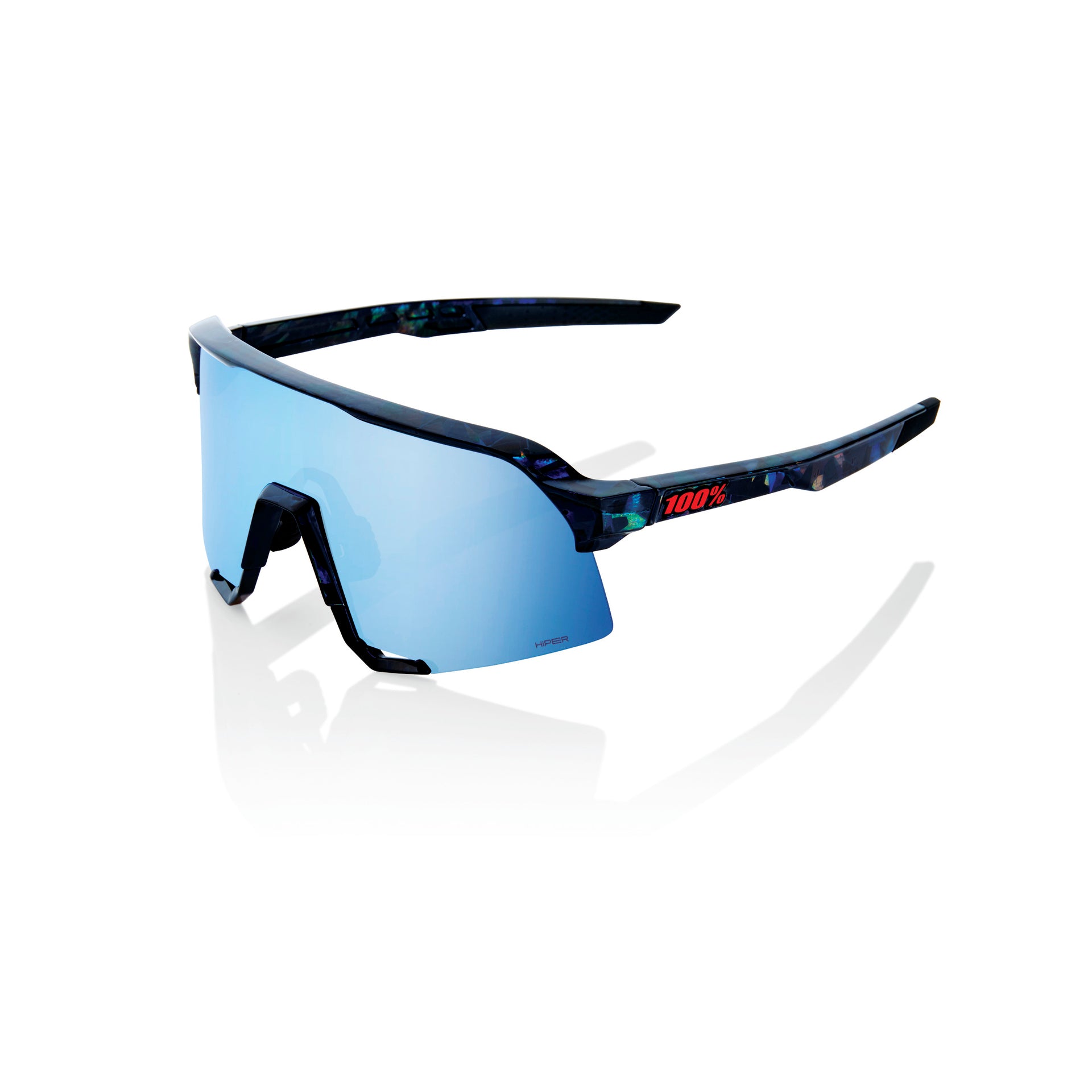
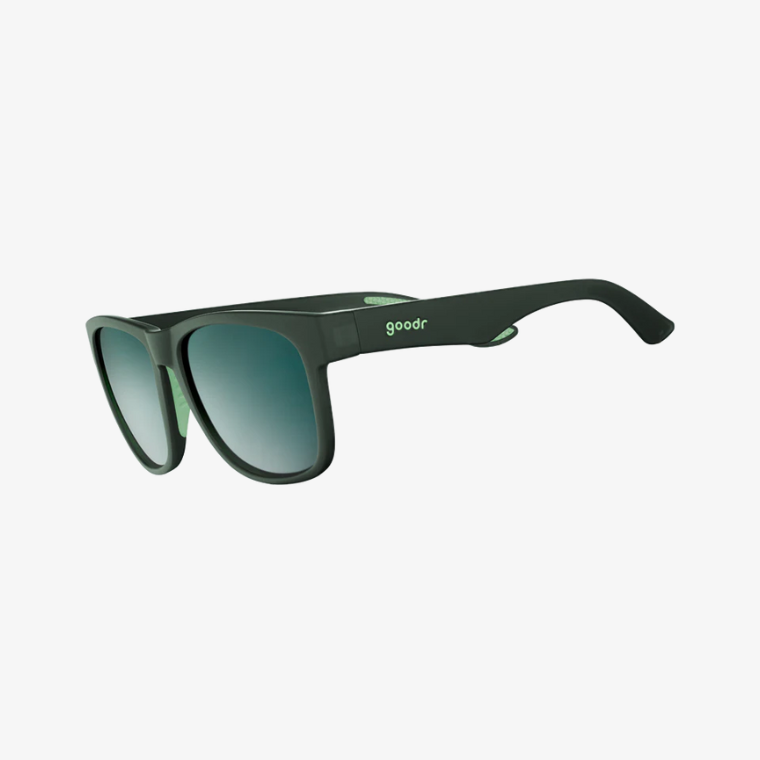
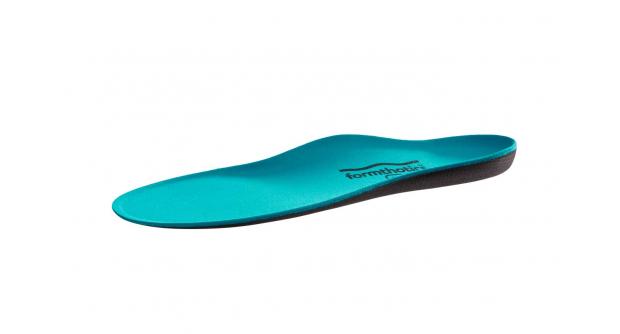
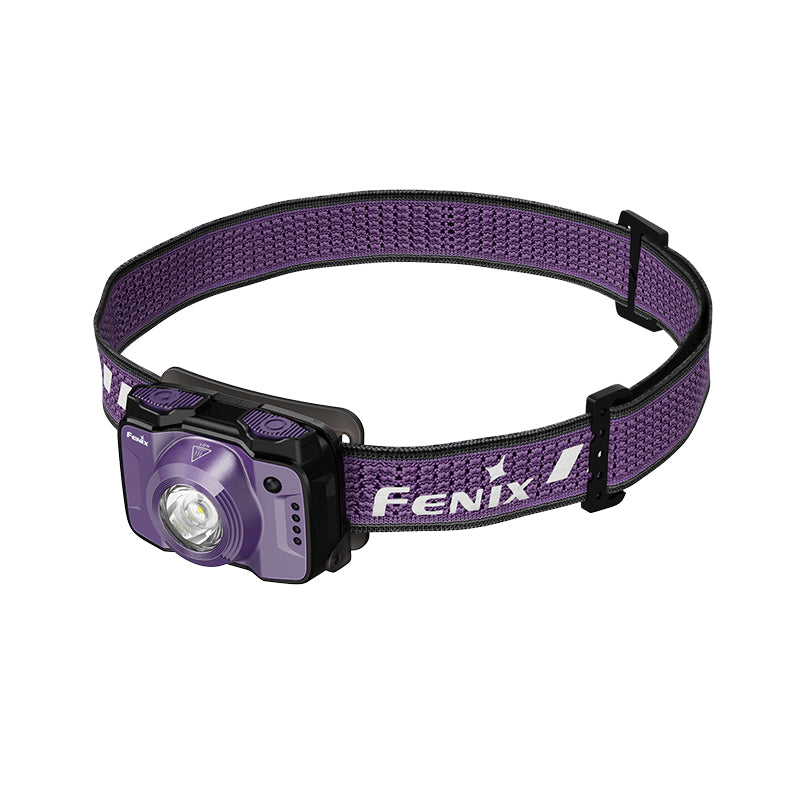
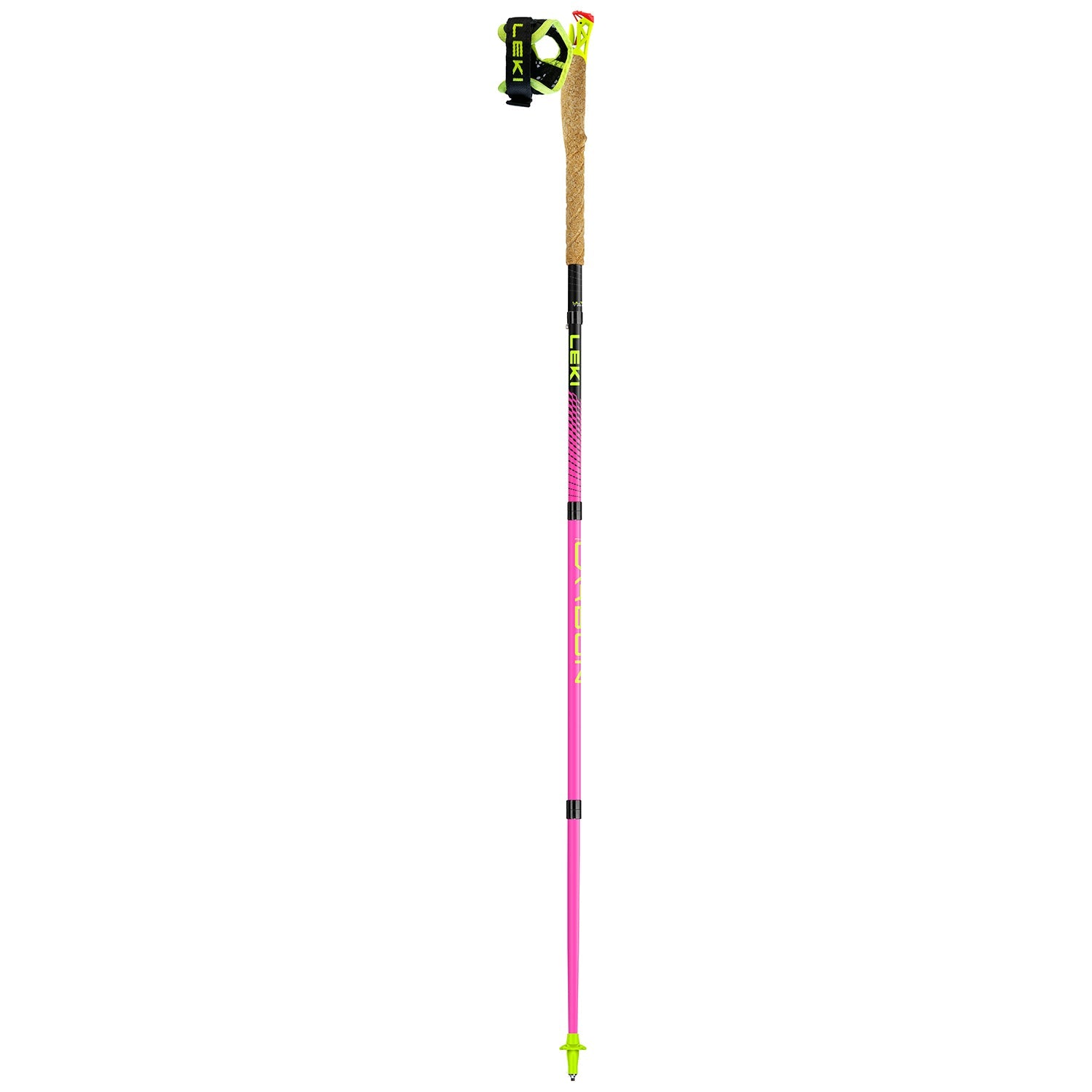
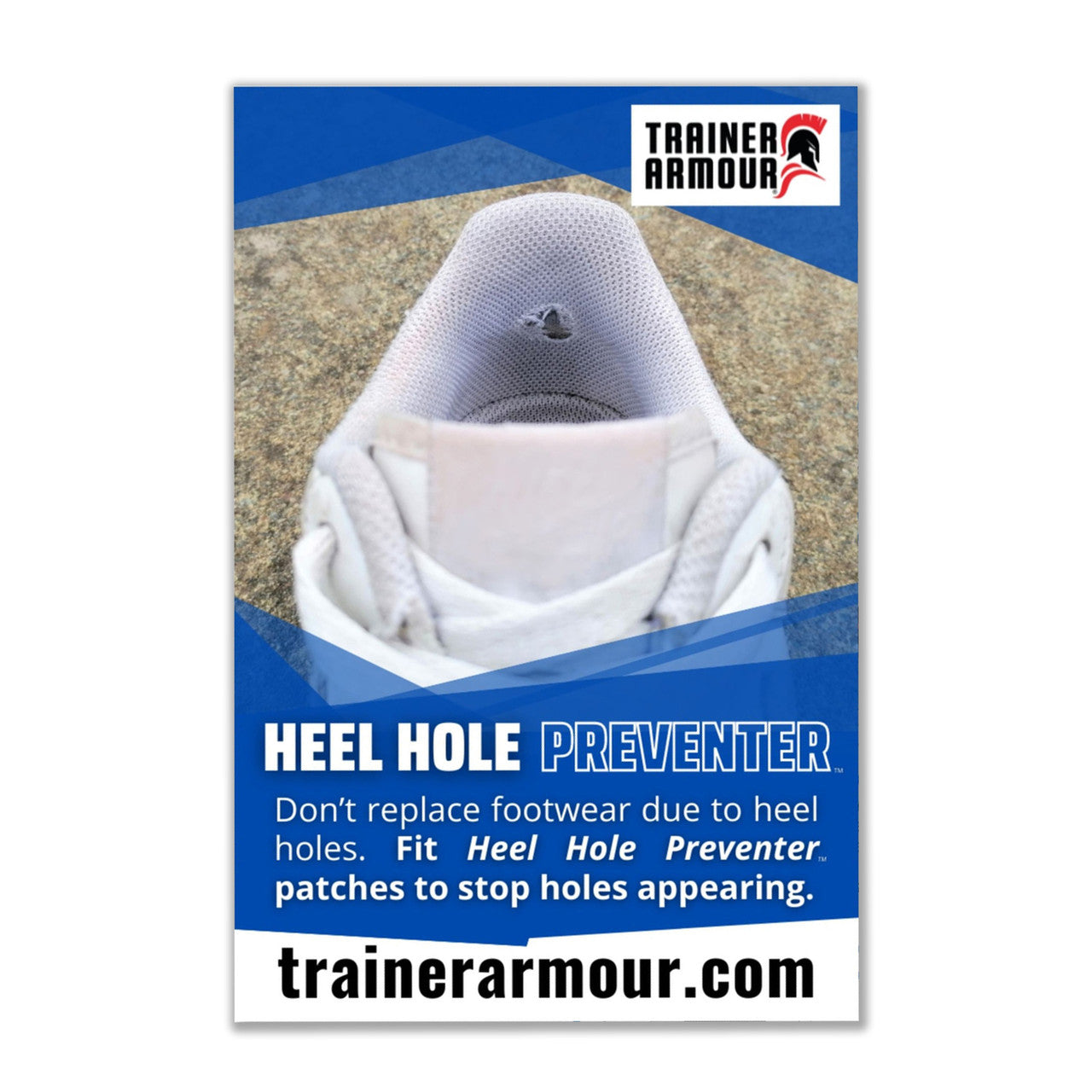
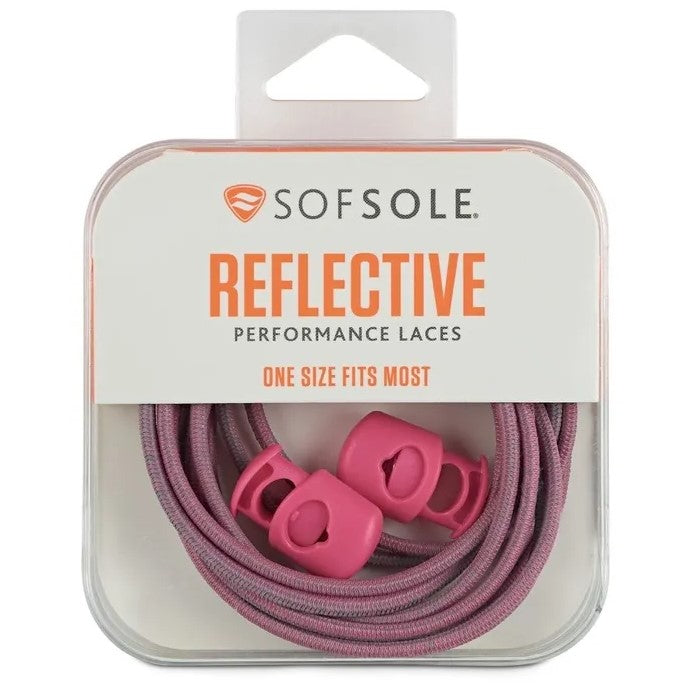
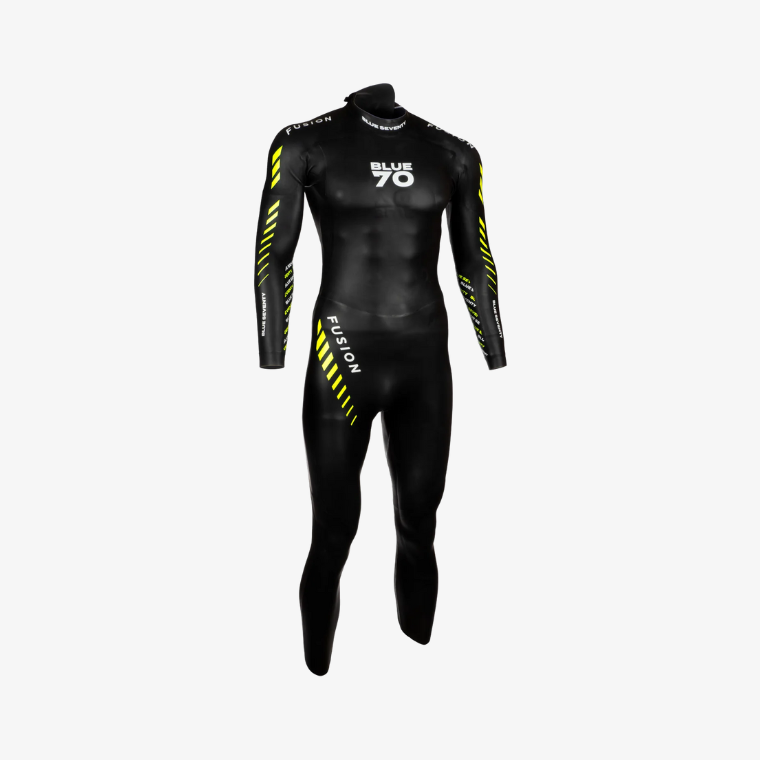
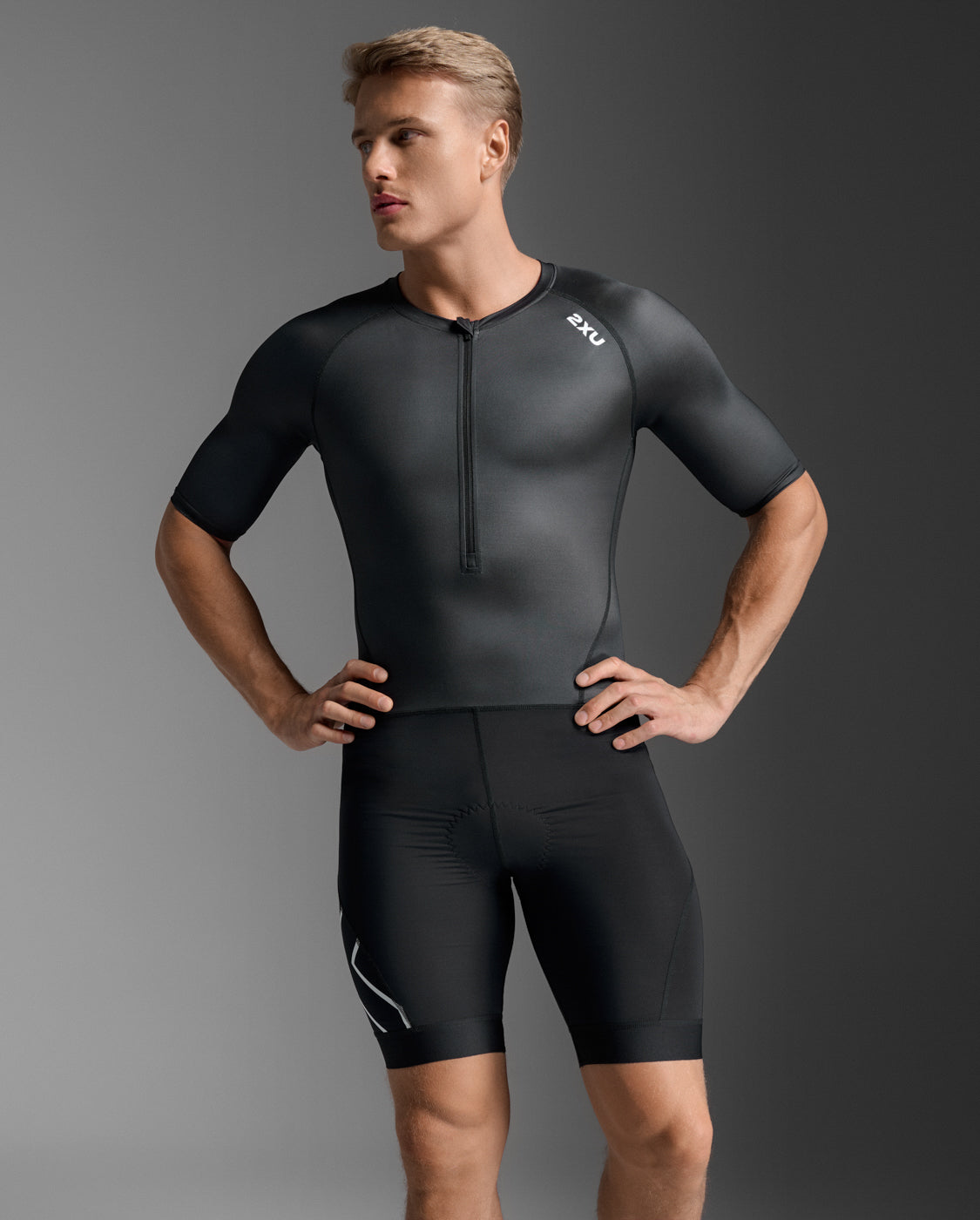
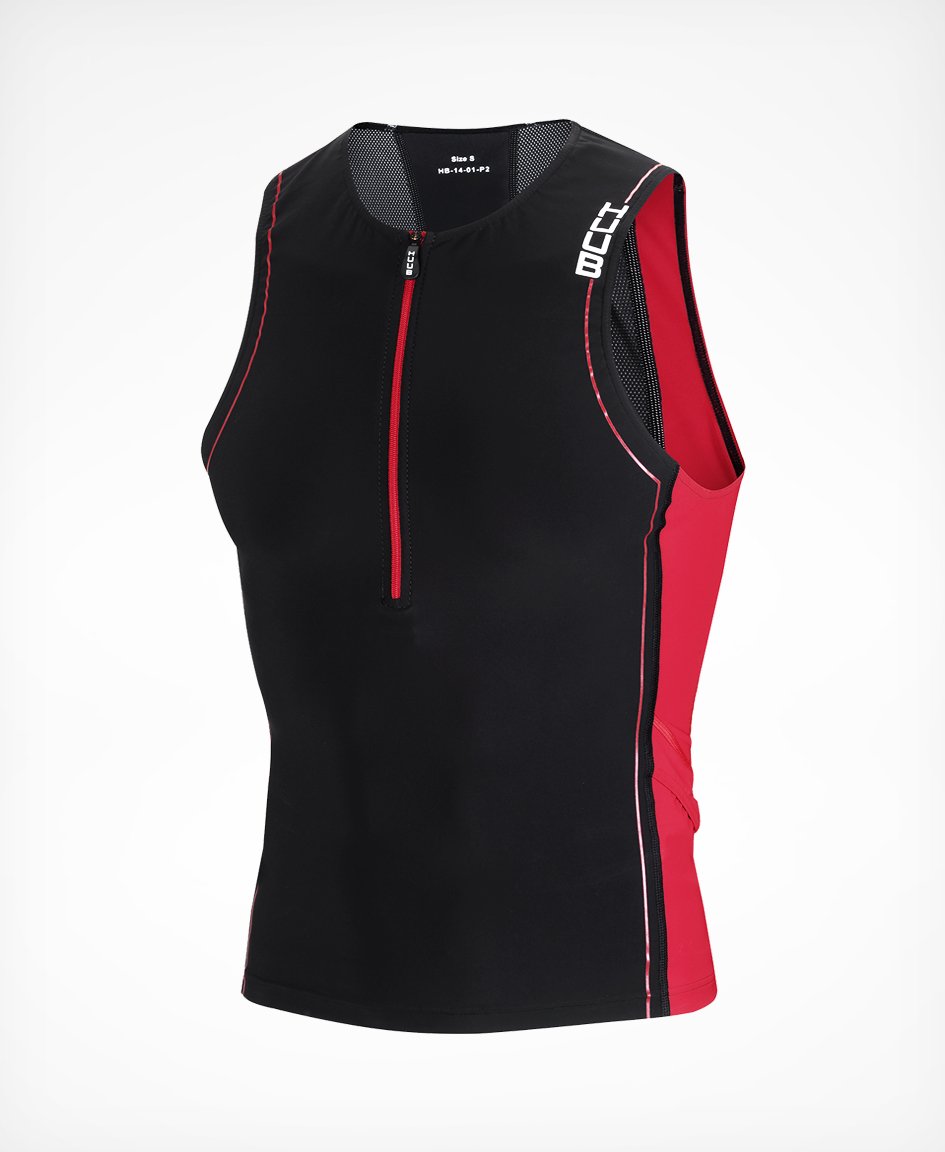
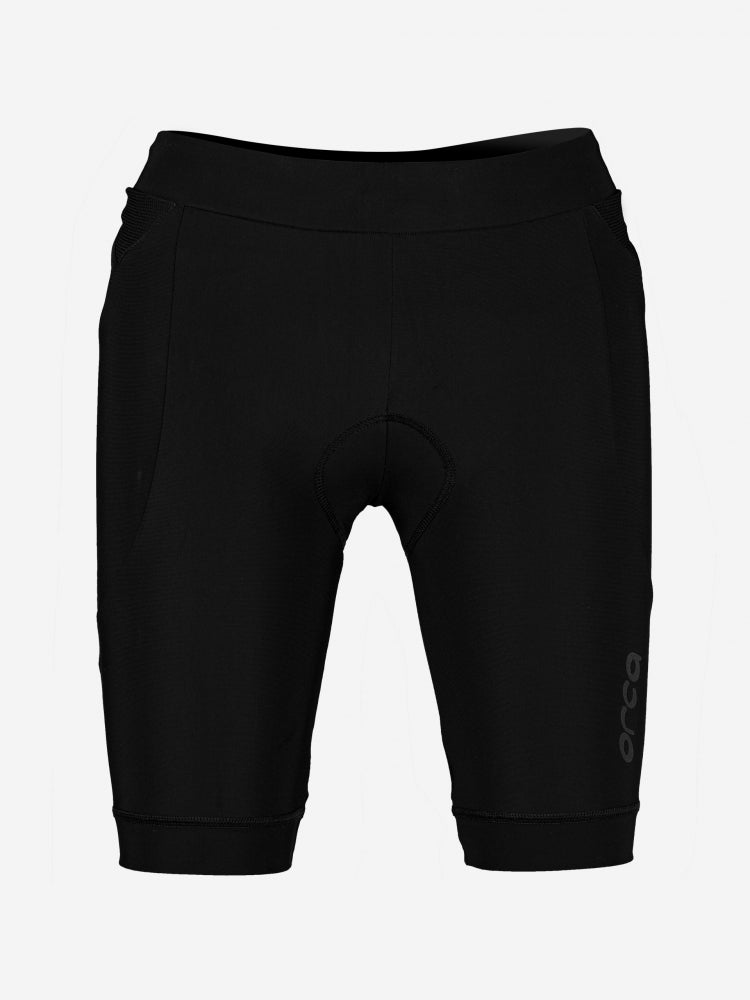

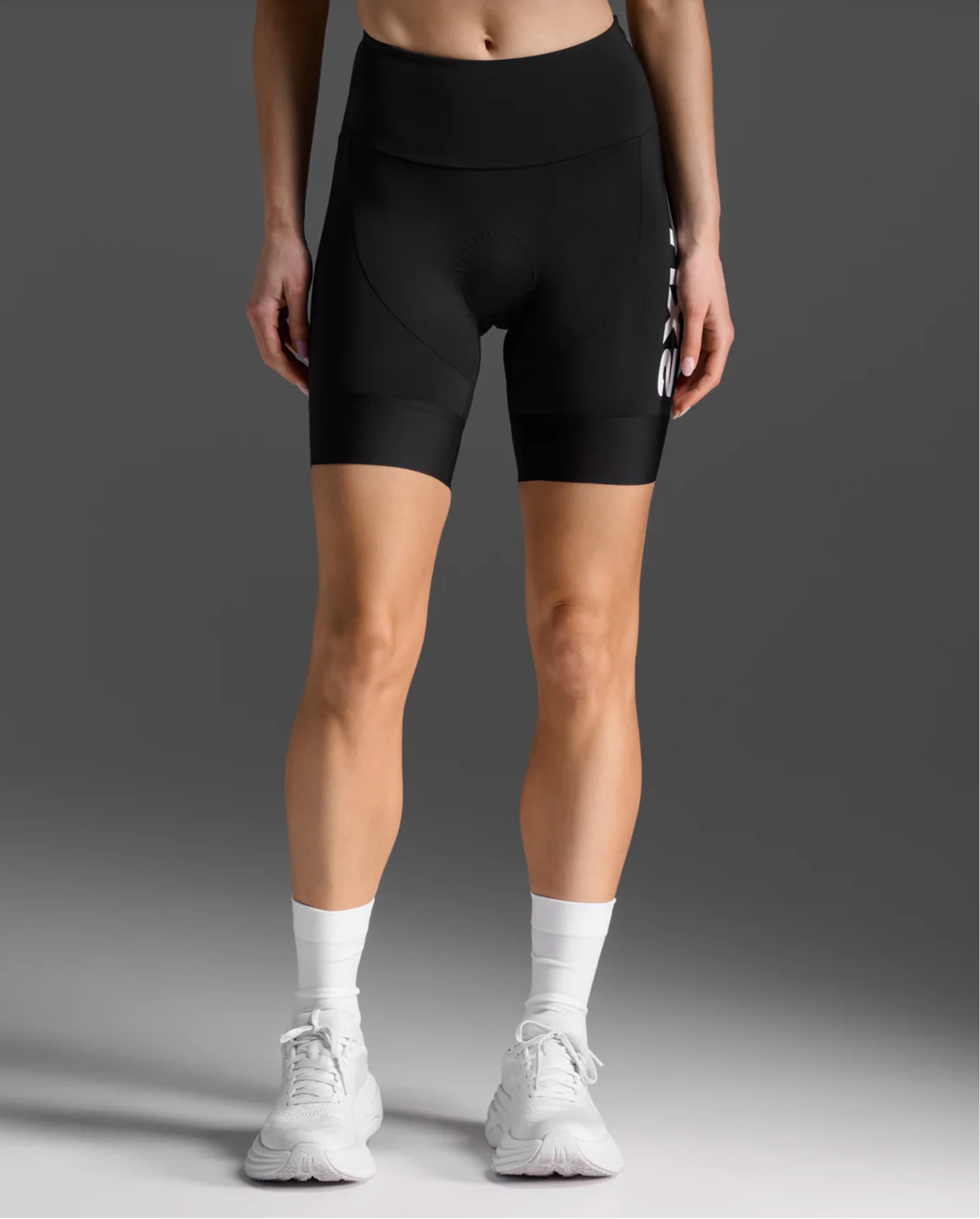
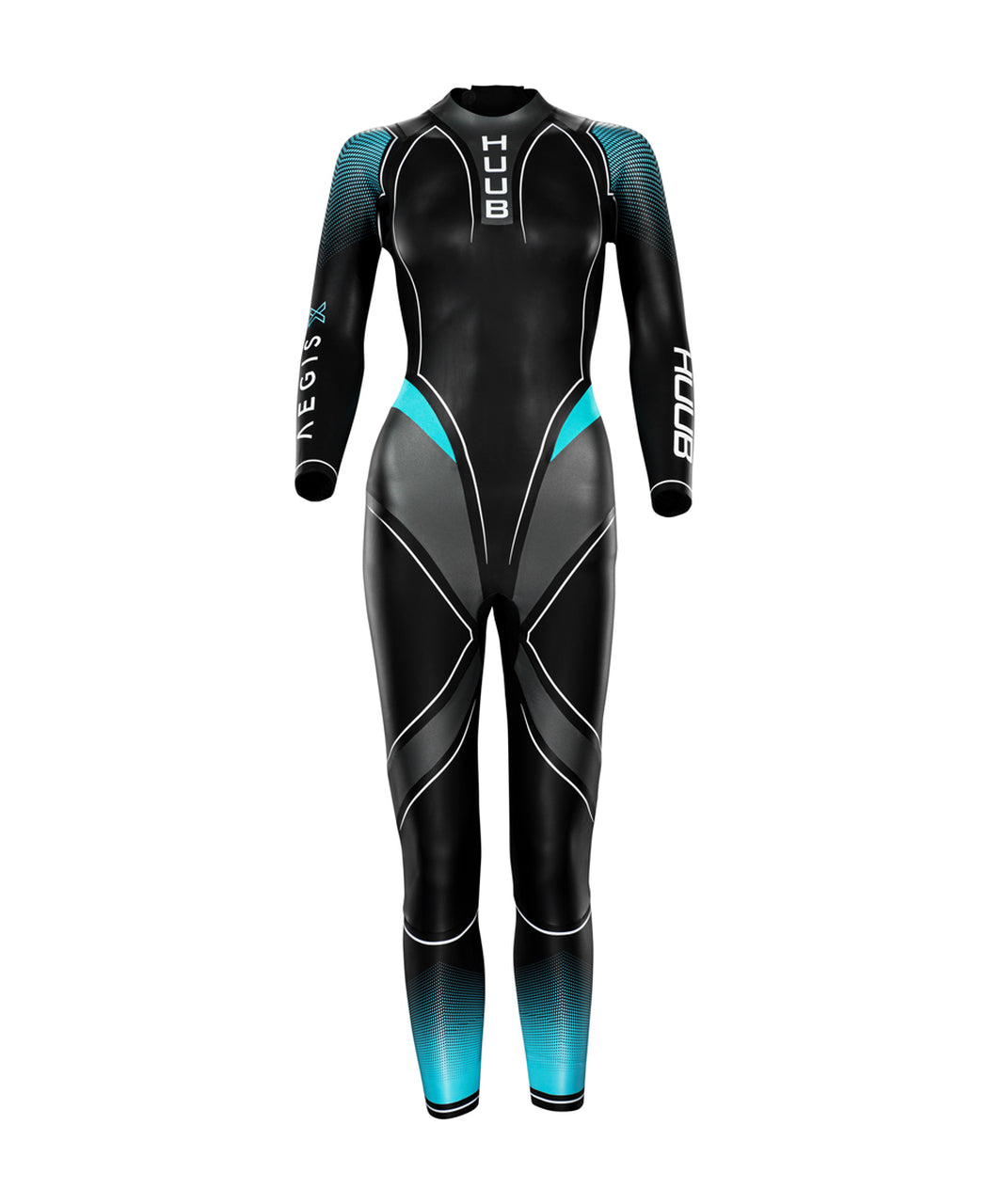
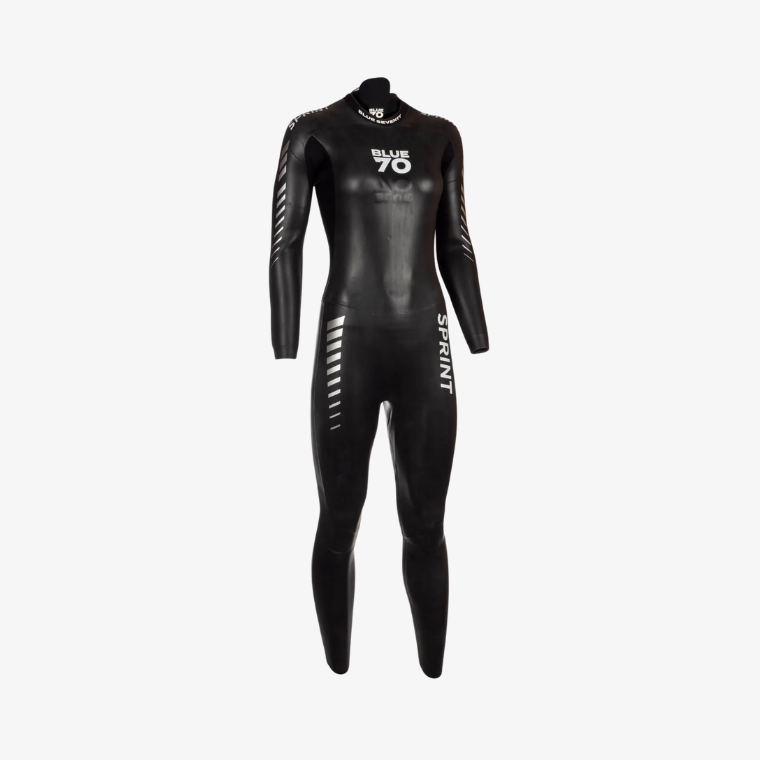
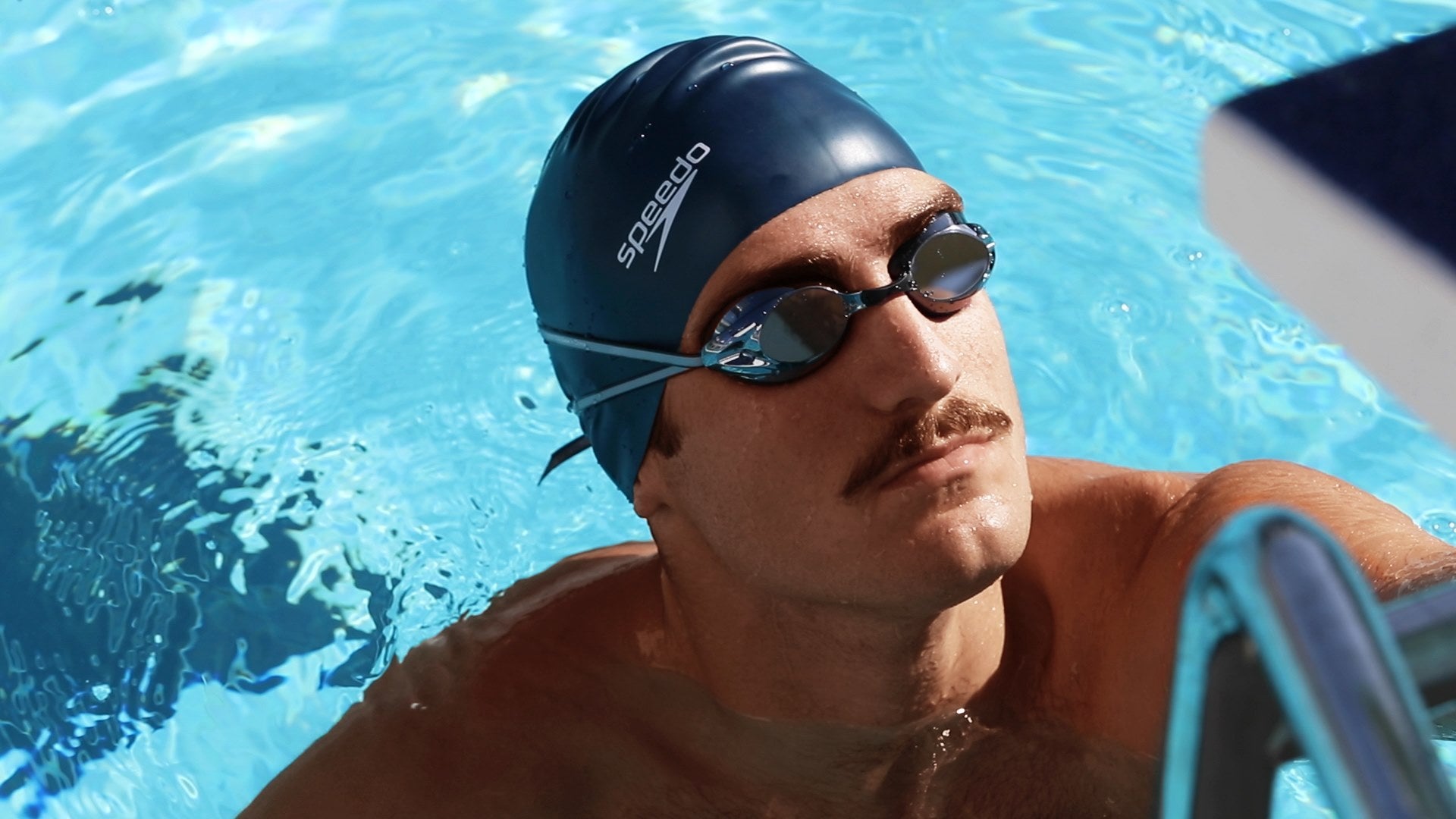
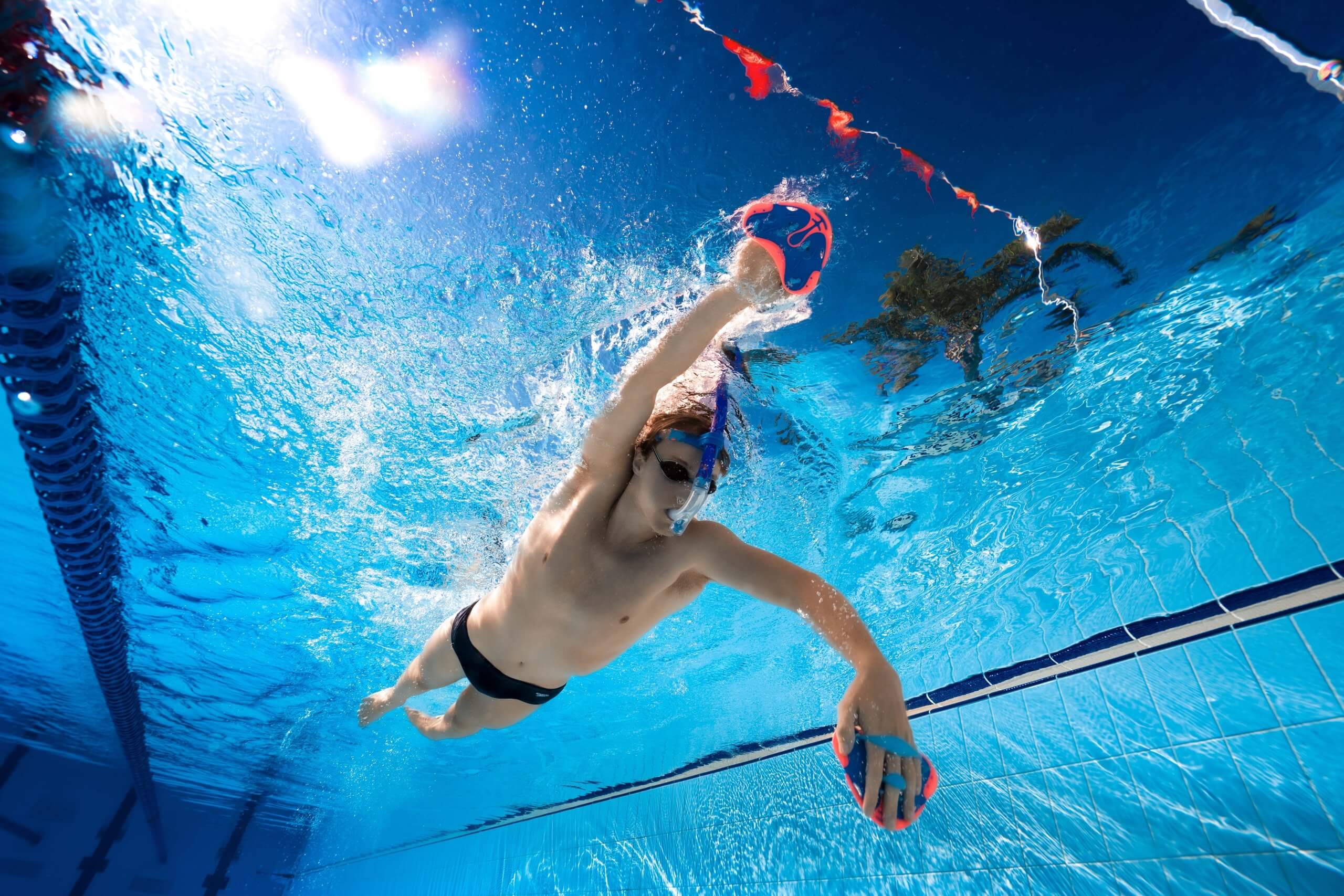
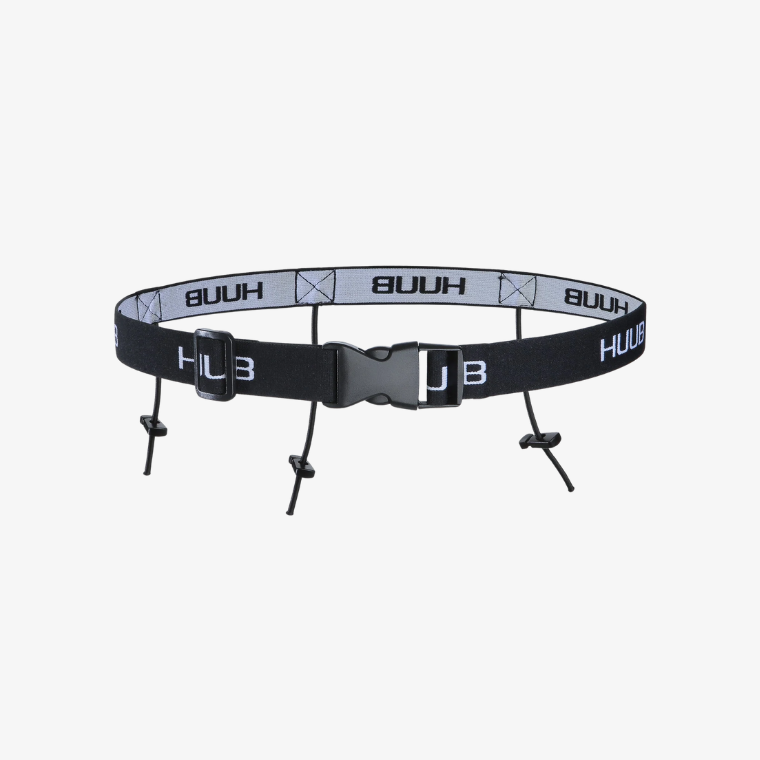

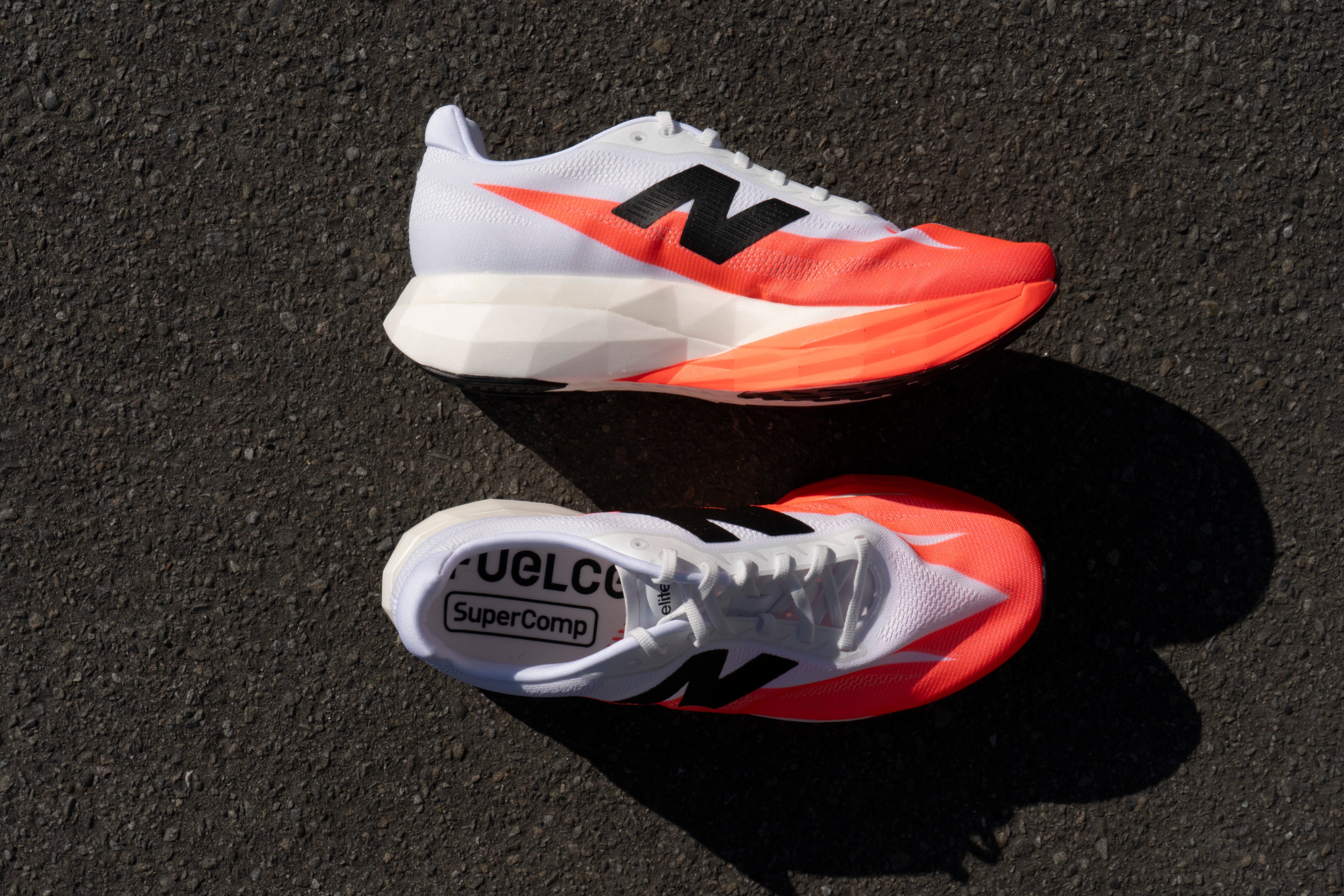
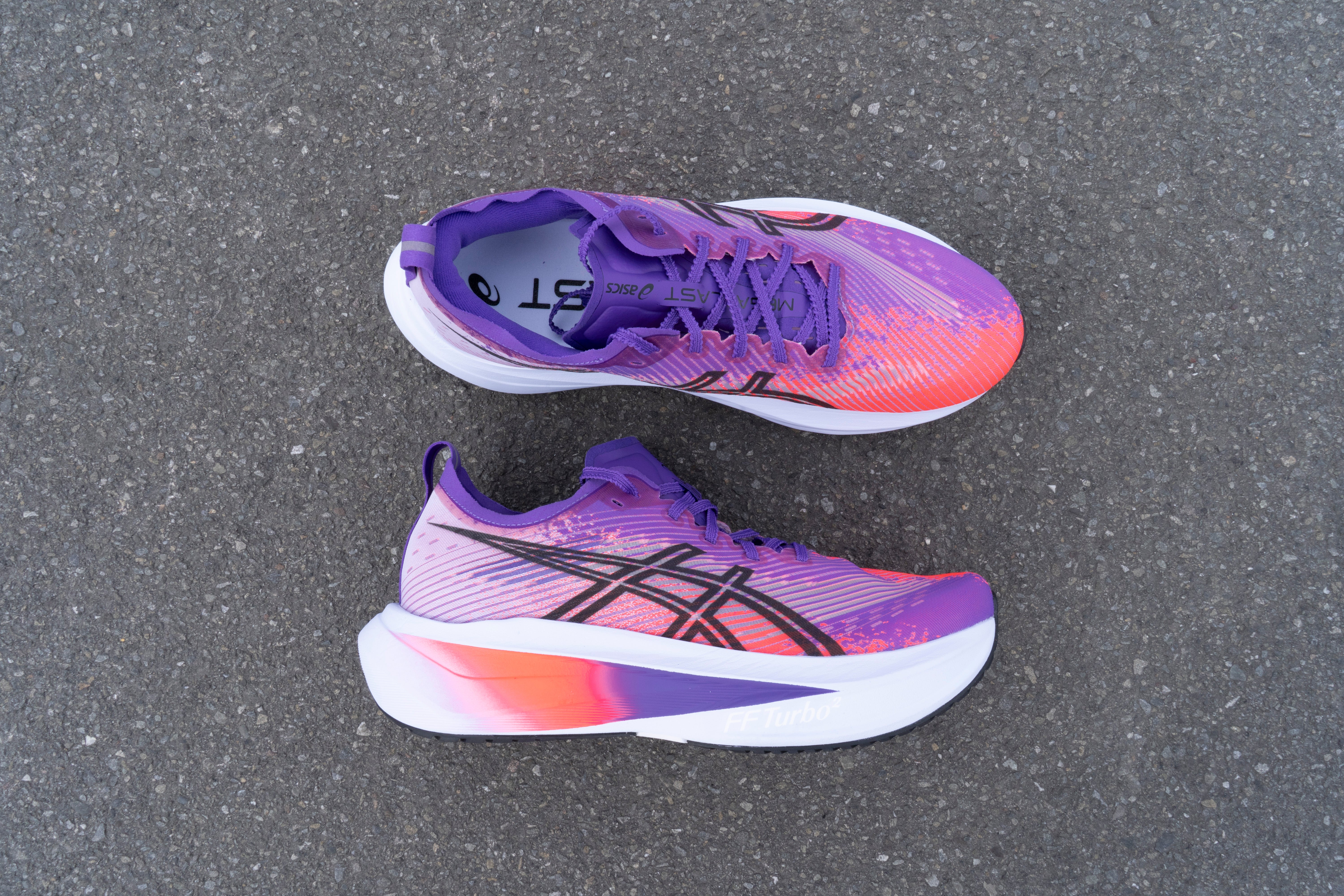
1 comment
You are so right Oska. You recommended these to me for the Queenstown marathon last year, and they have since become my favourite shoe for everything (except short races). Such an amazing lightweight stability shoe! I would love it if Saucony did make a carbon plate version, but for long training runs they just can’t be beaten!